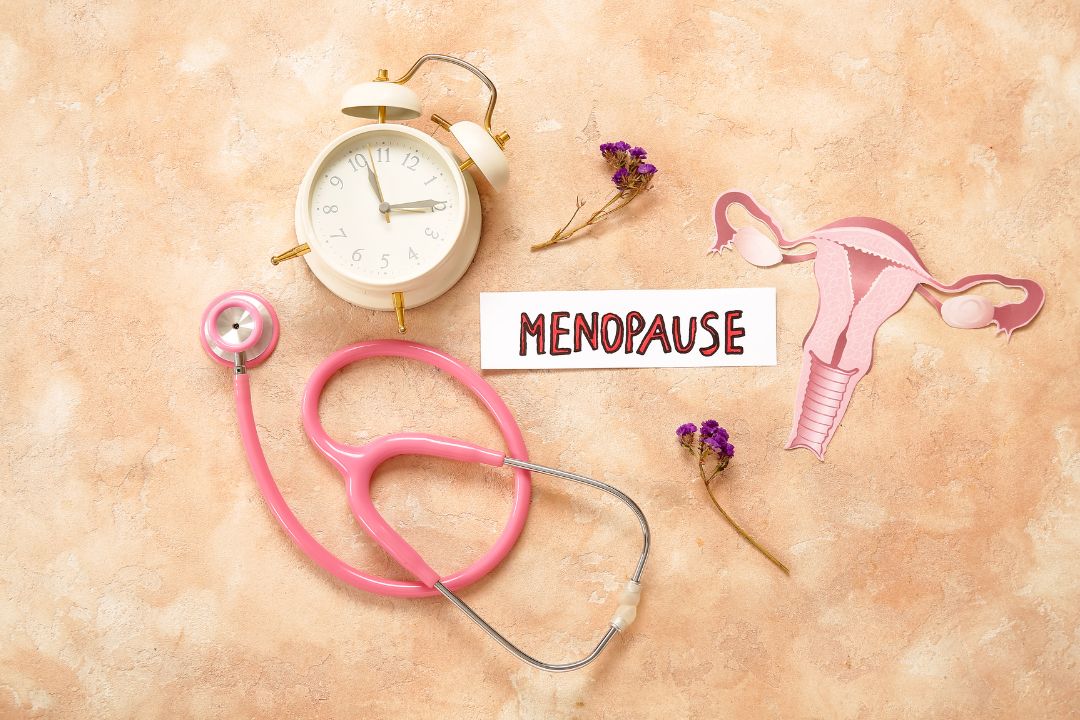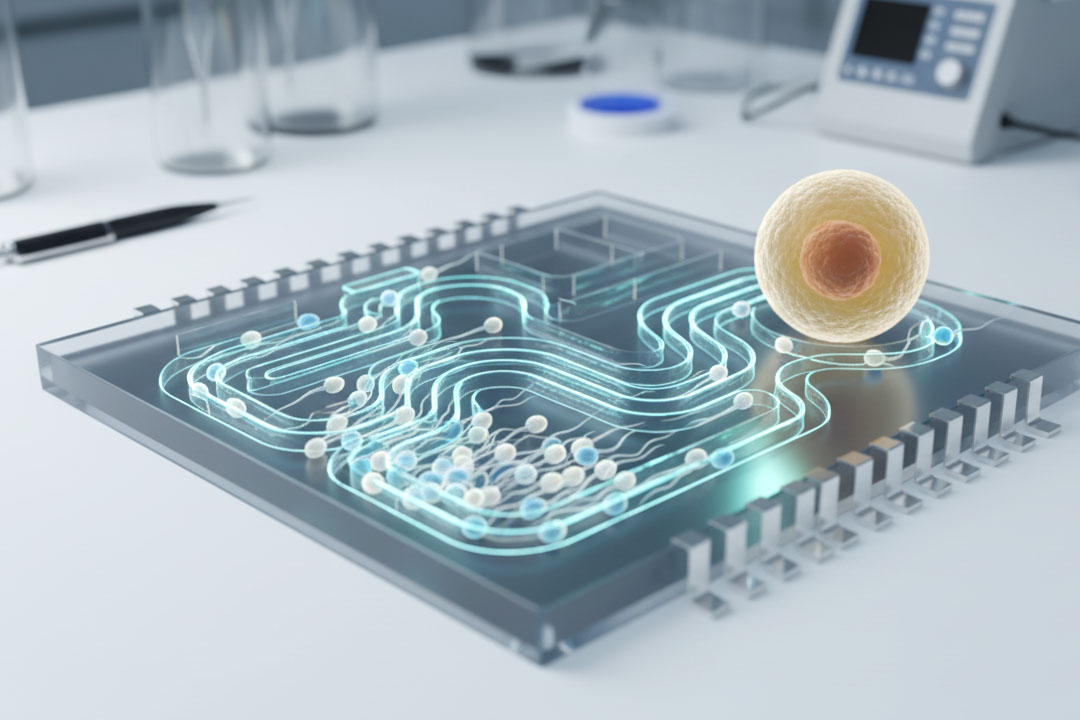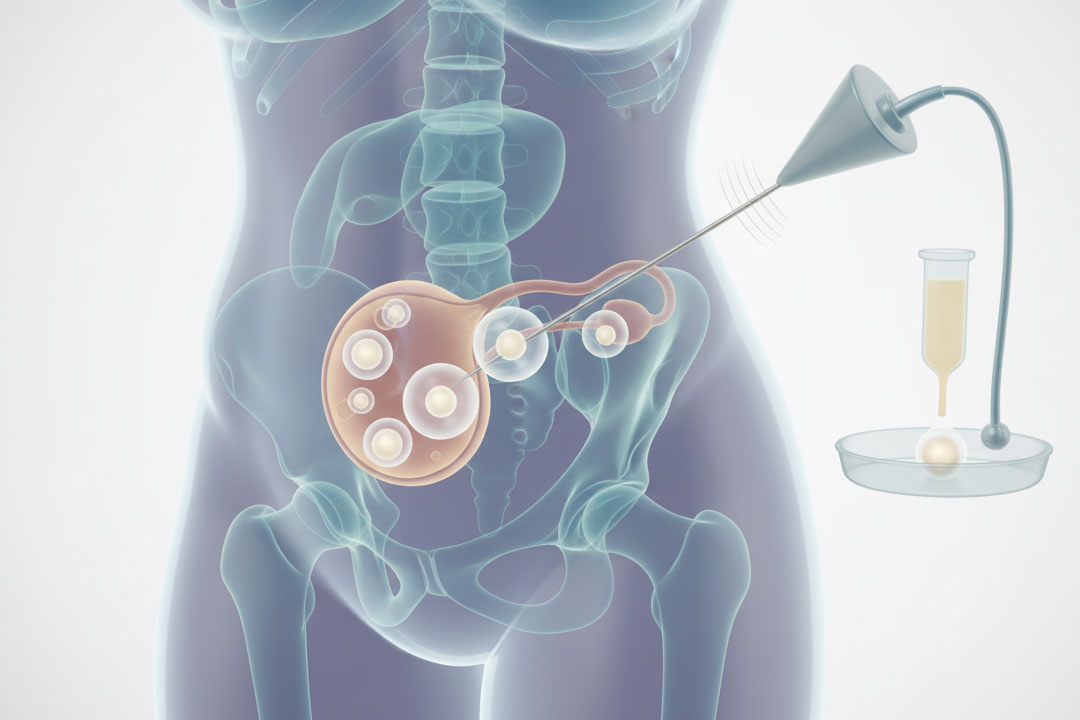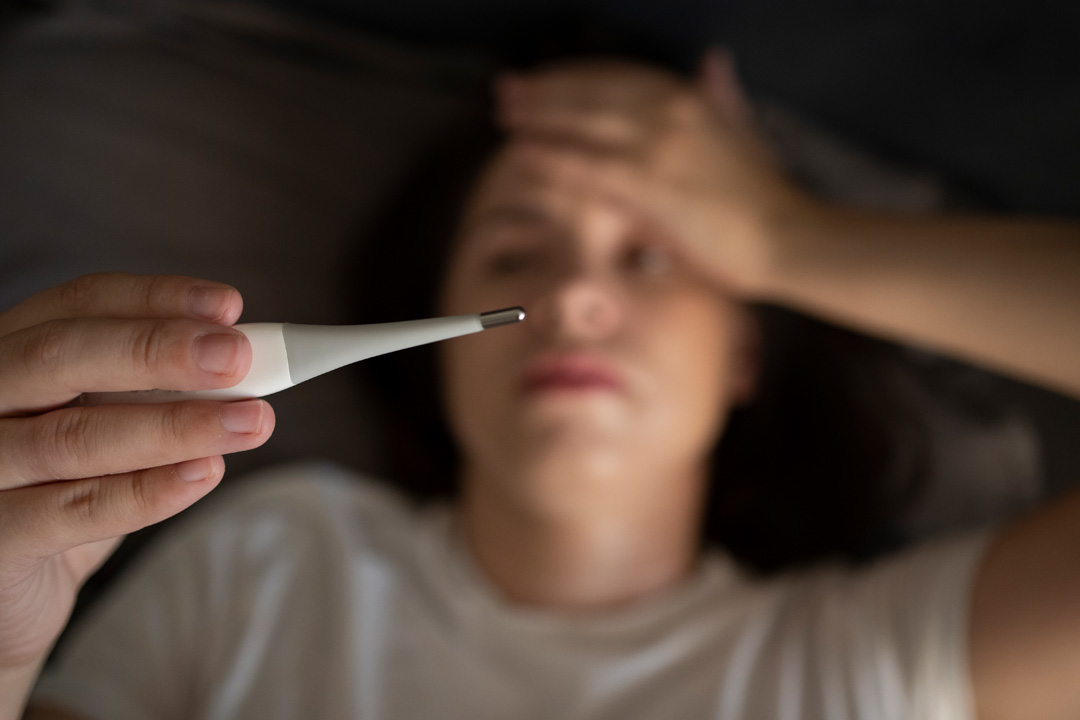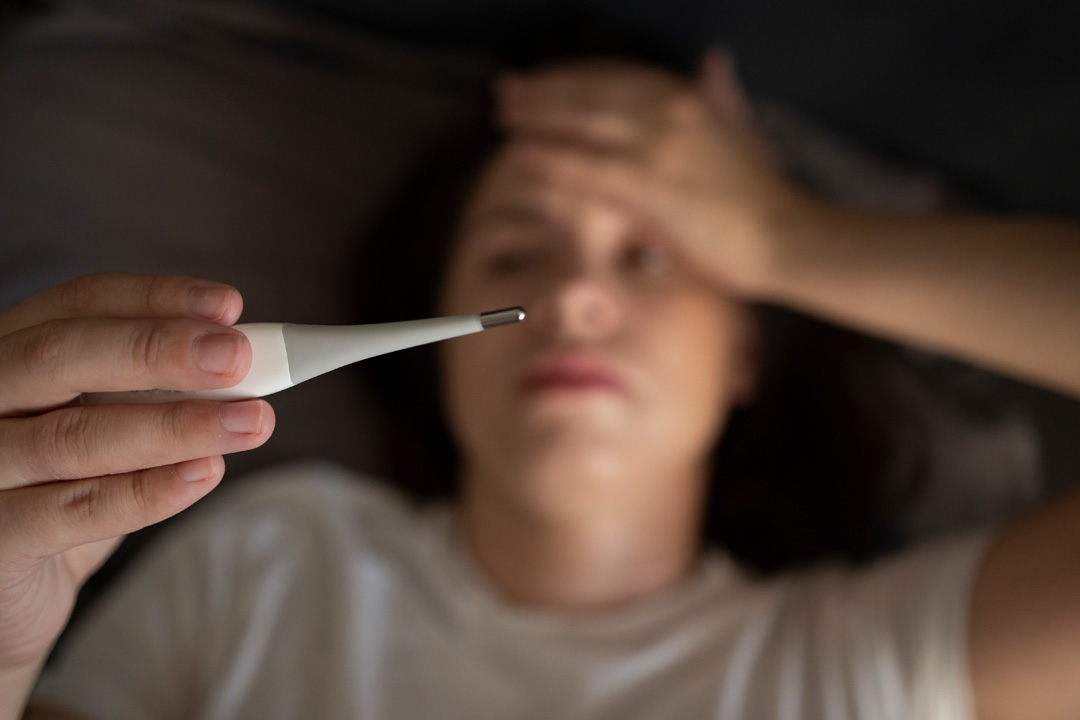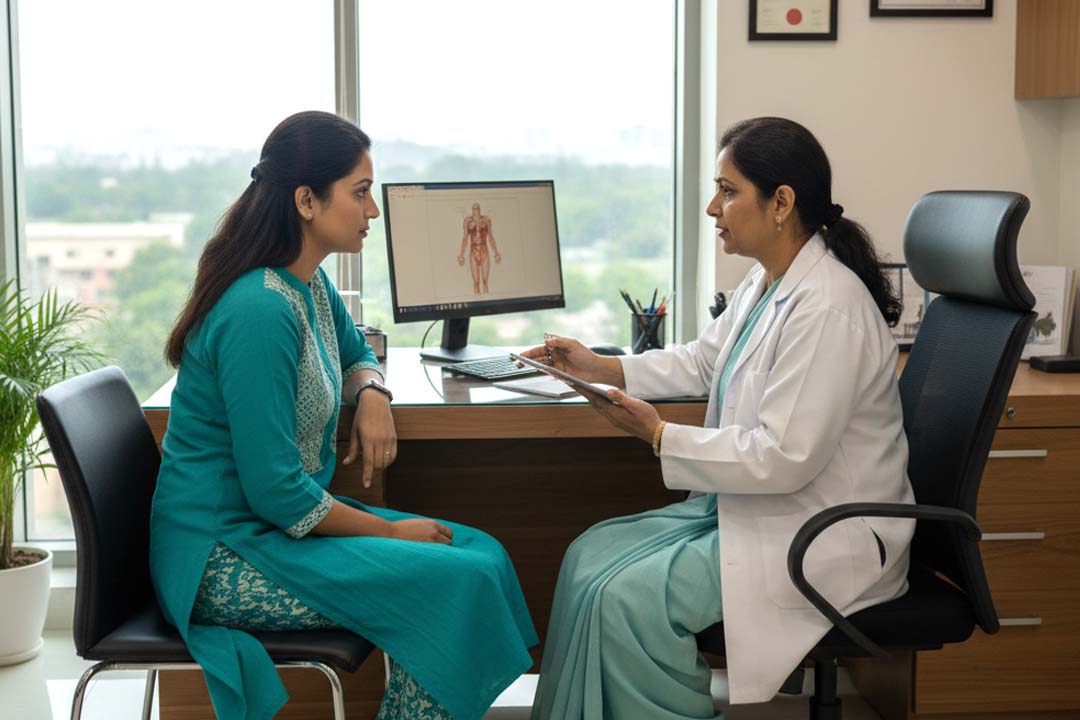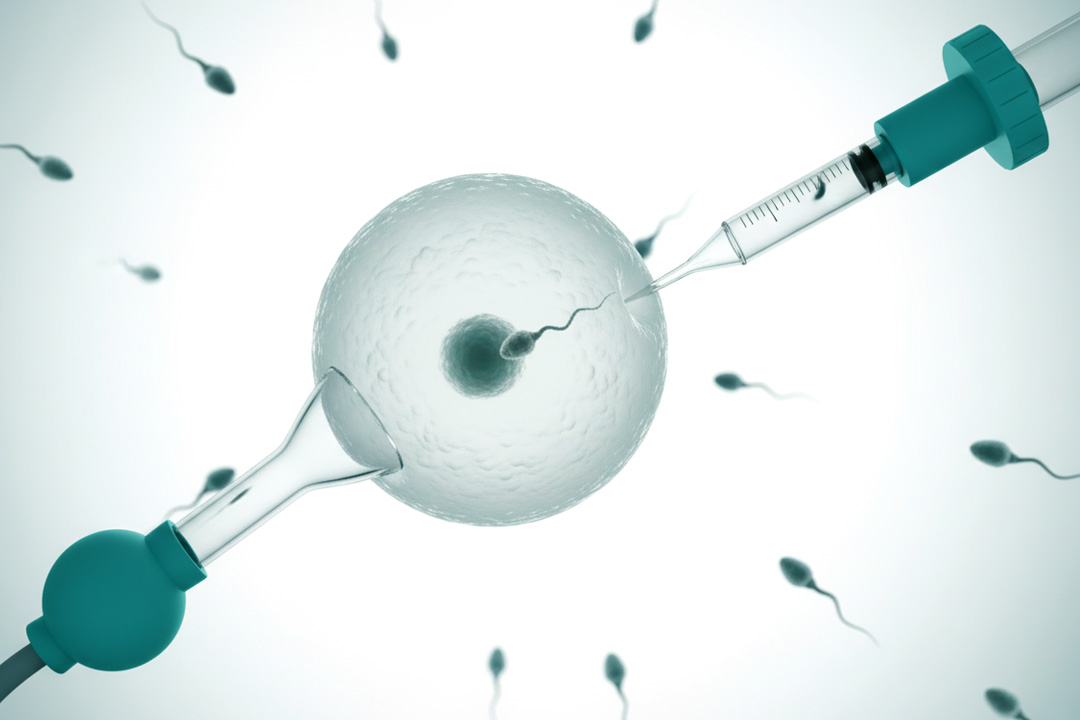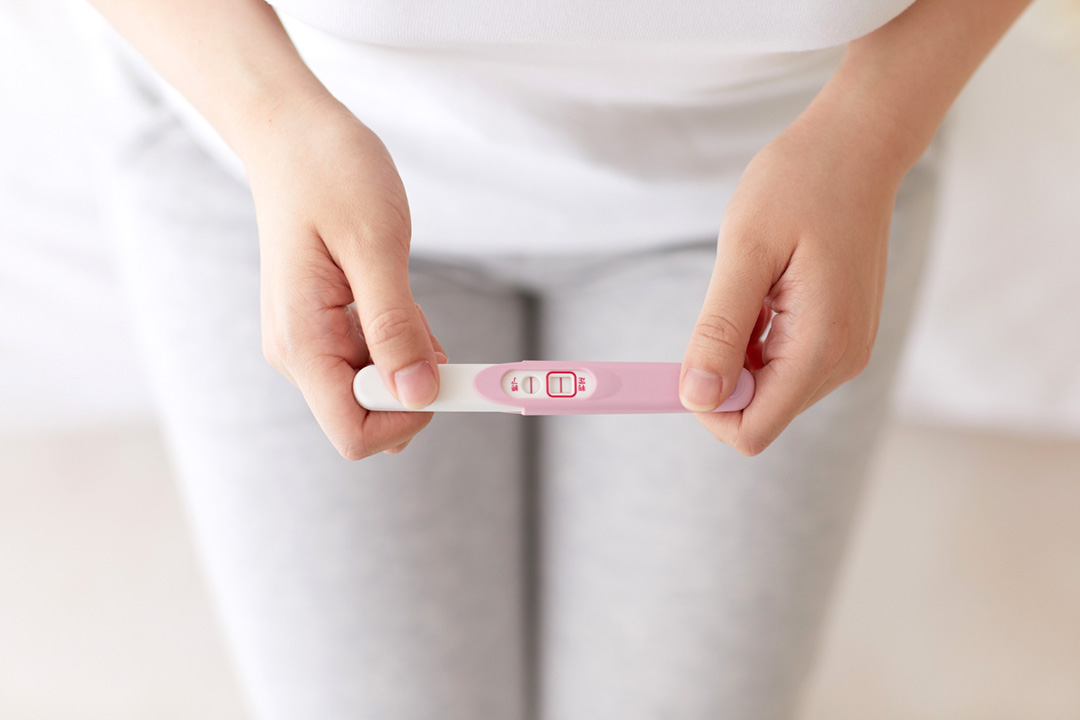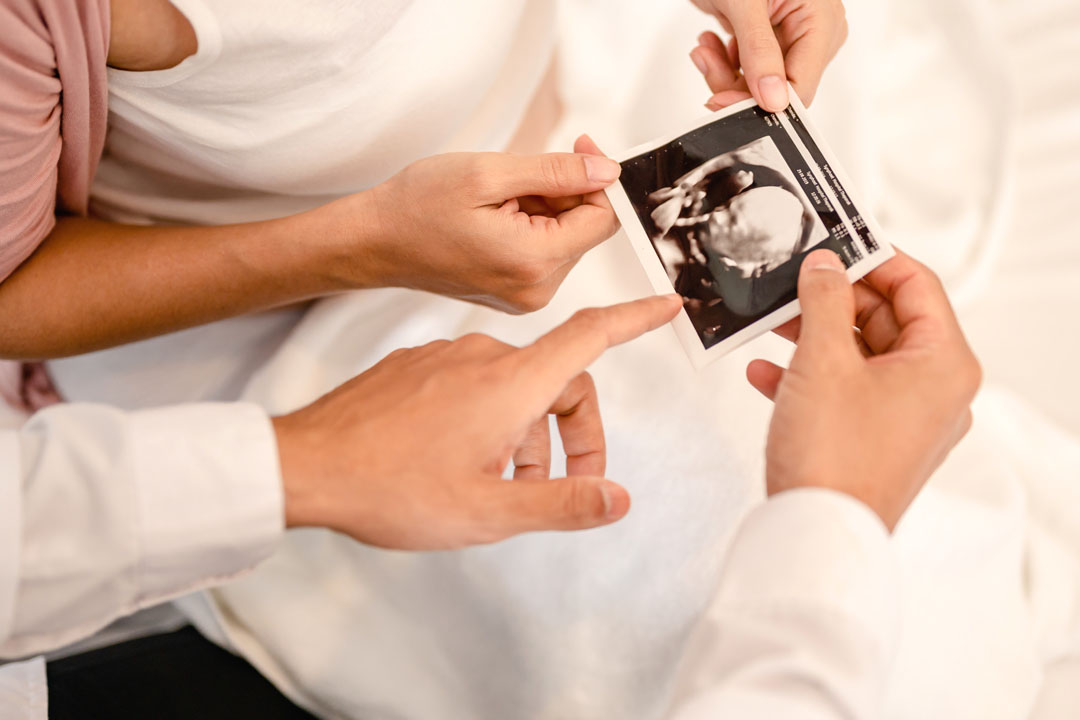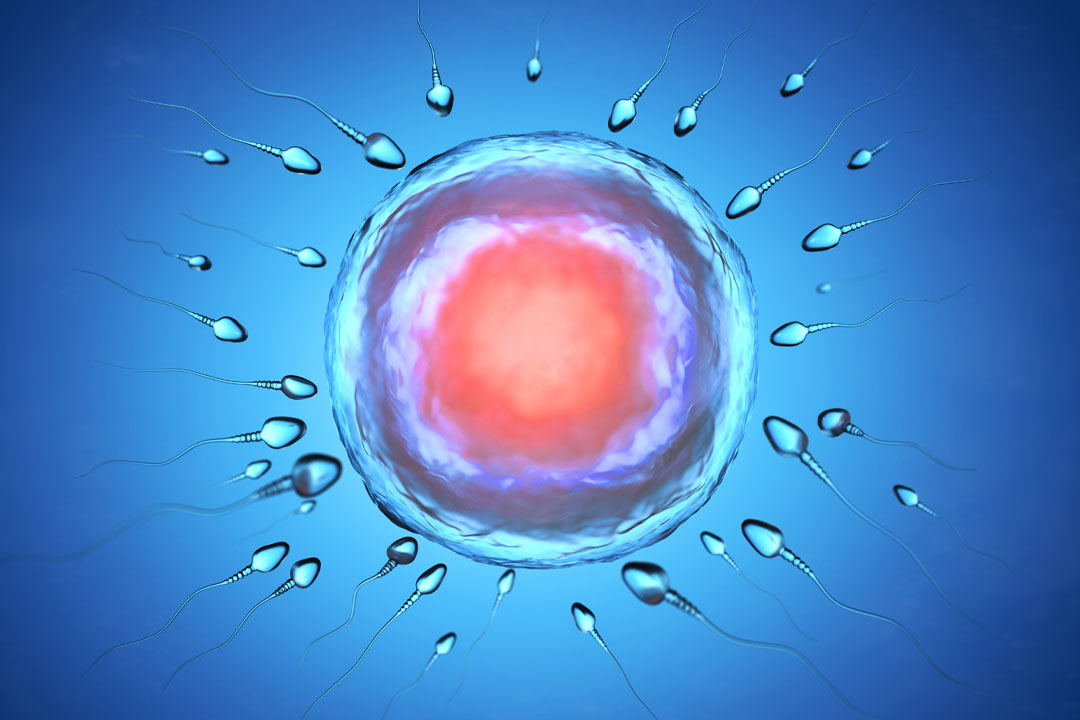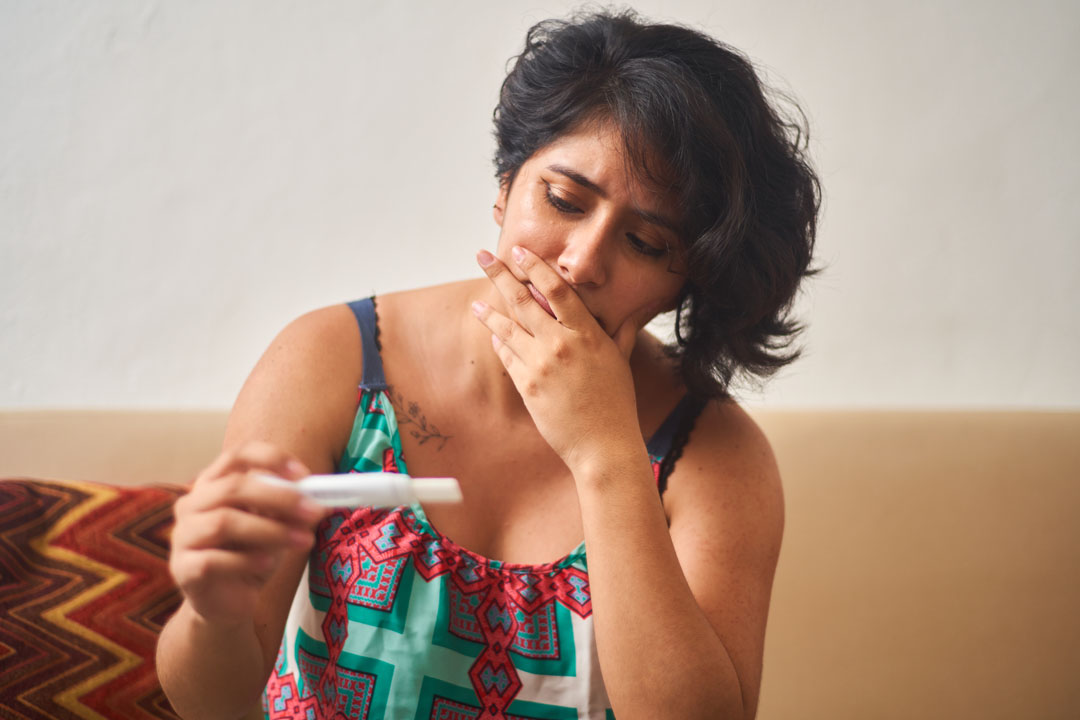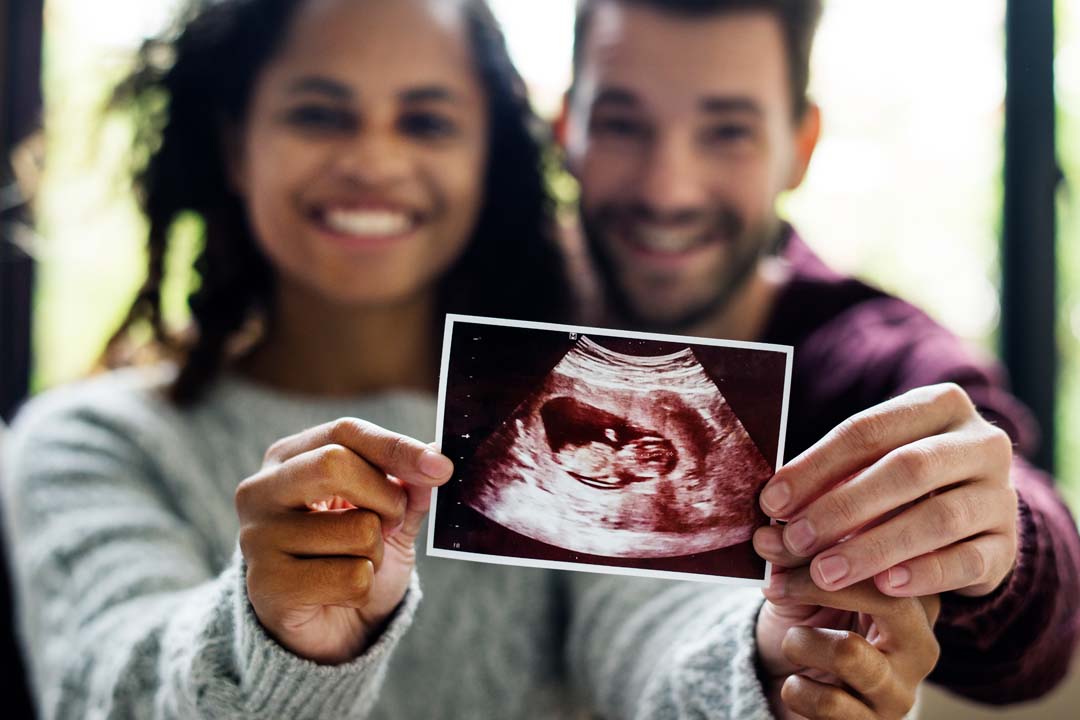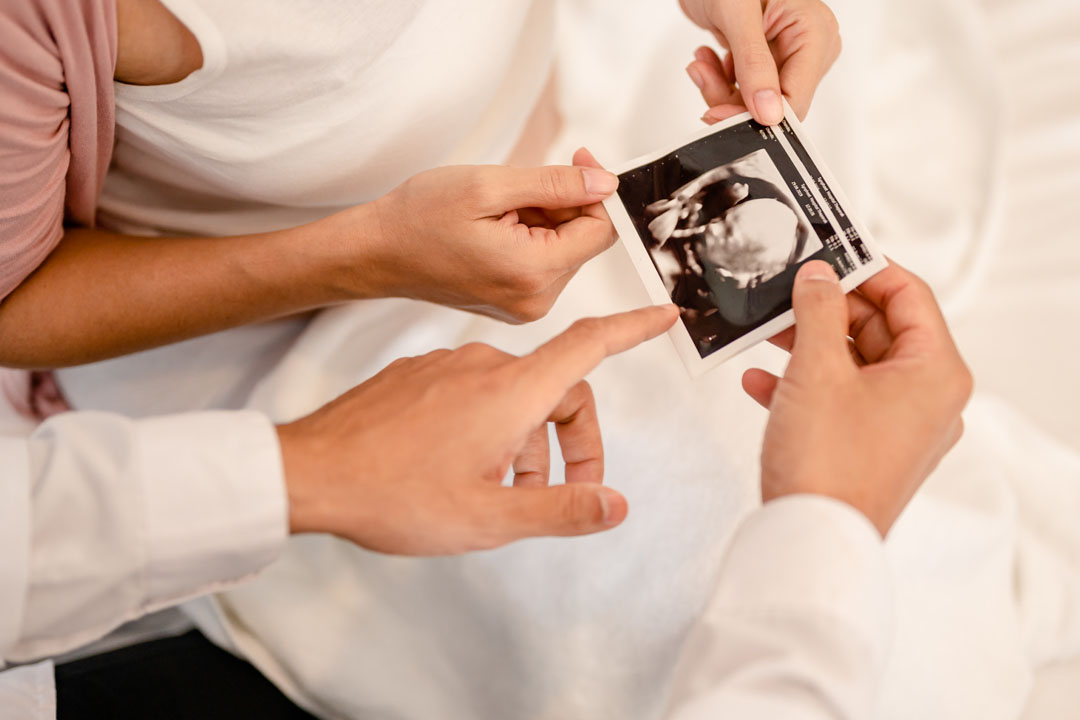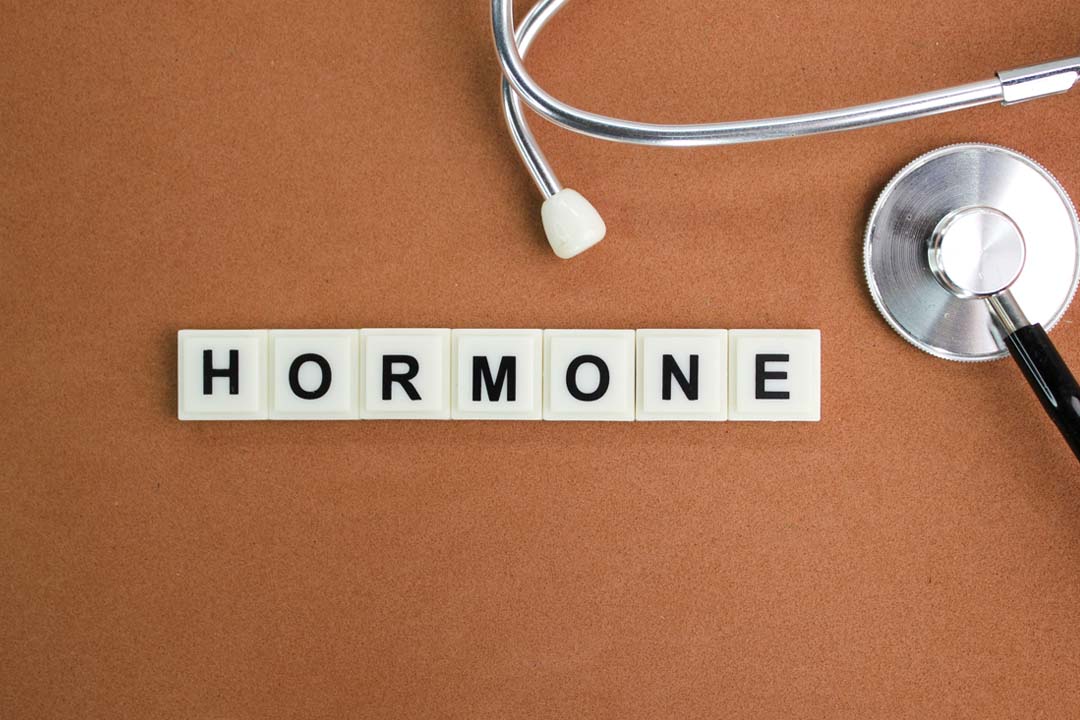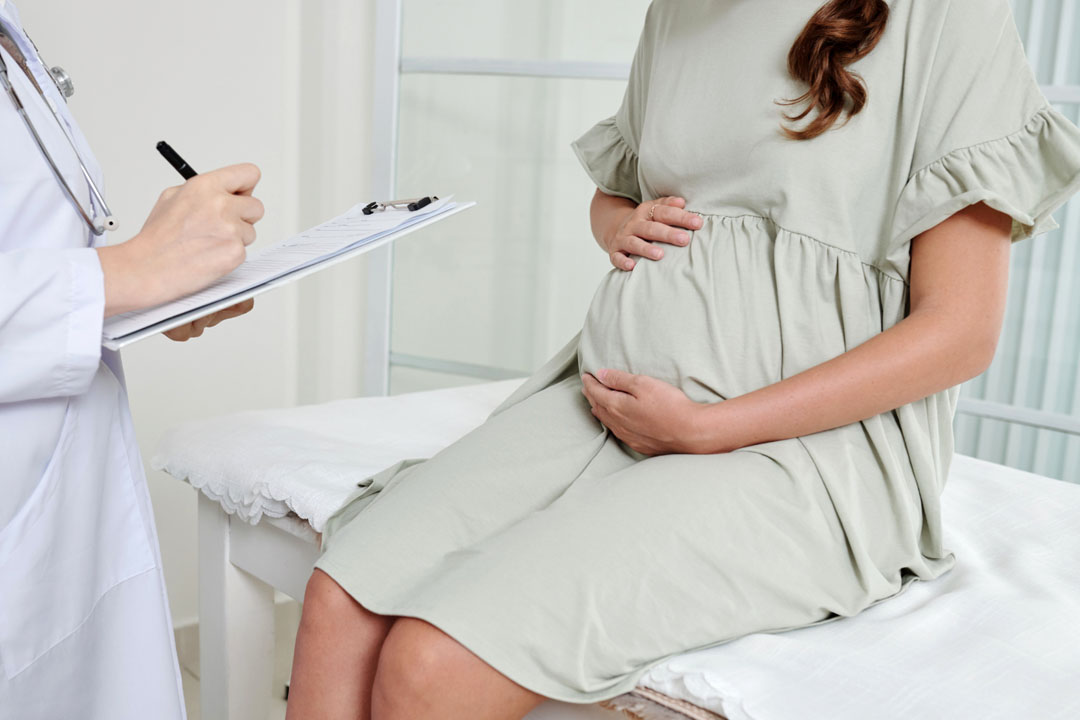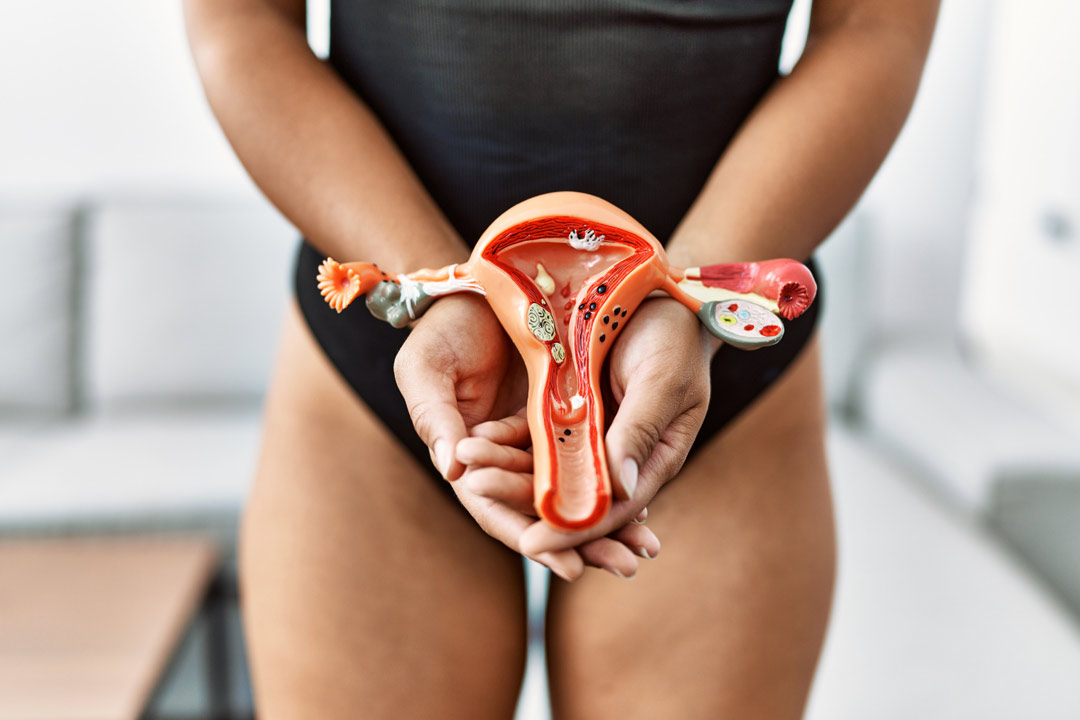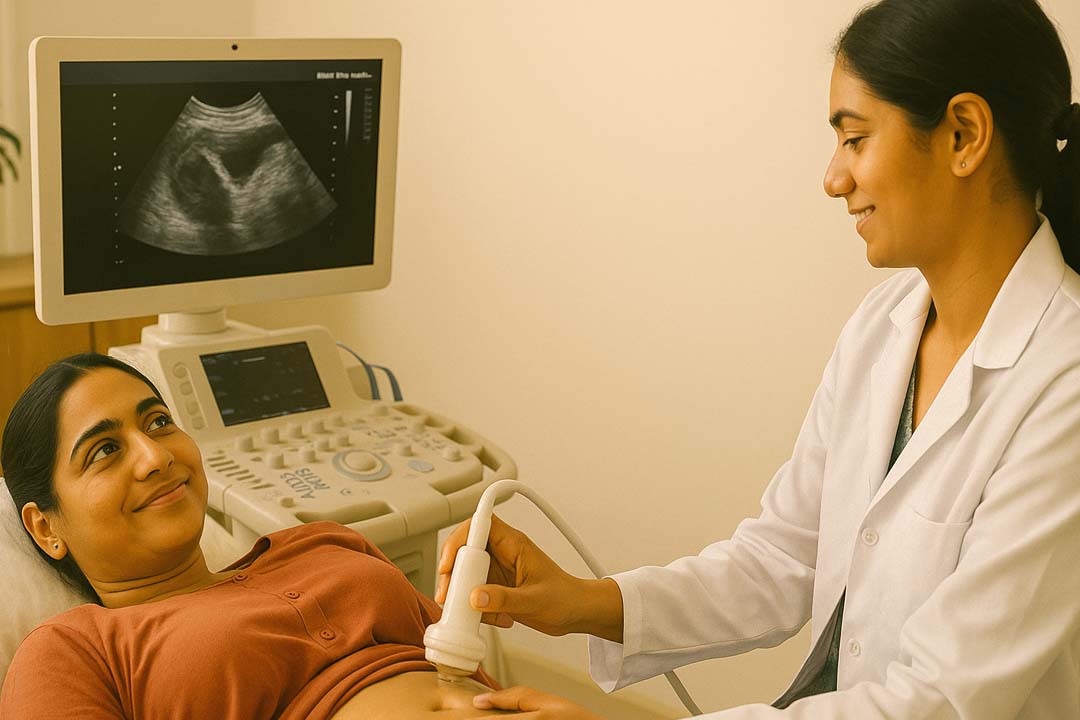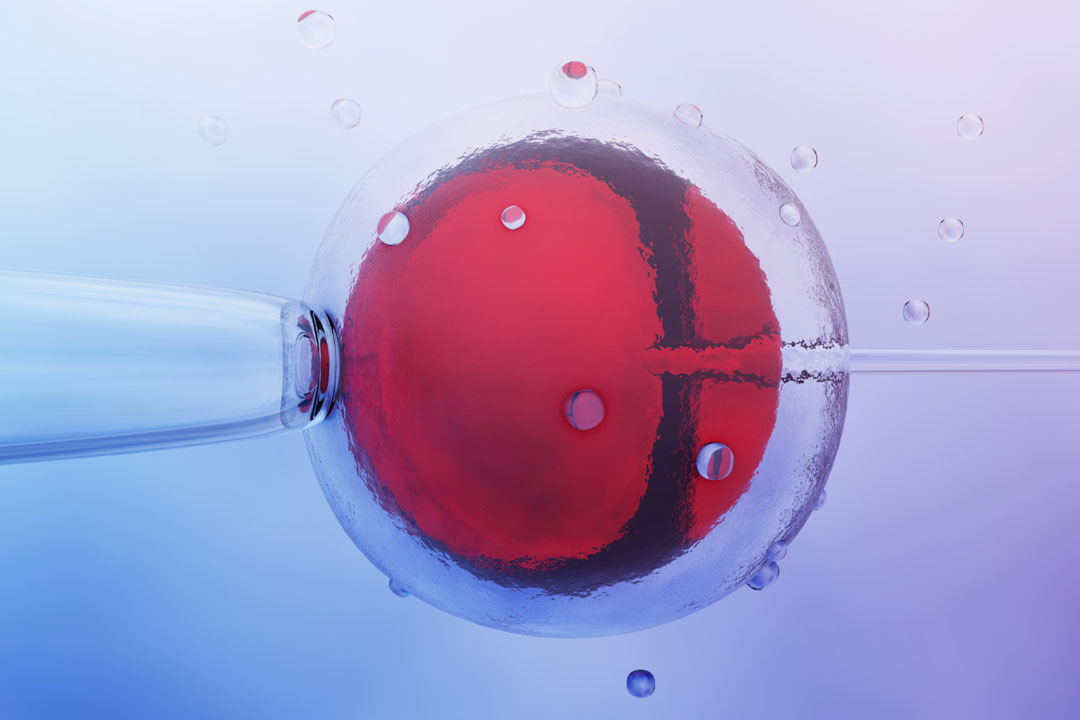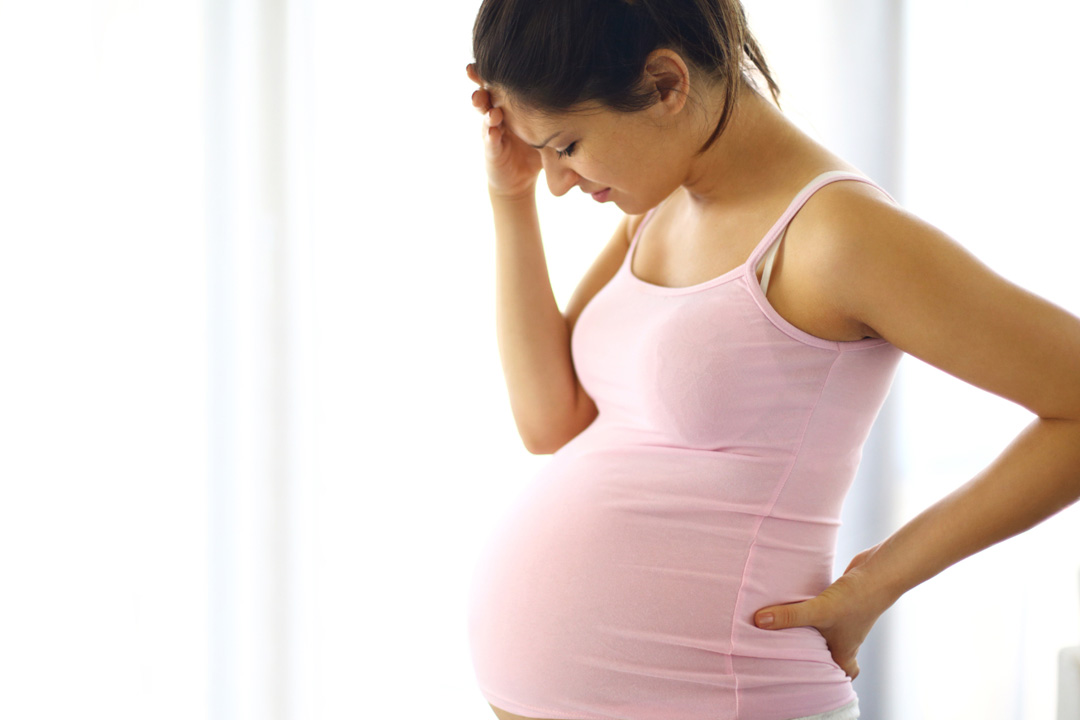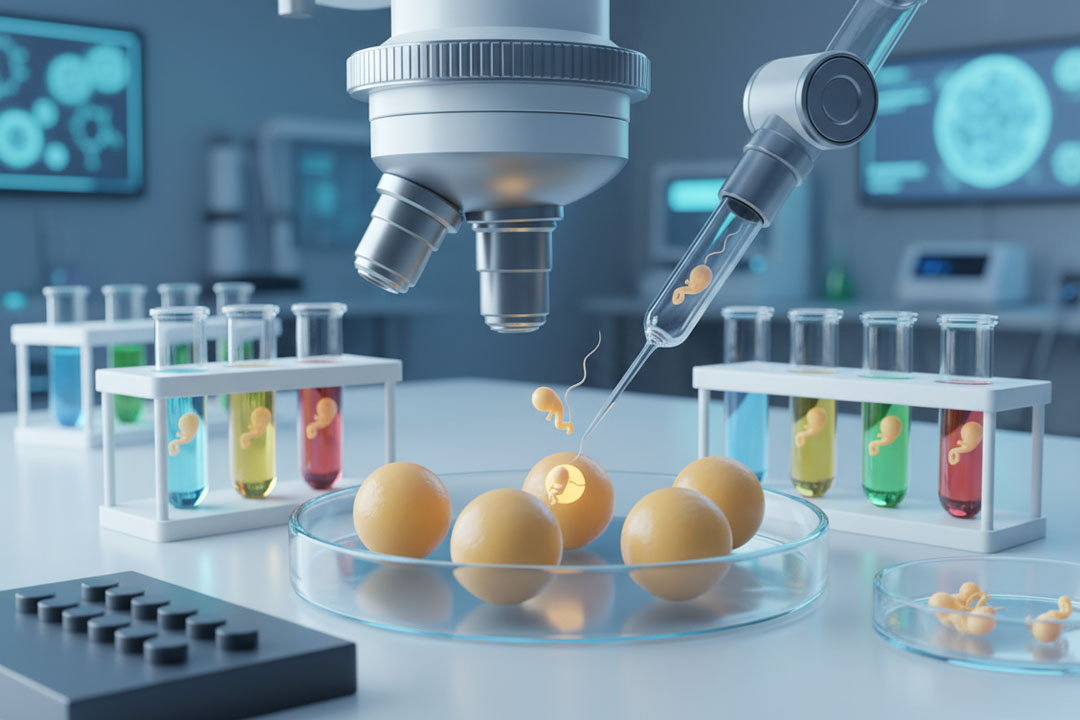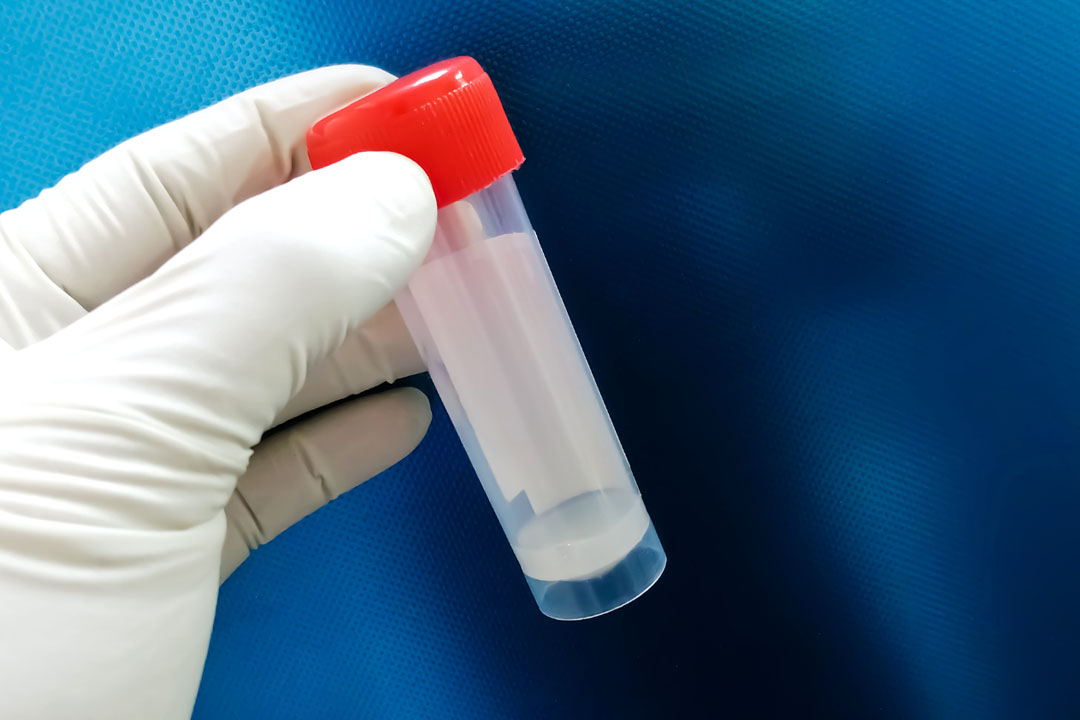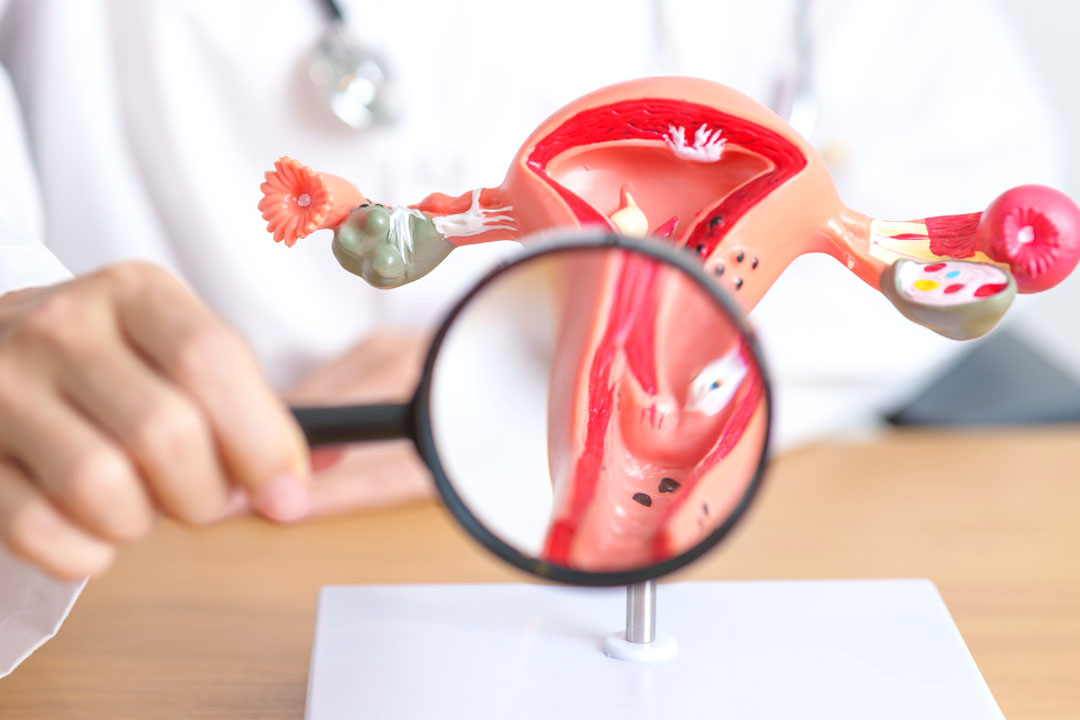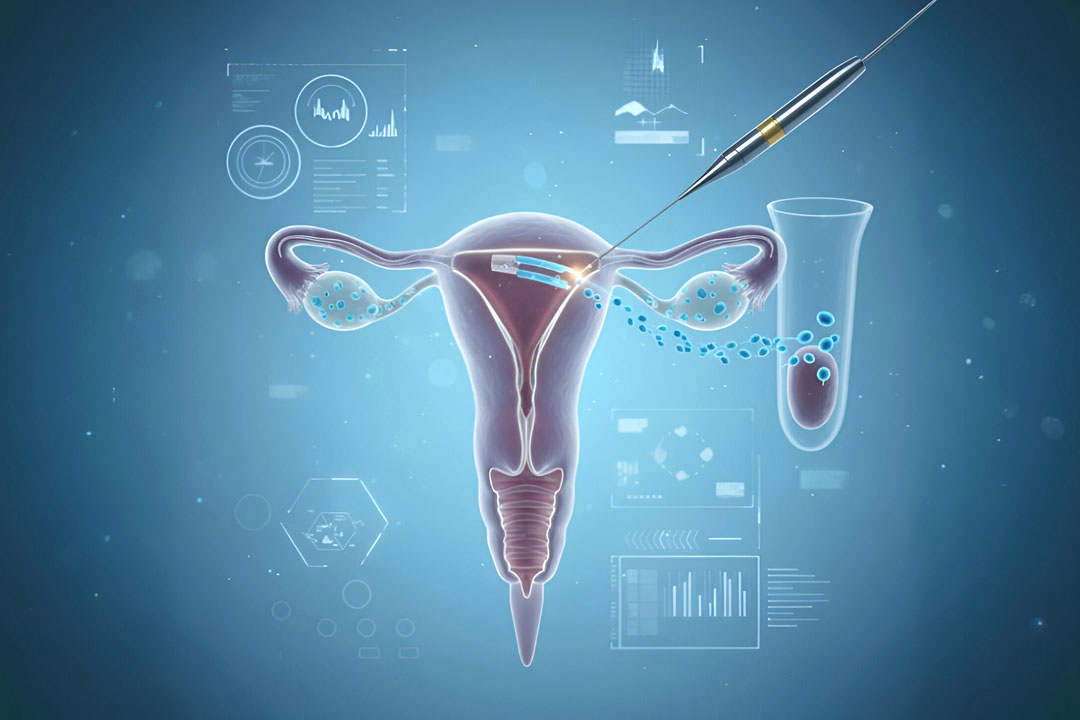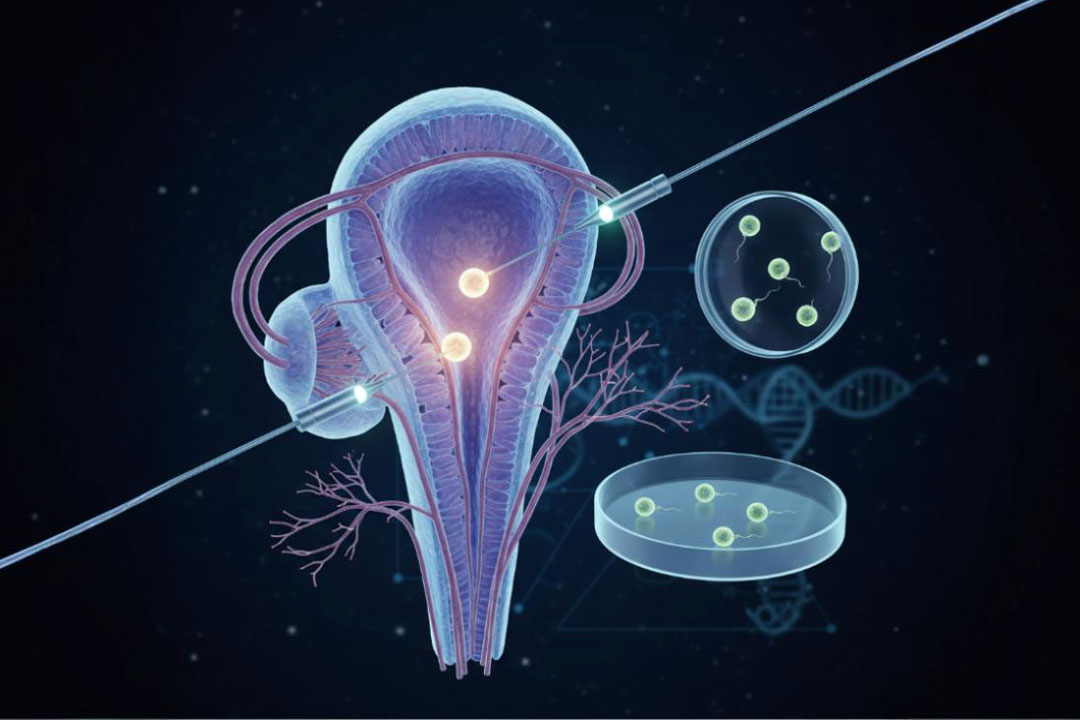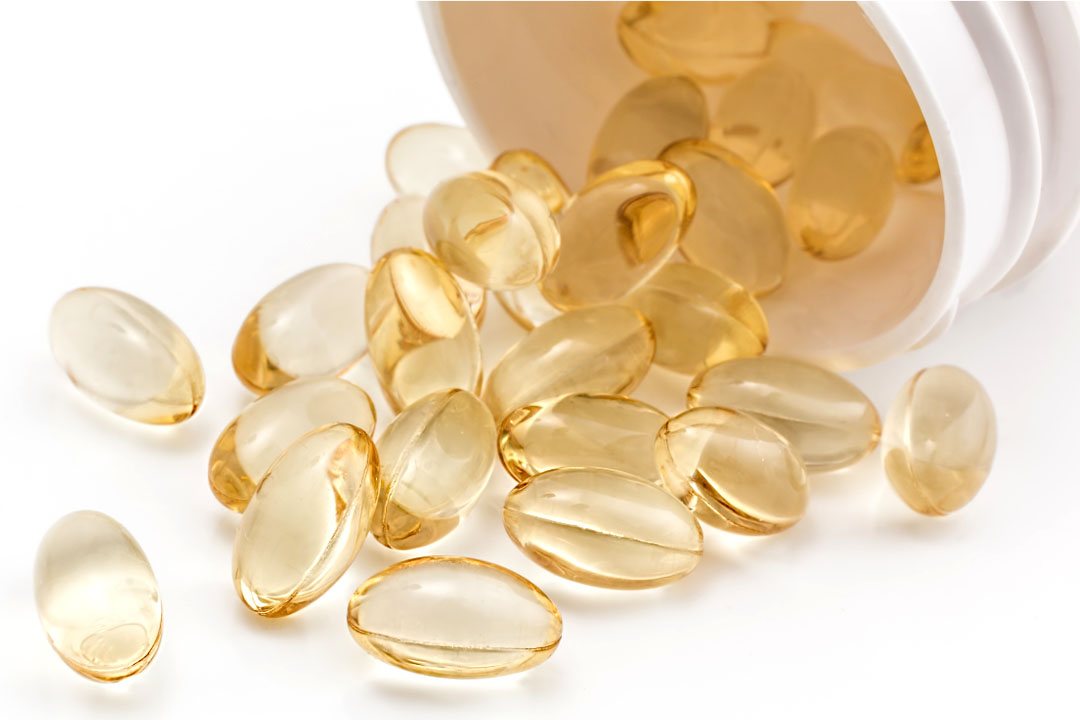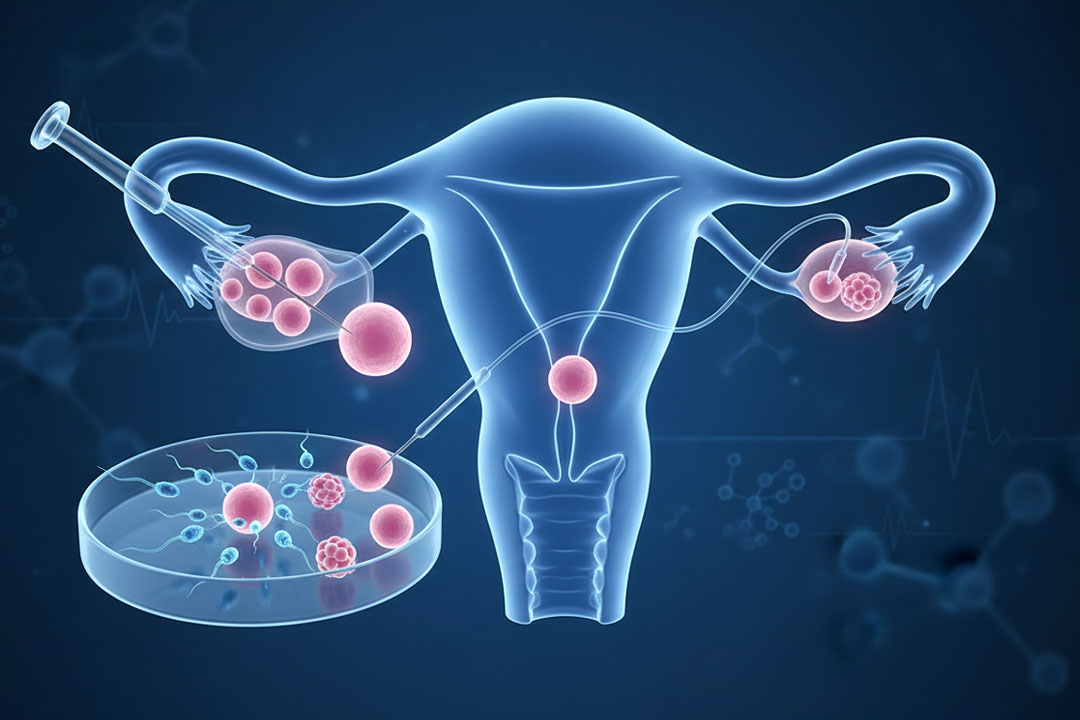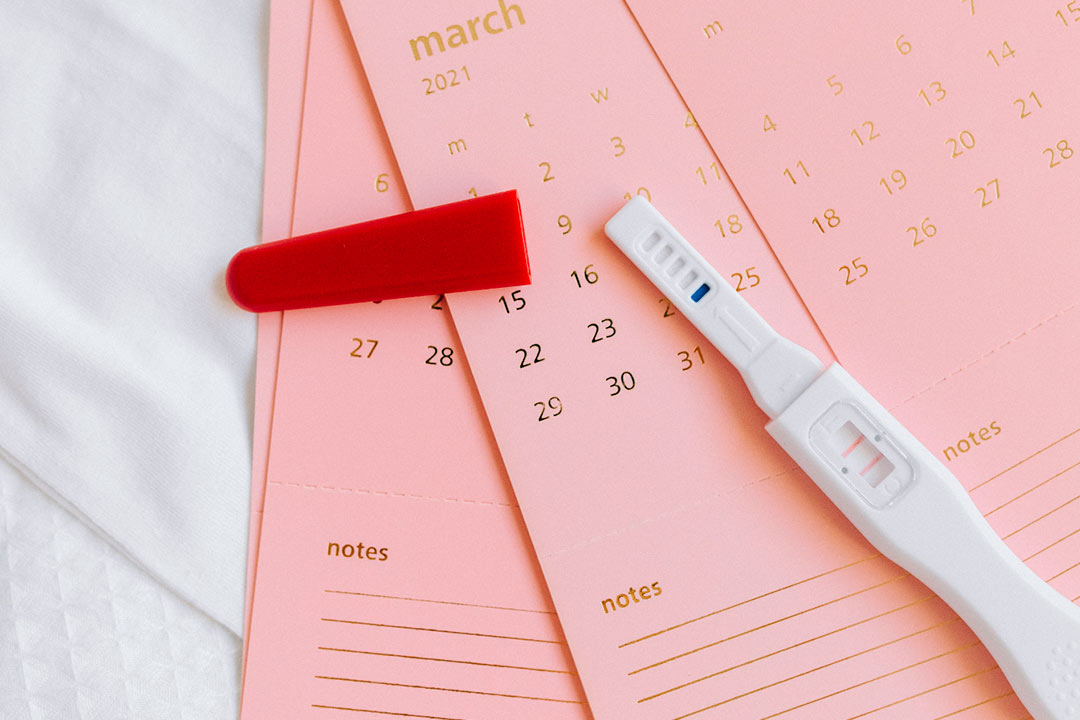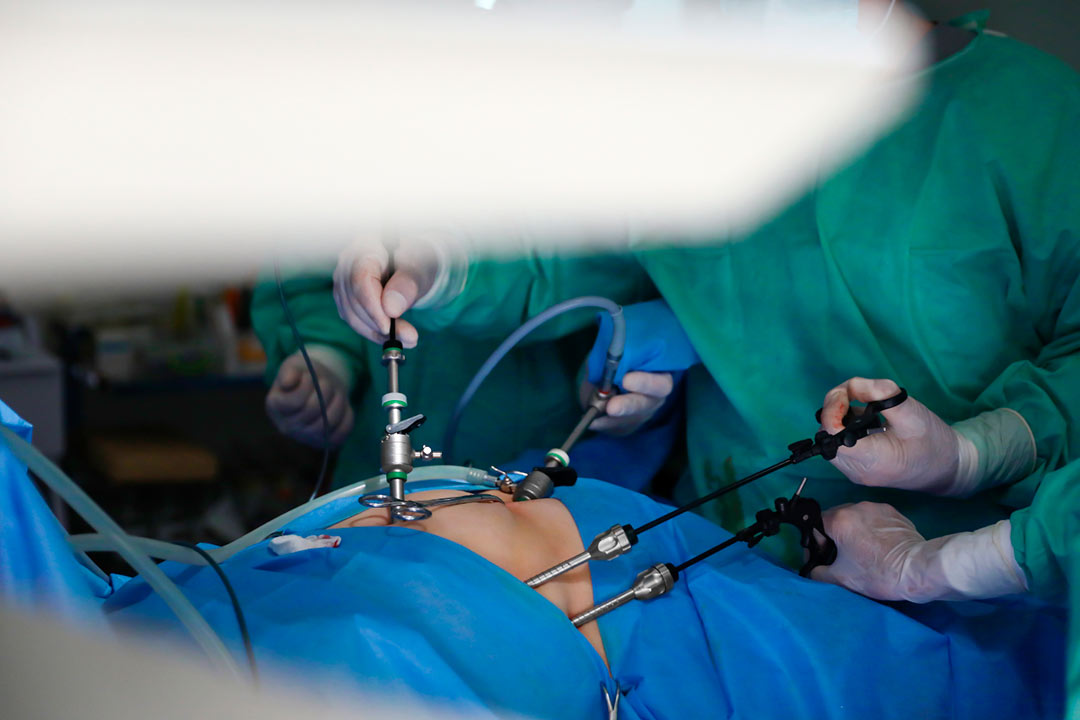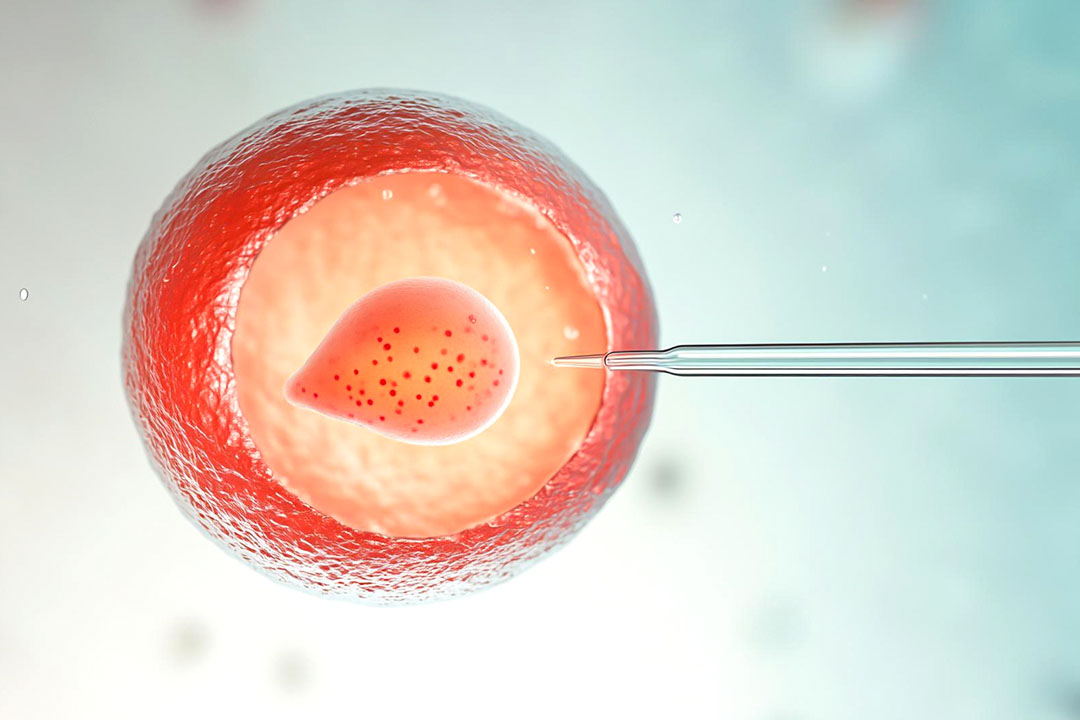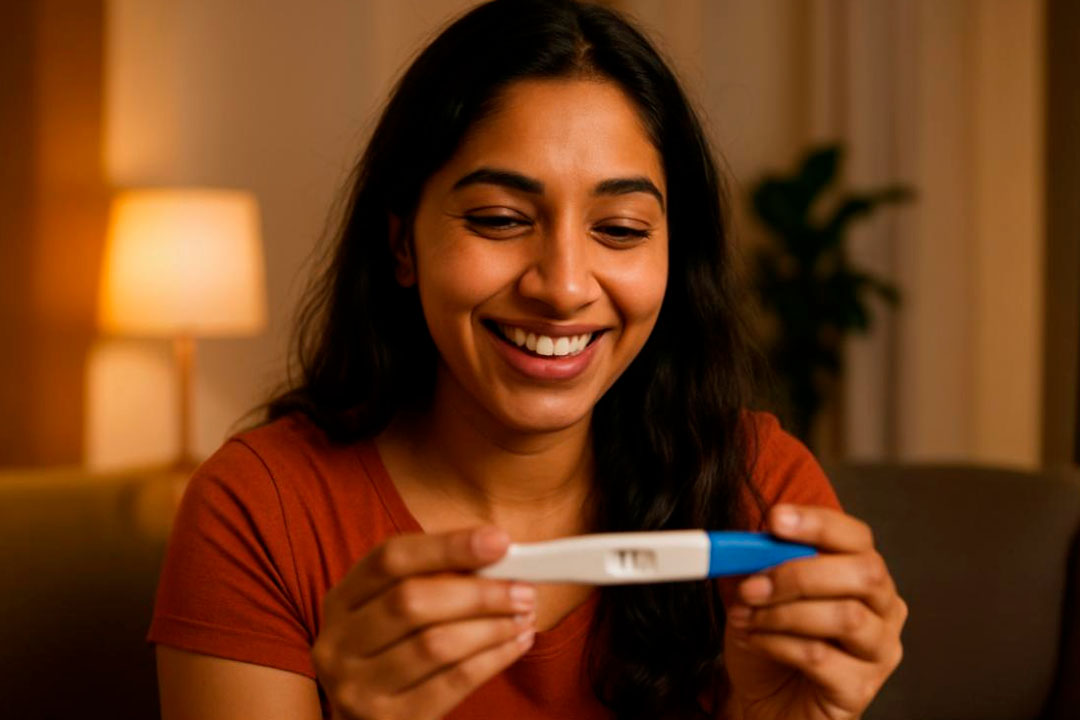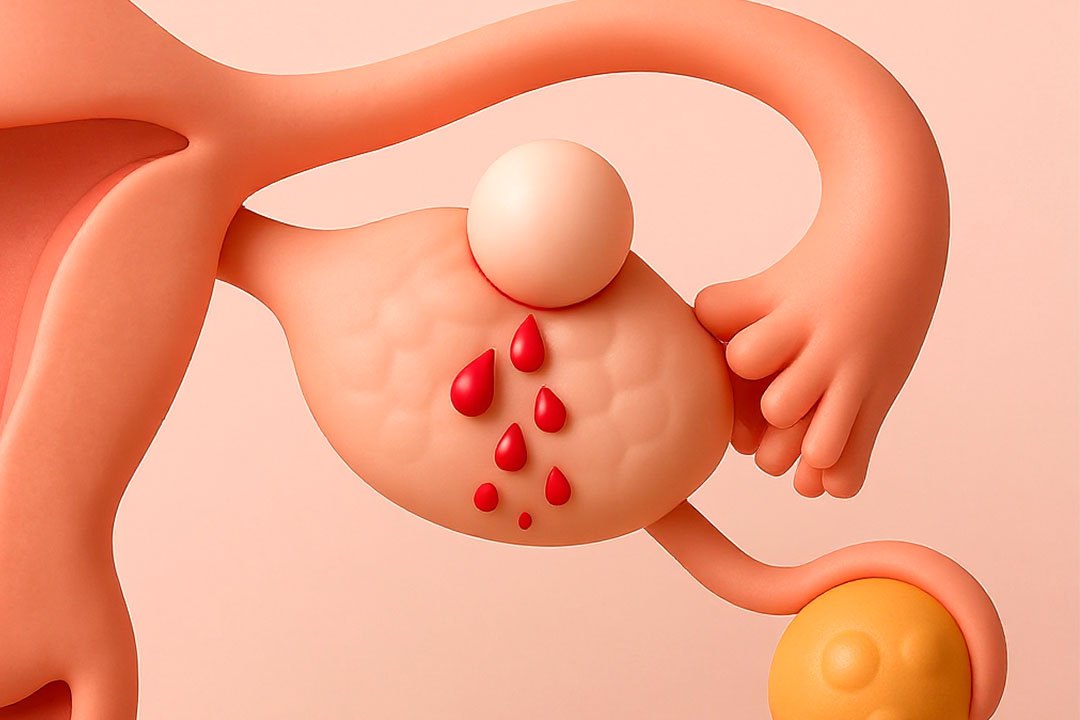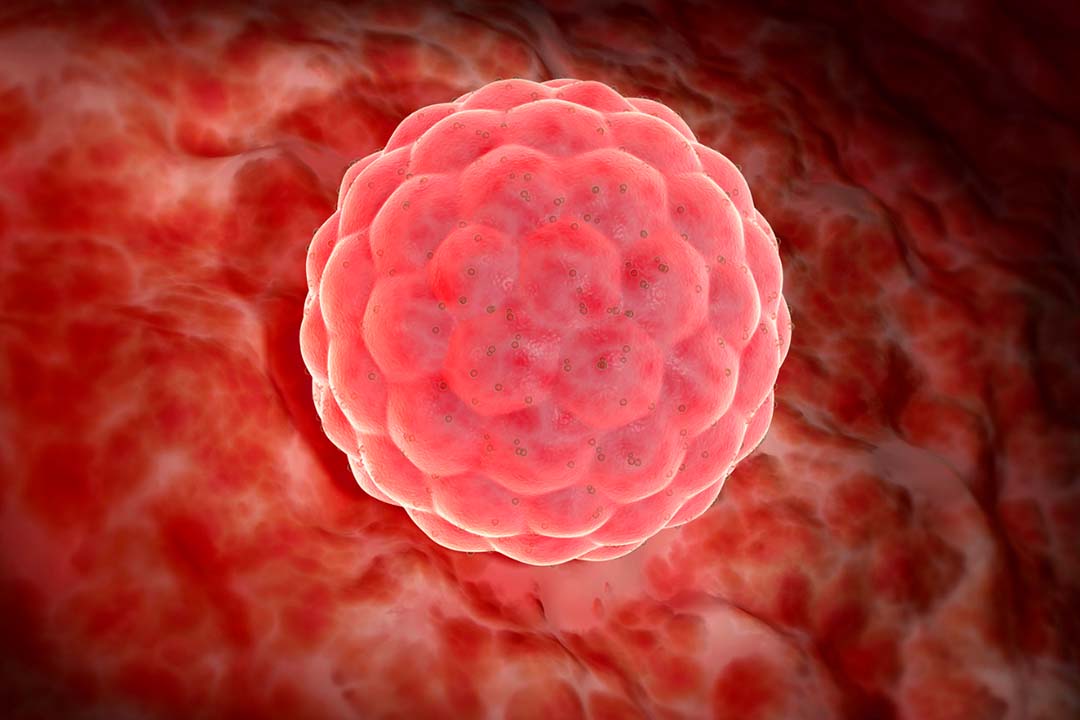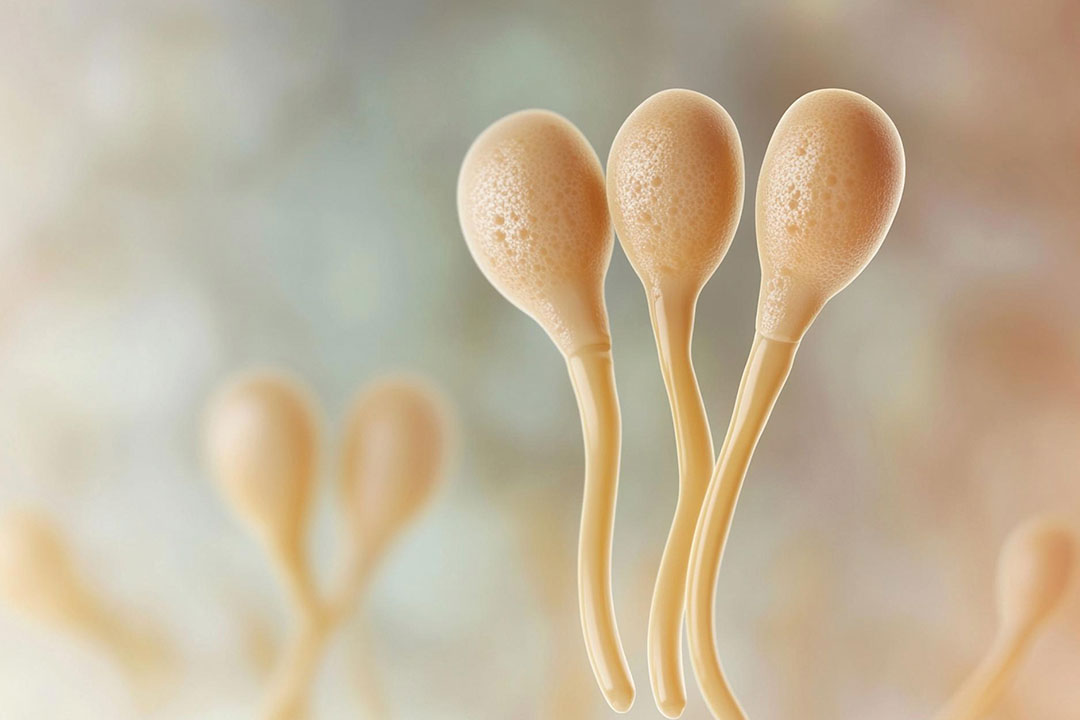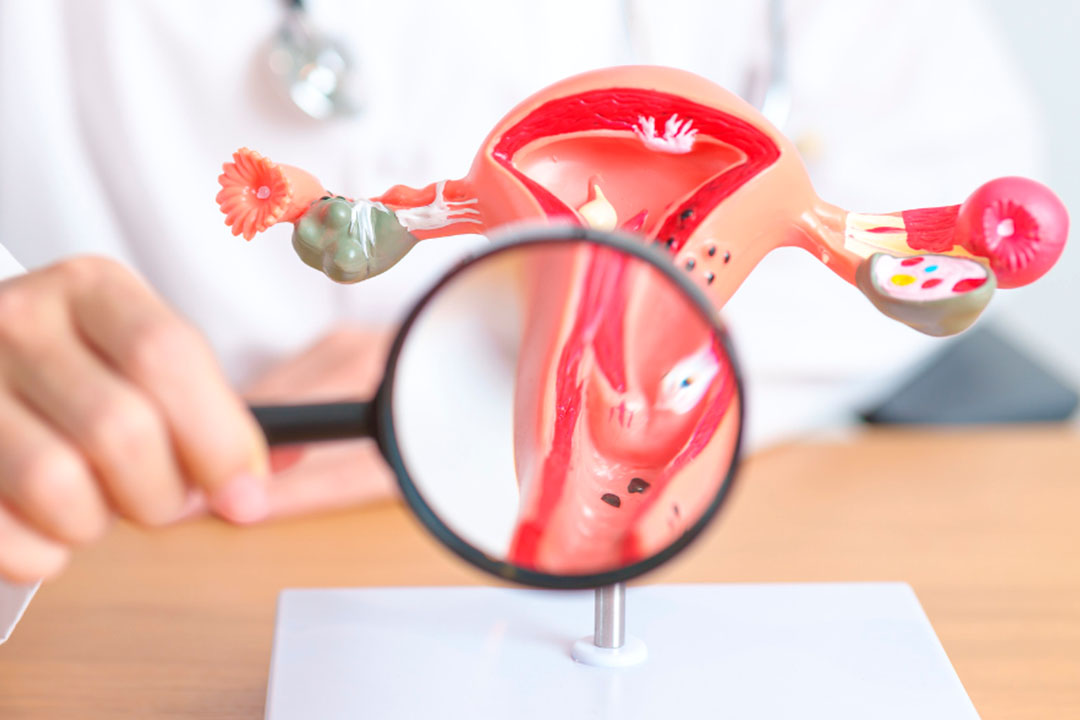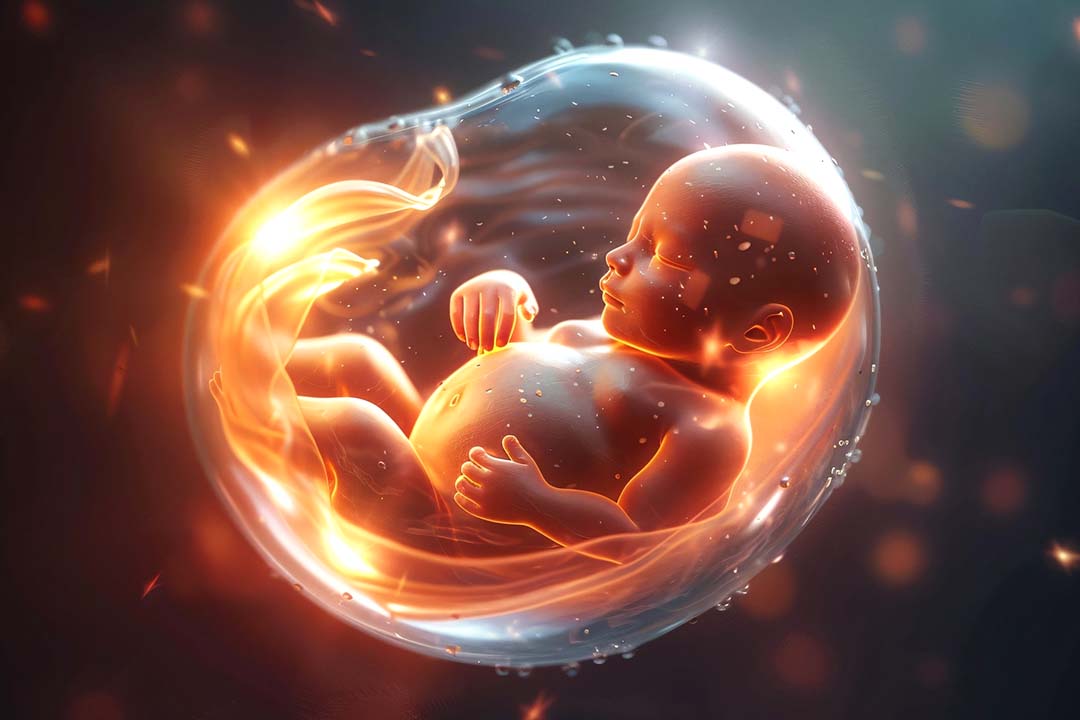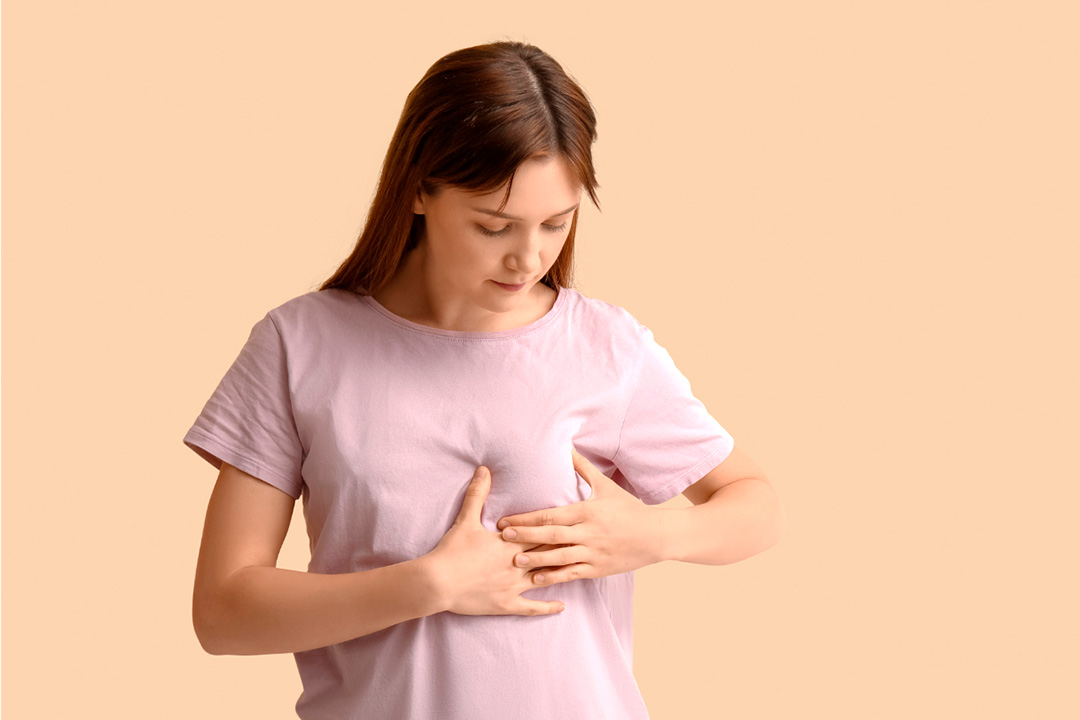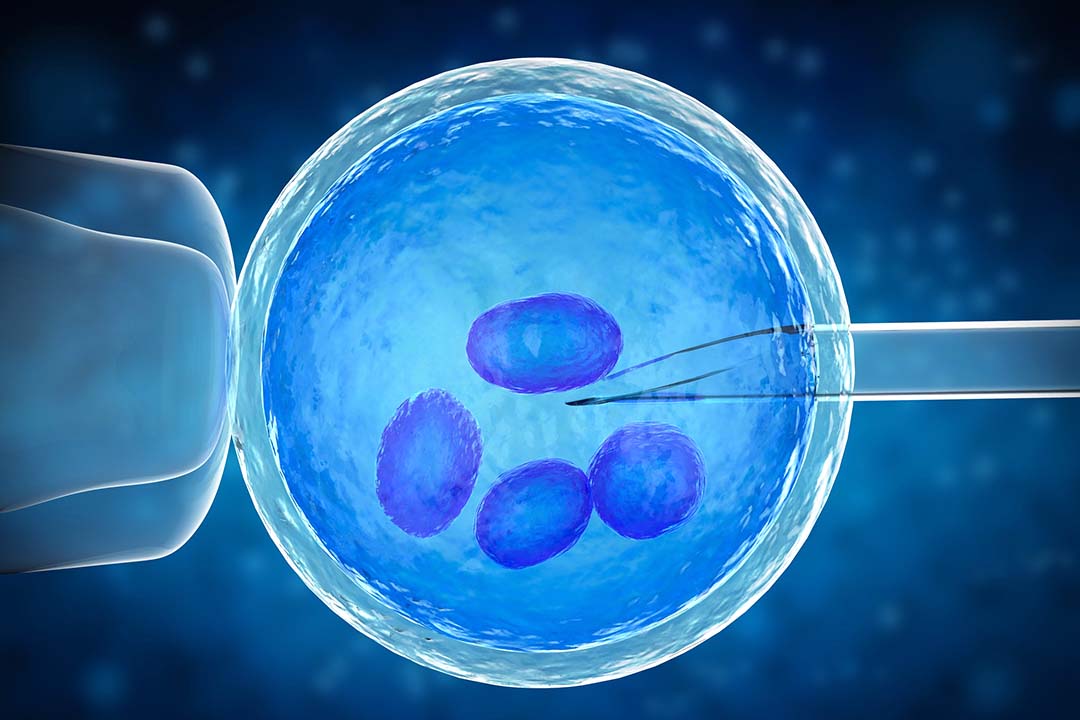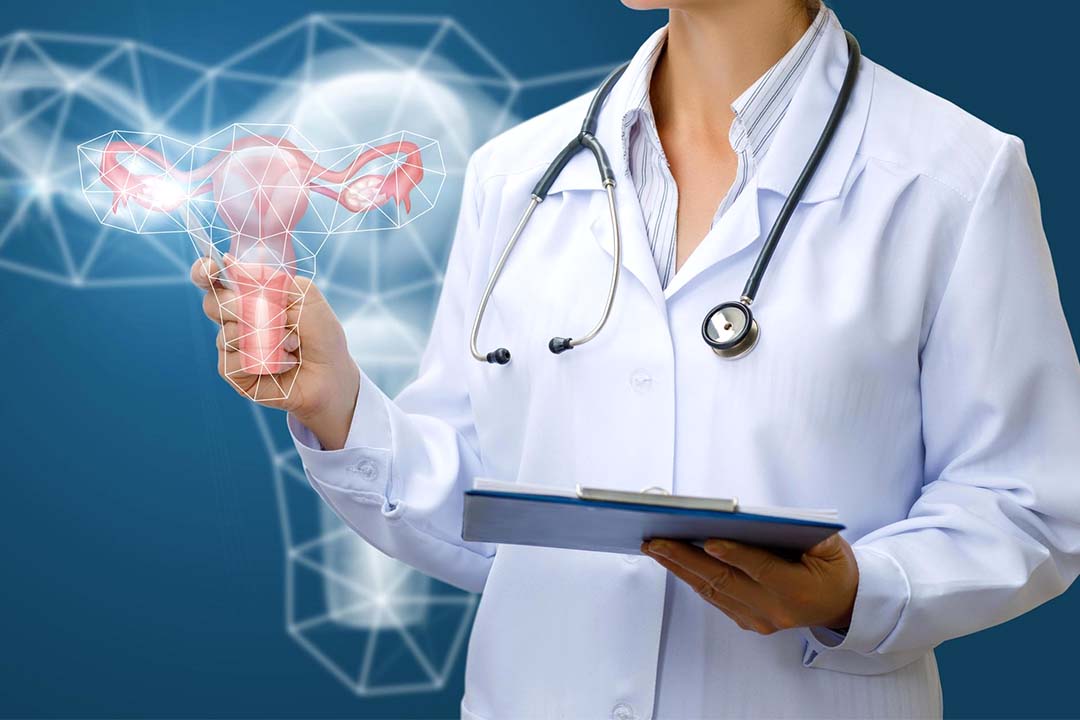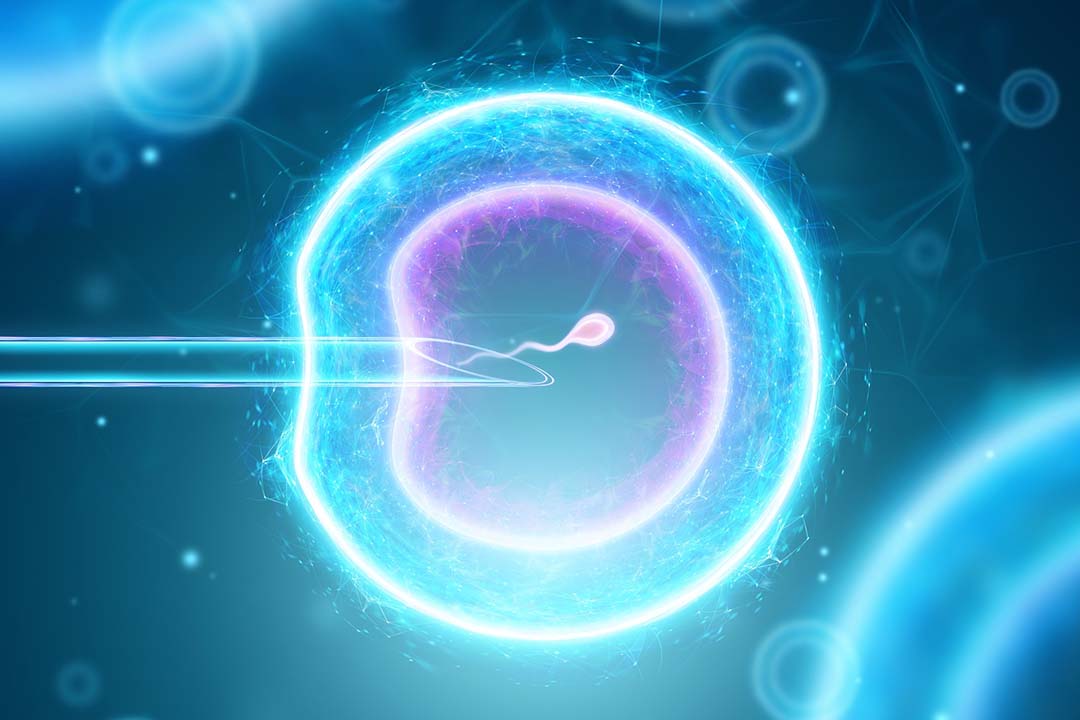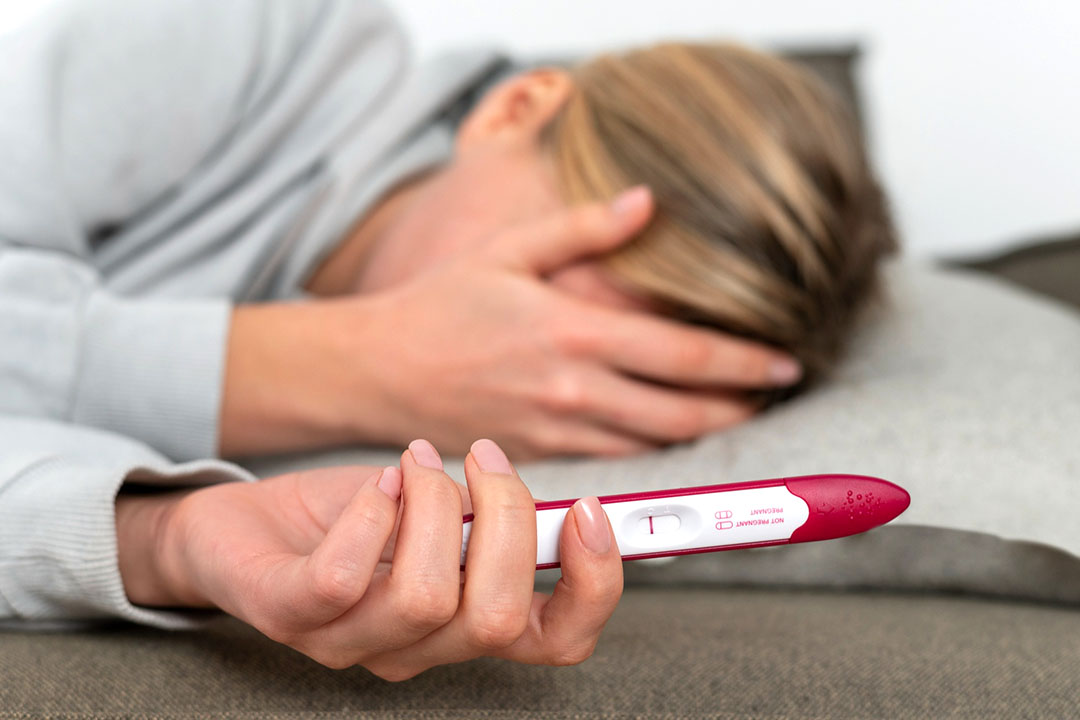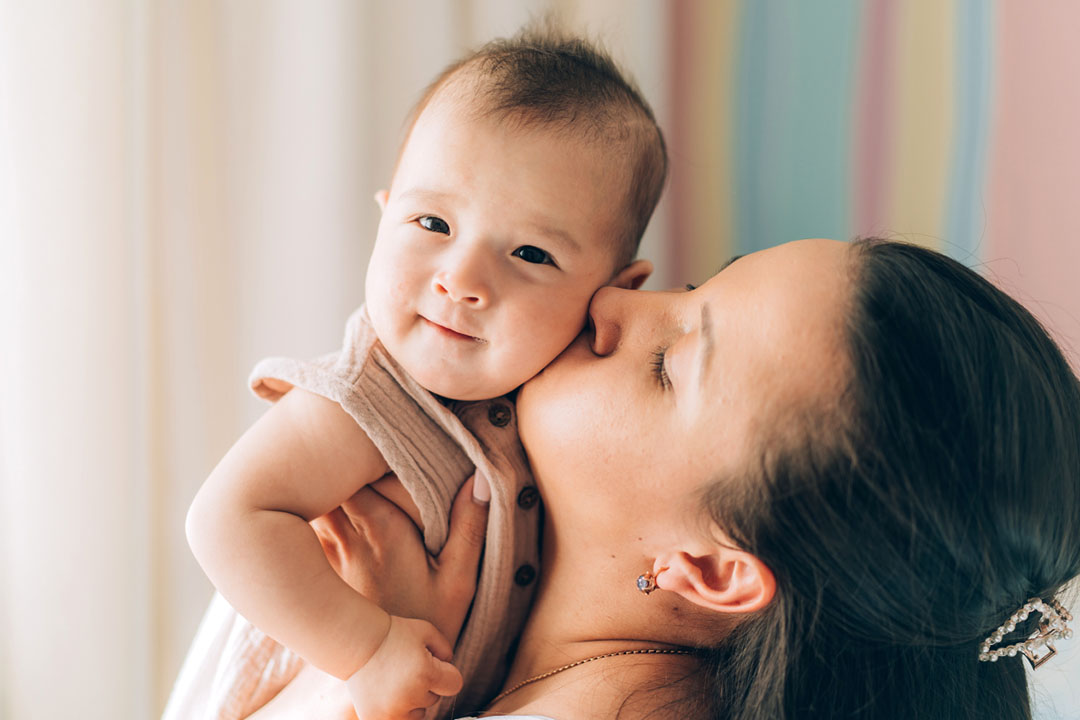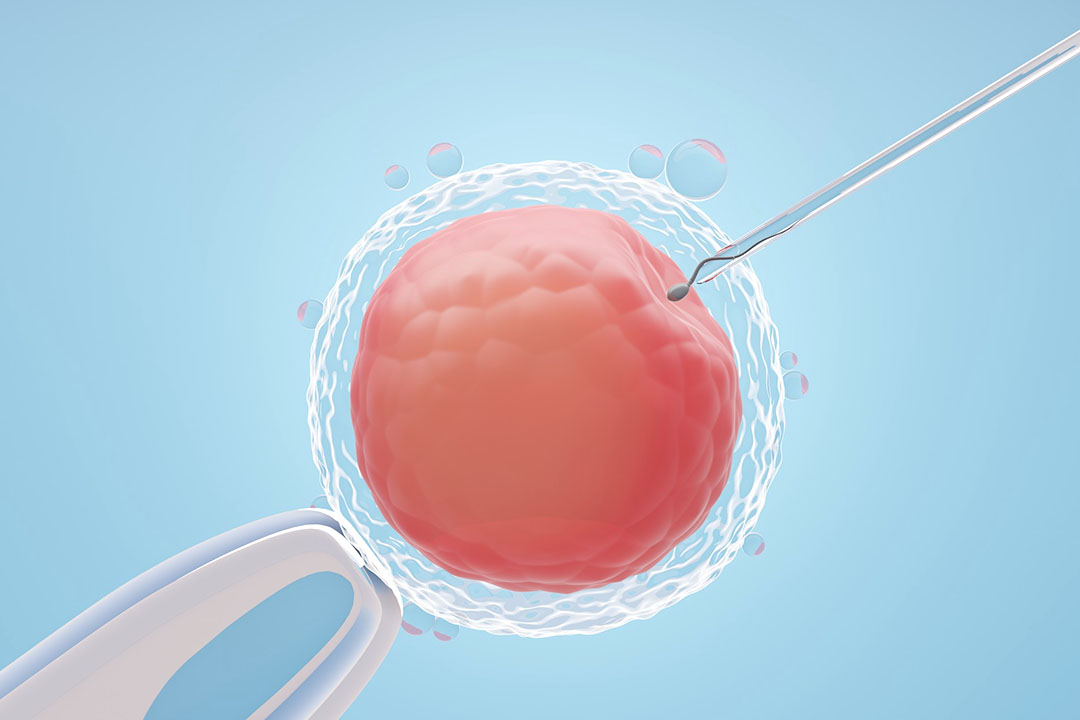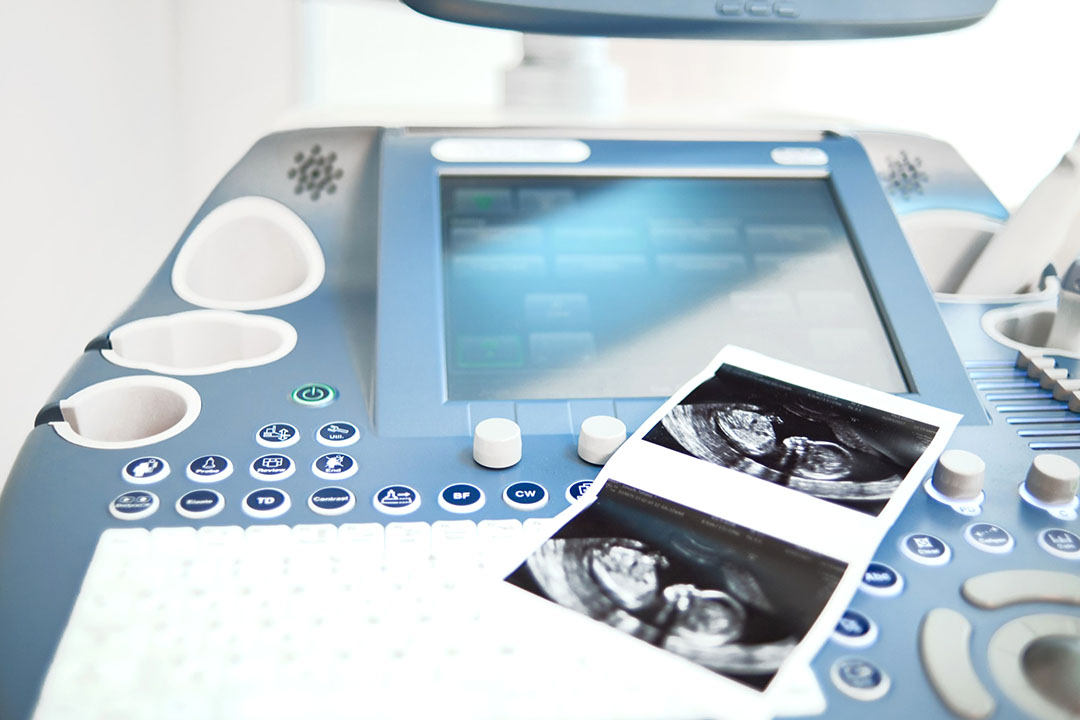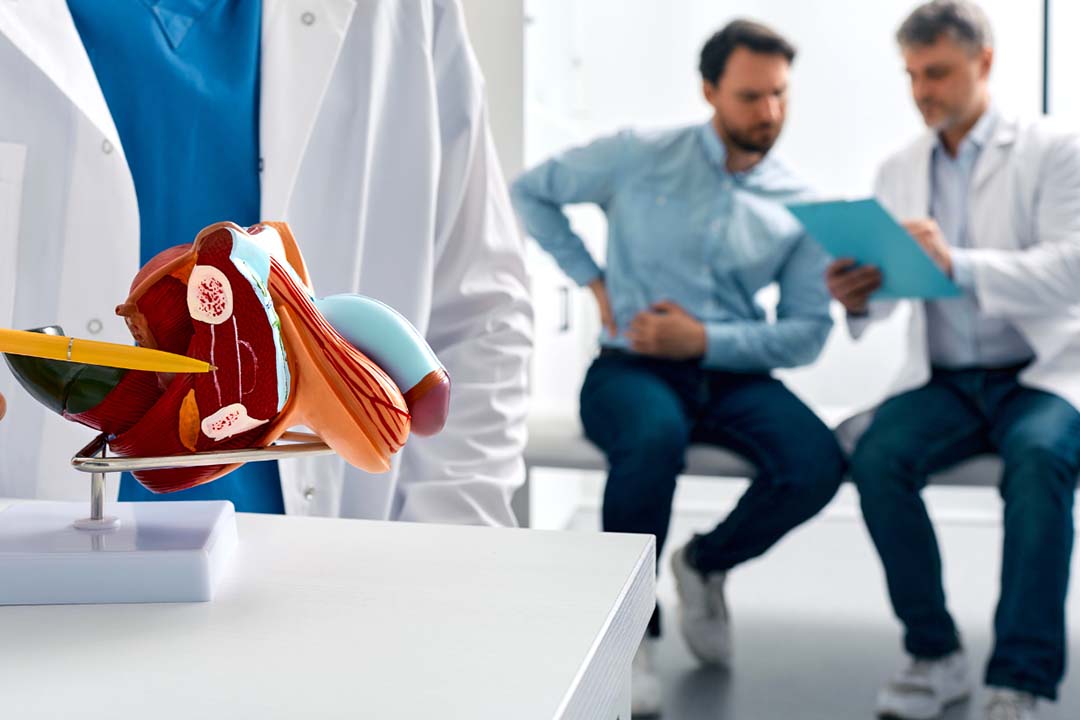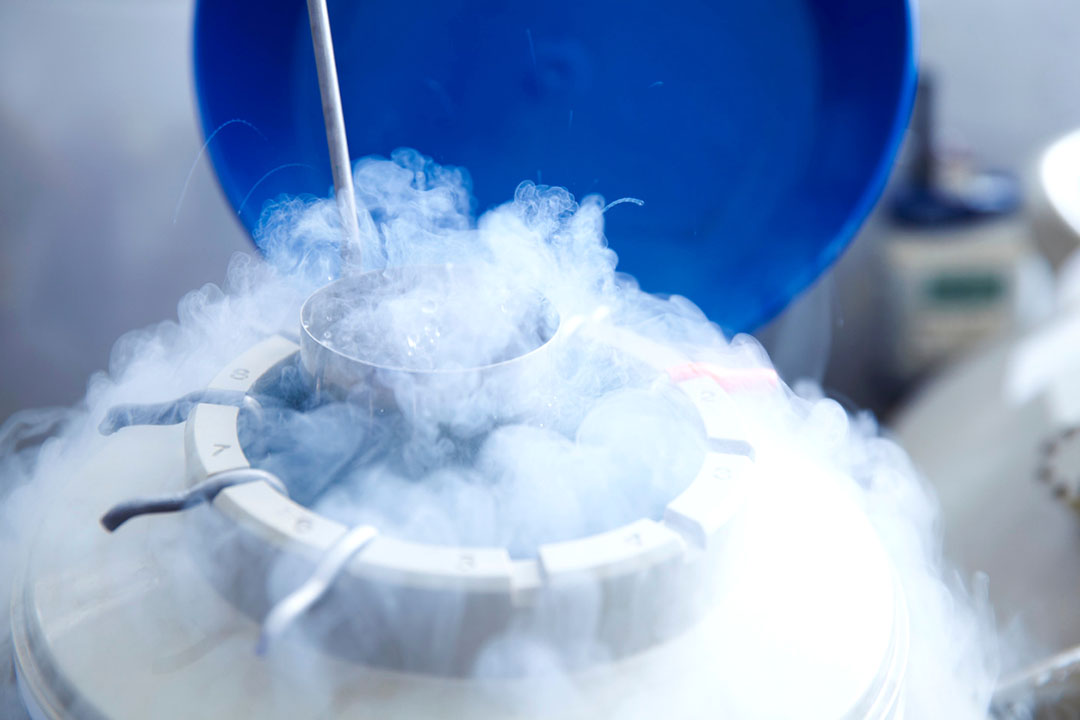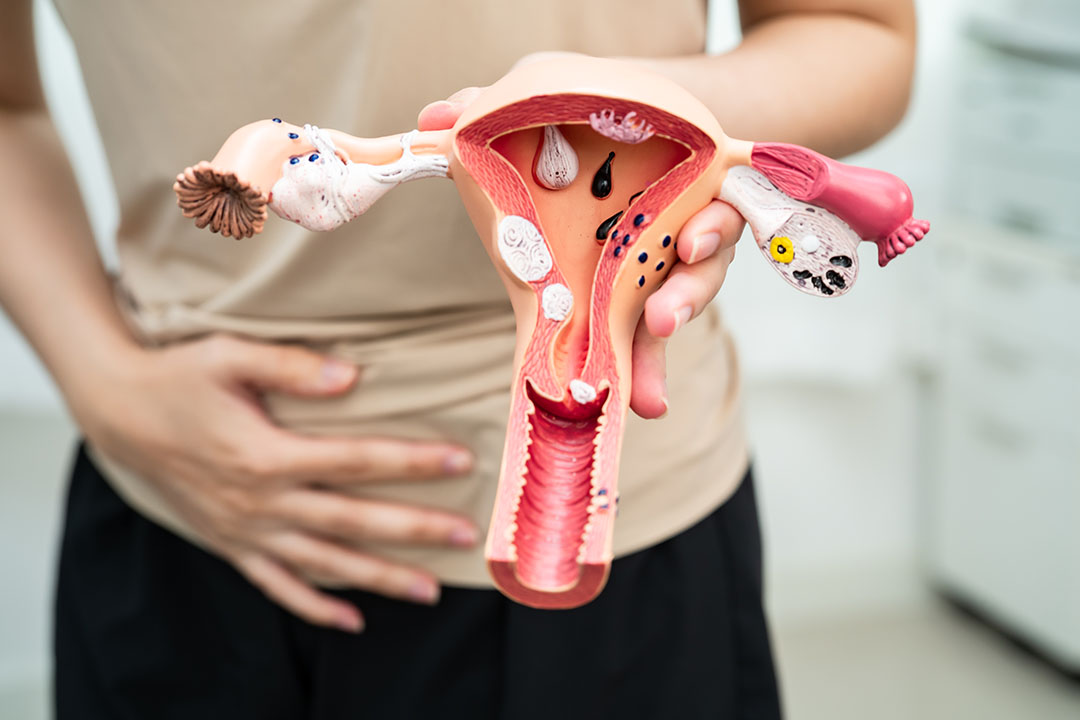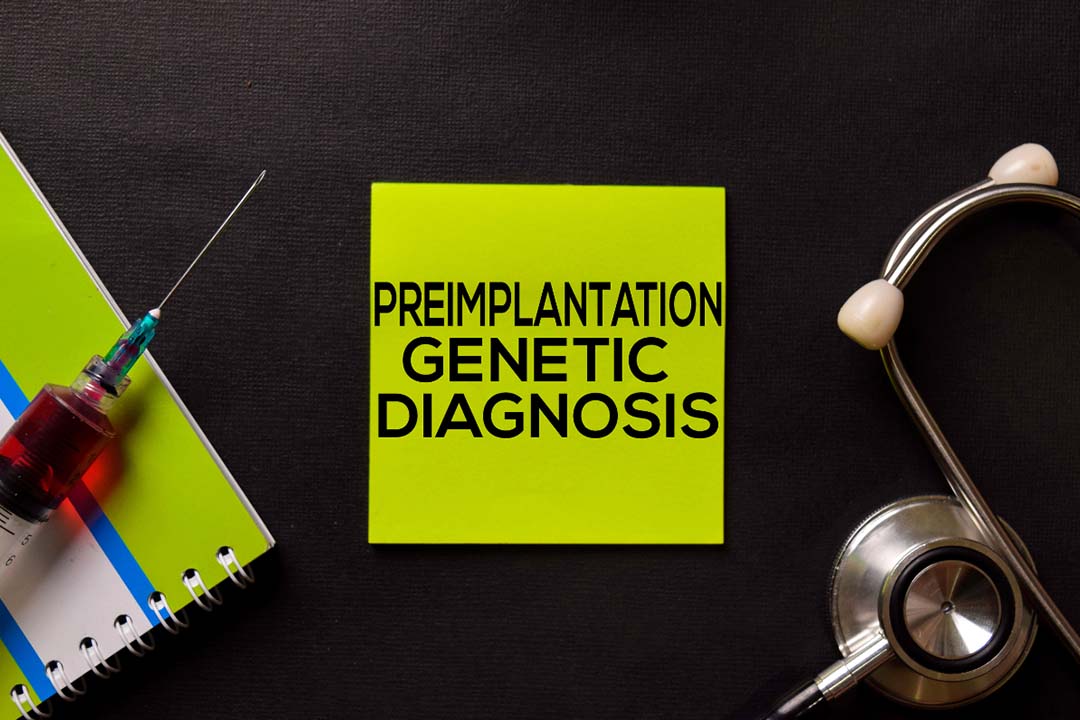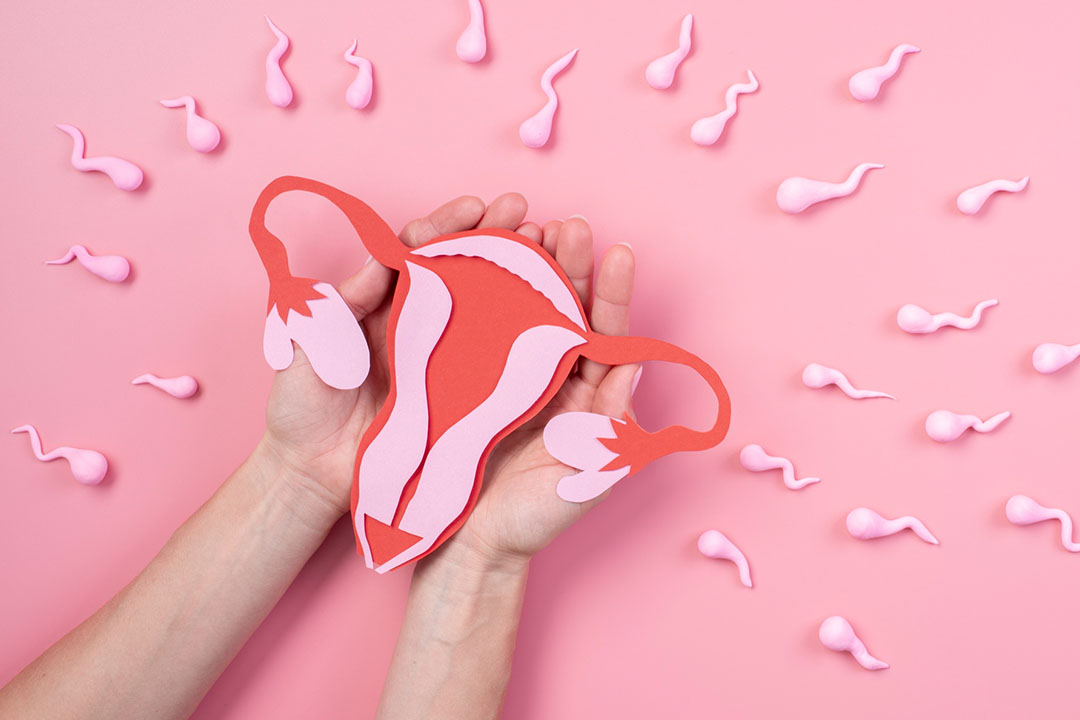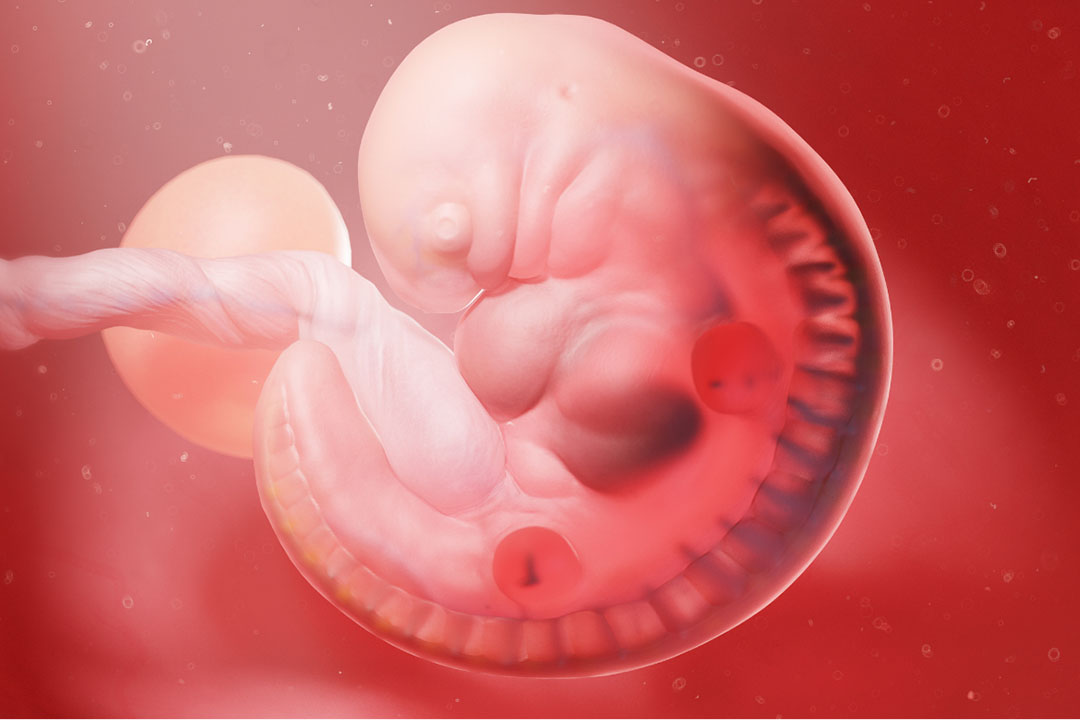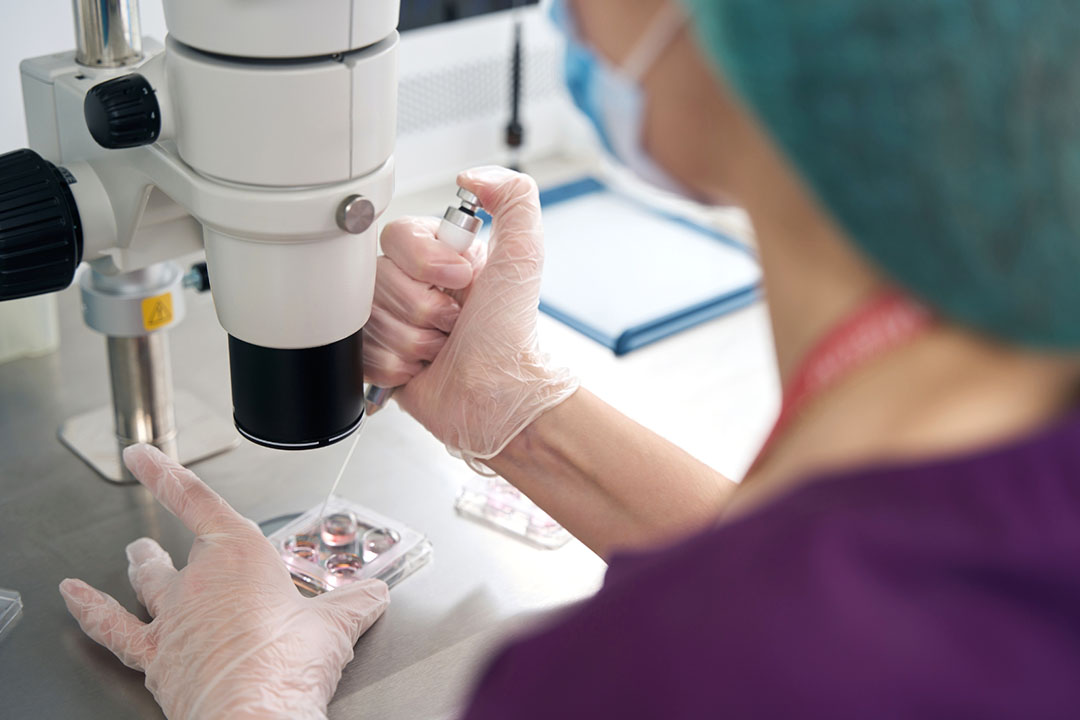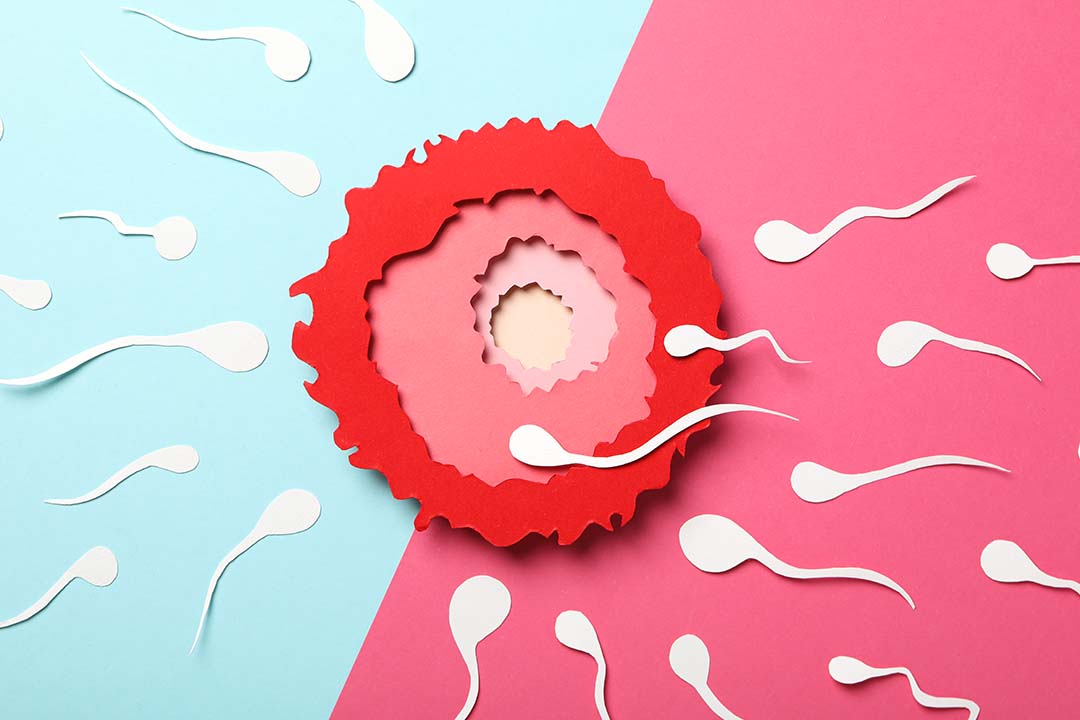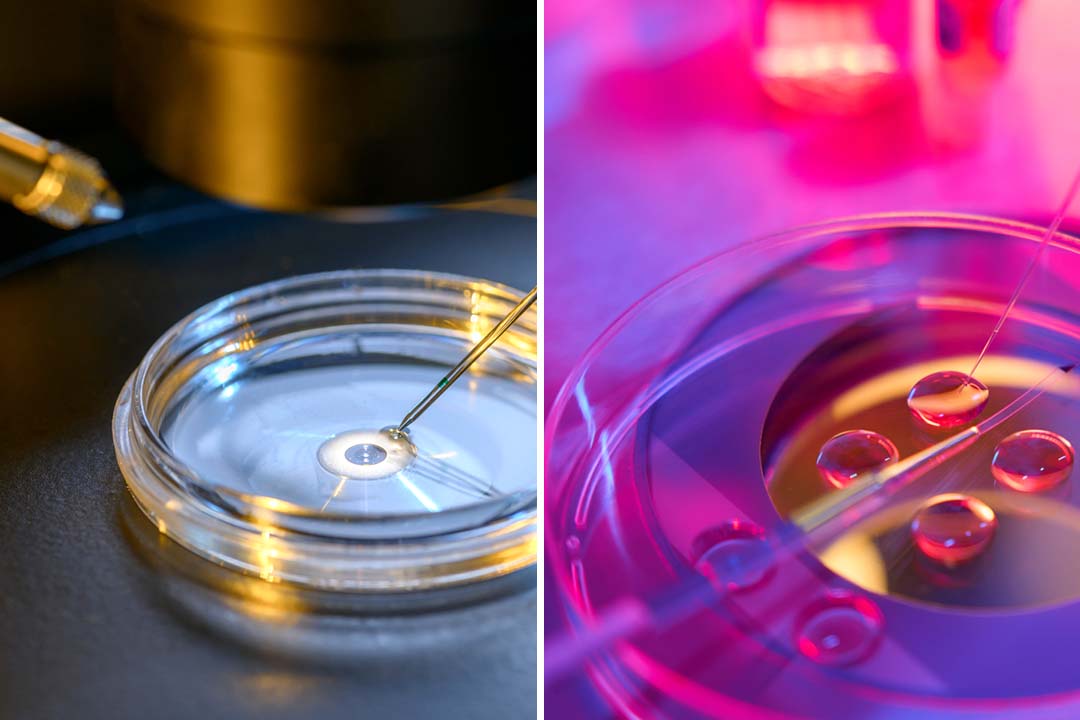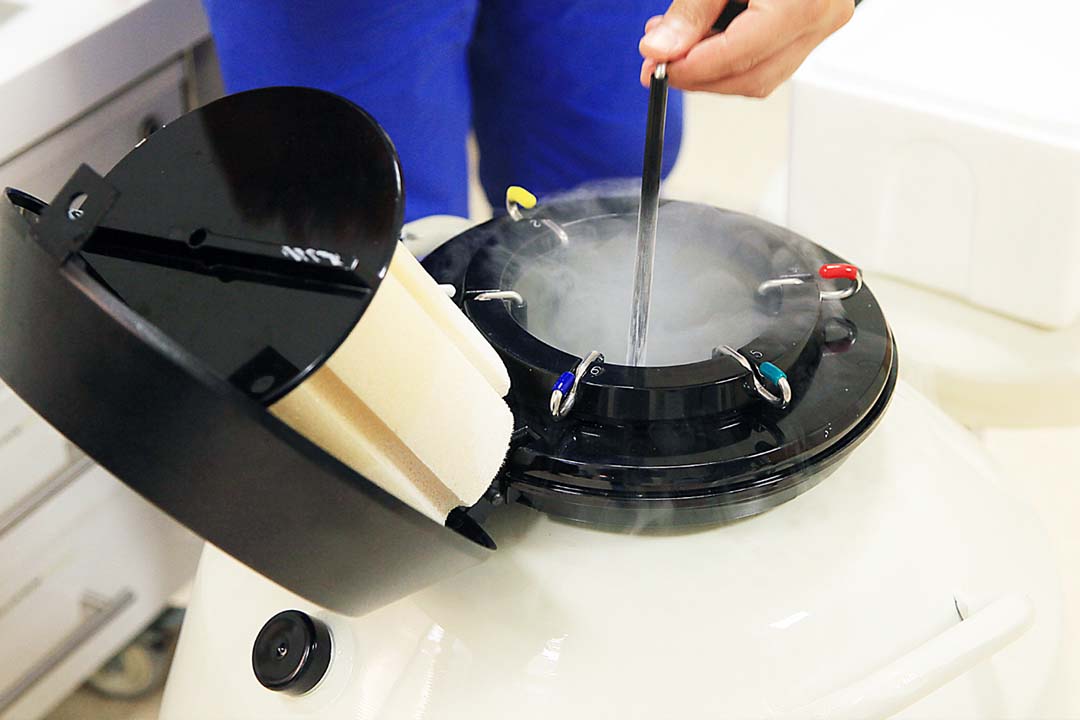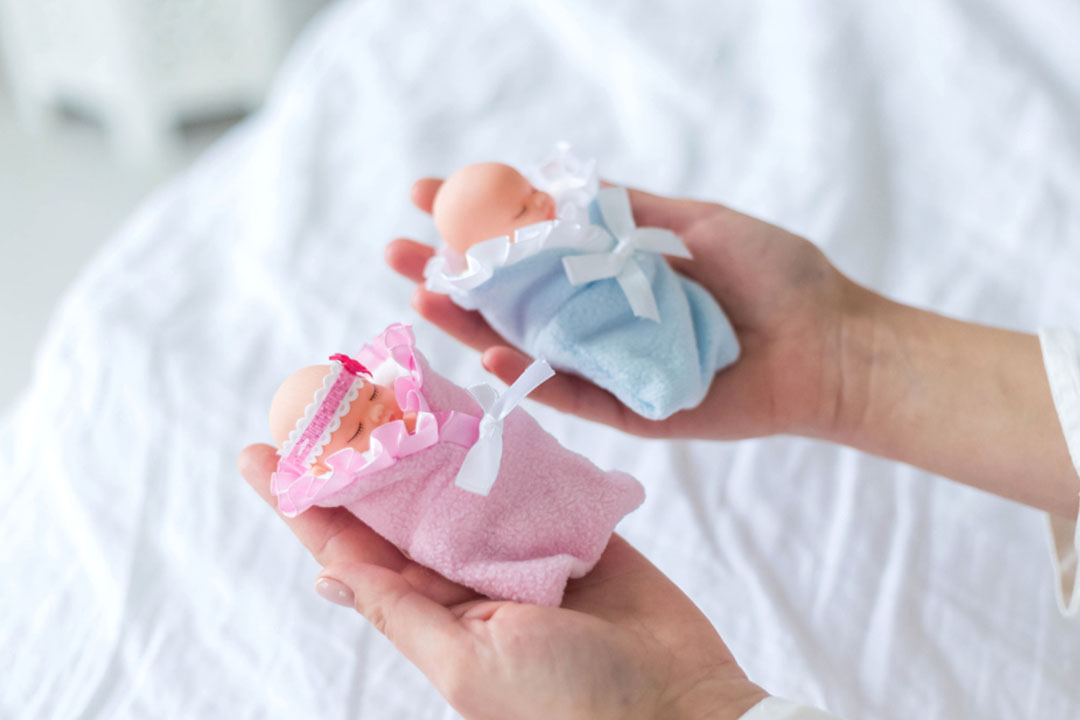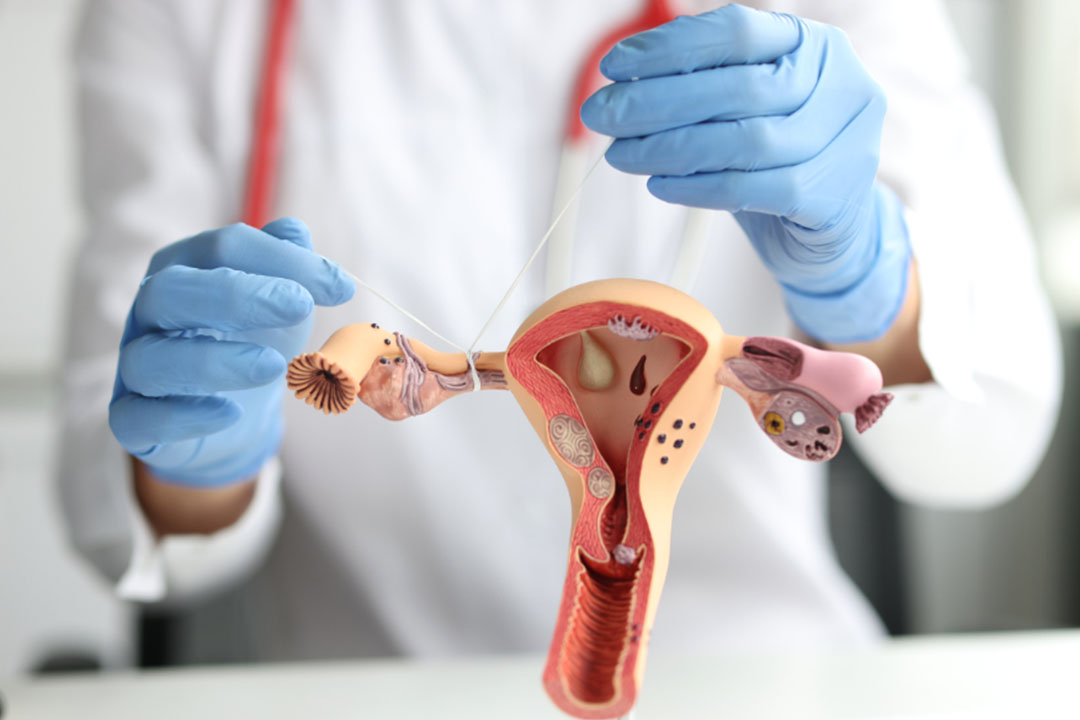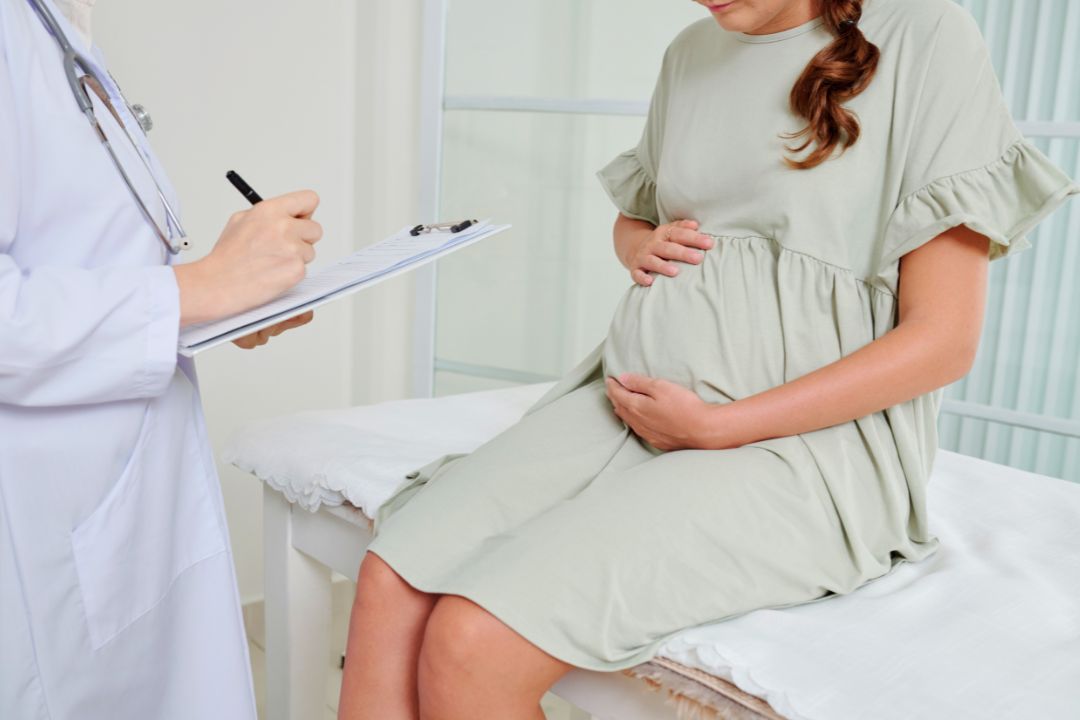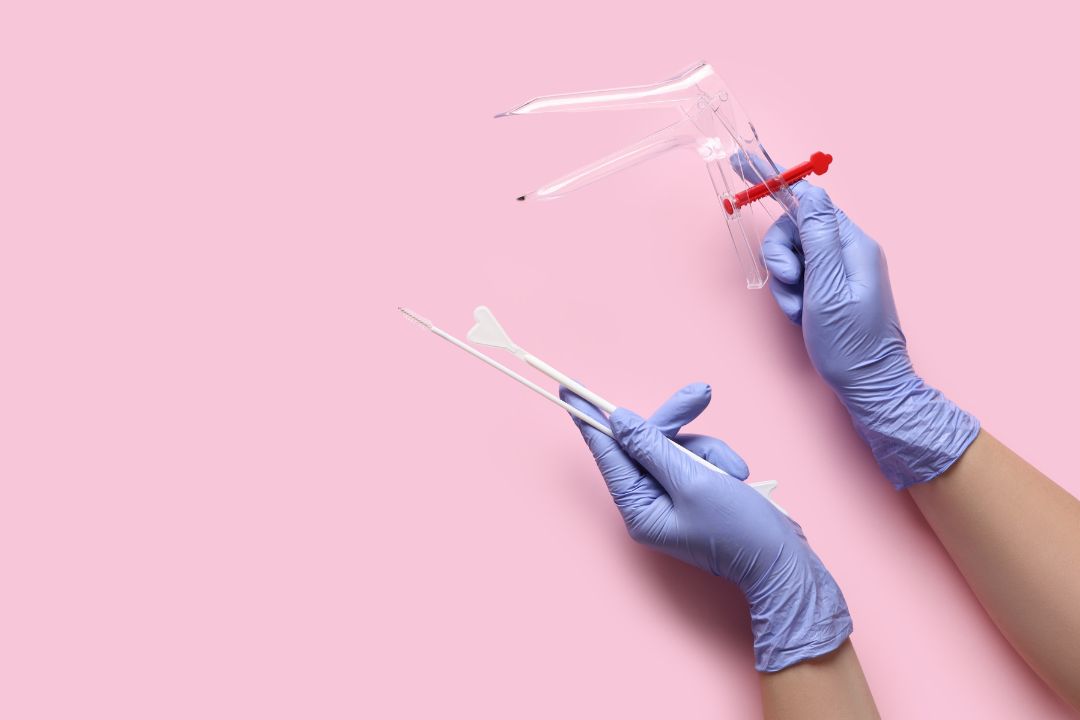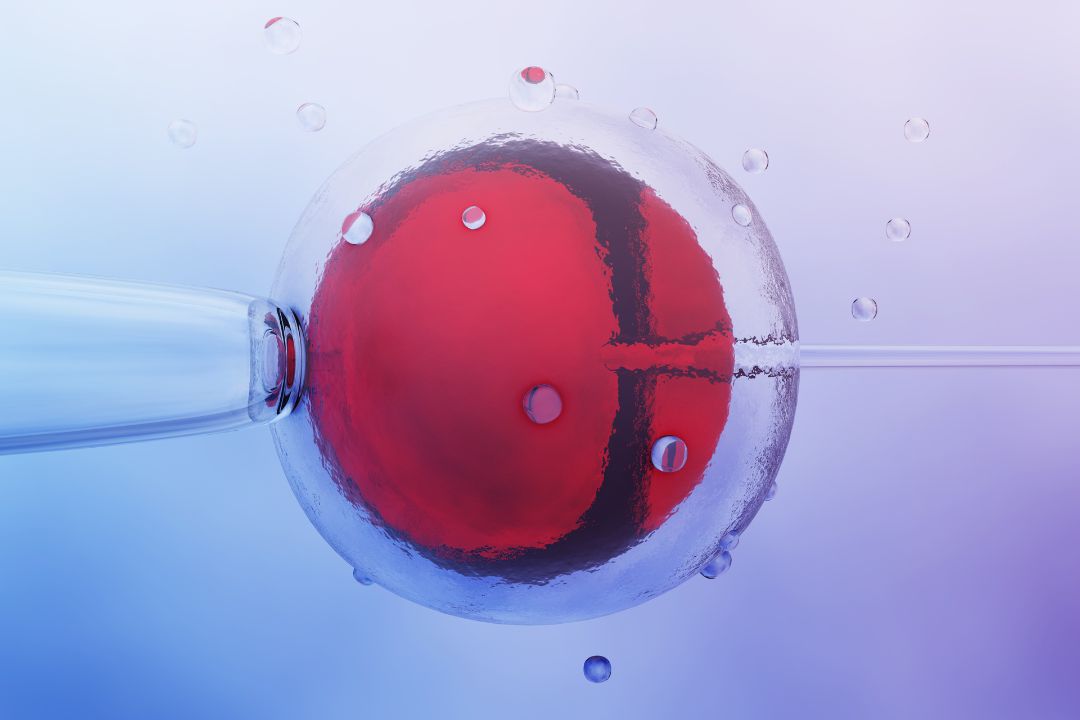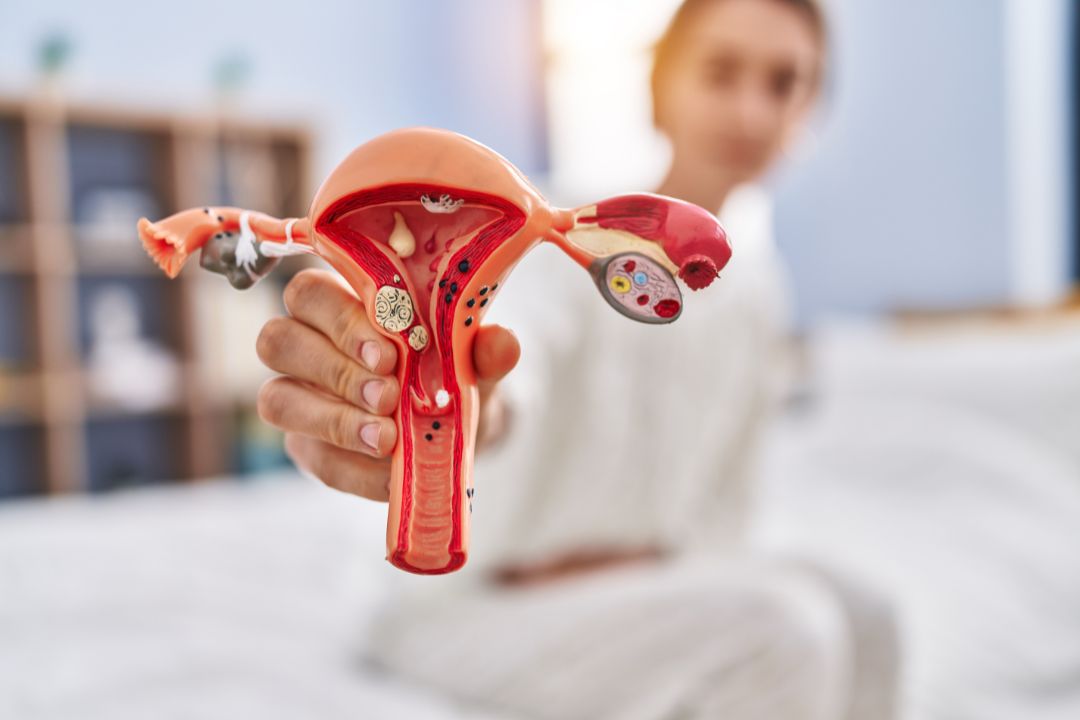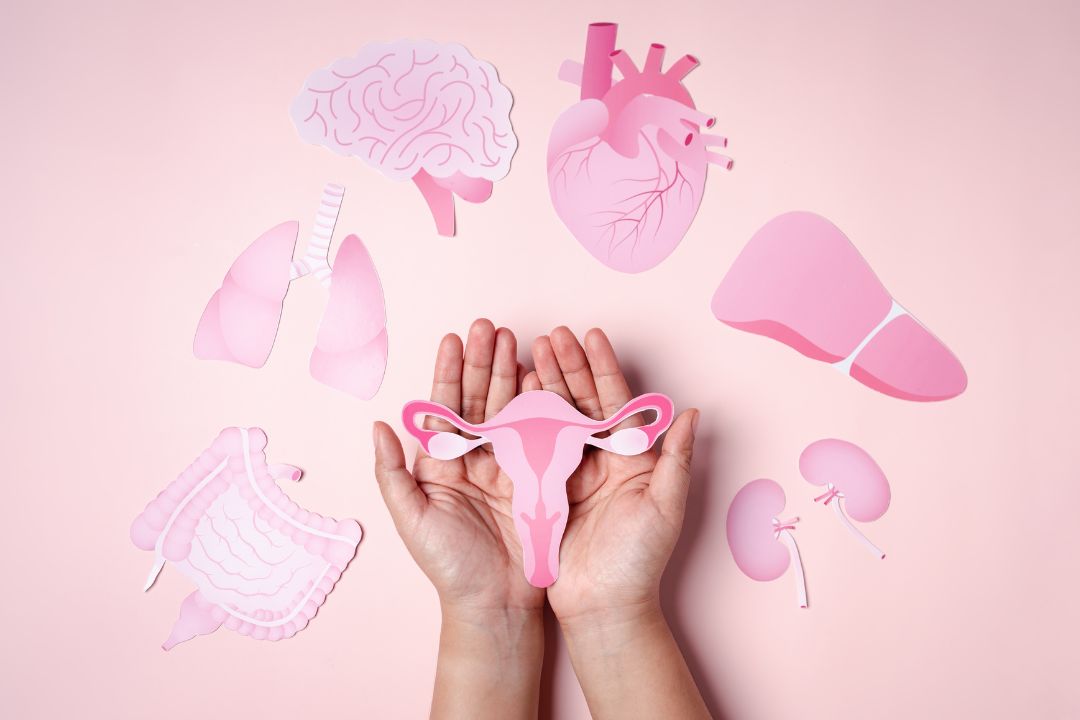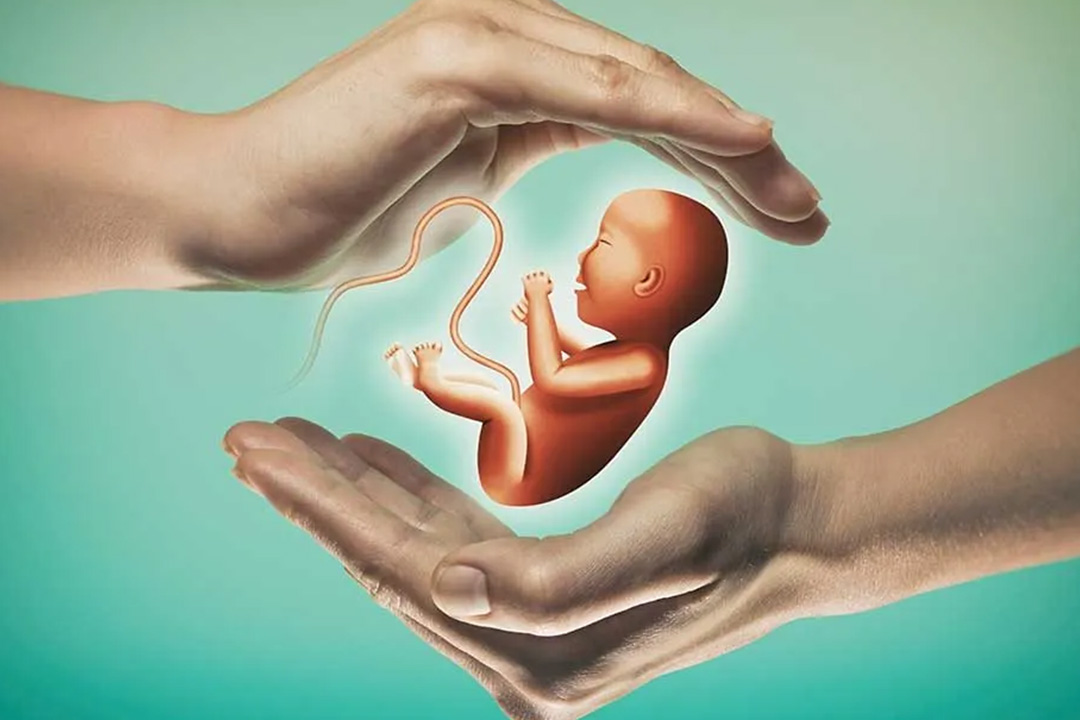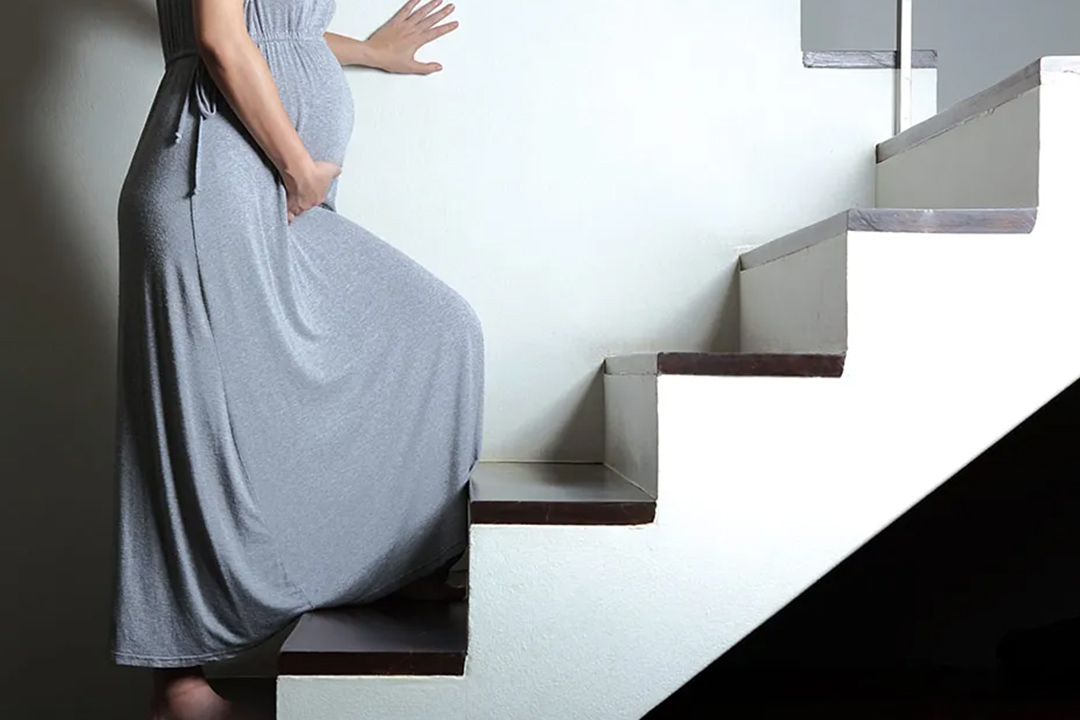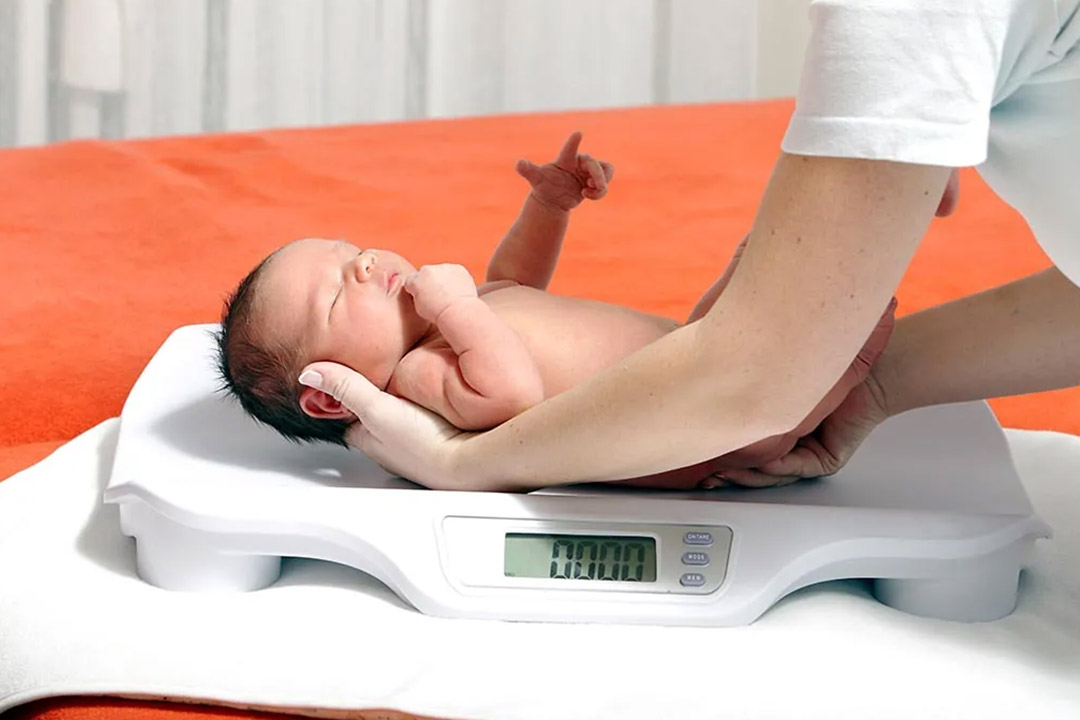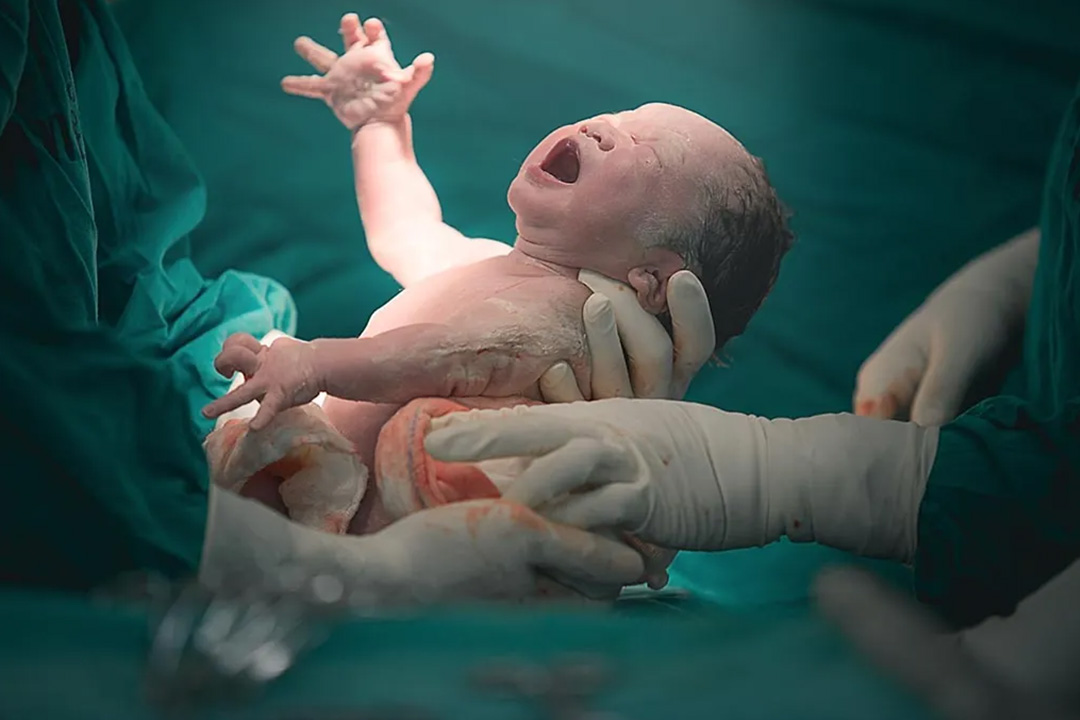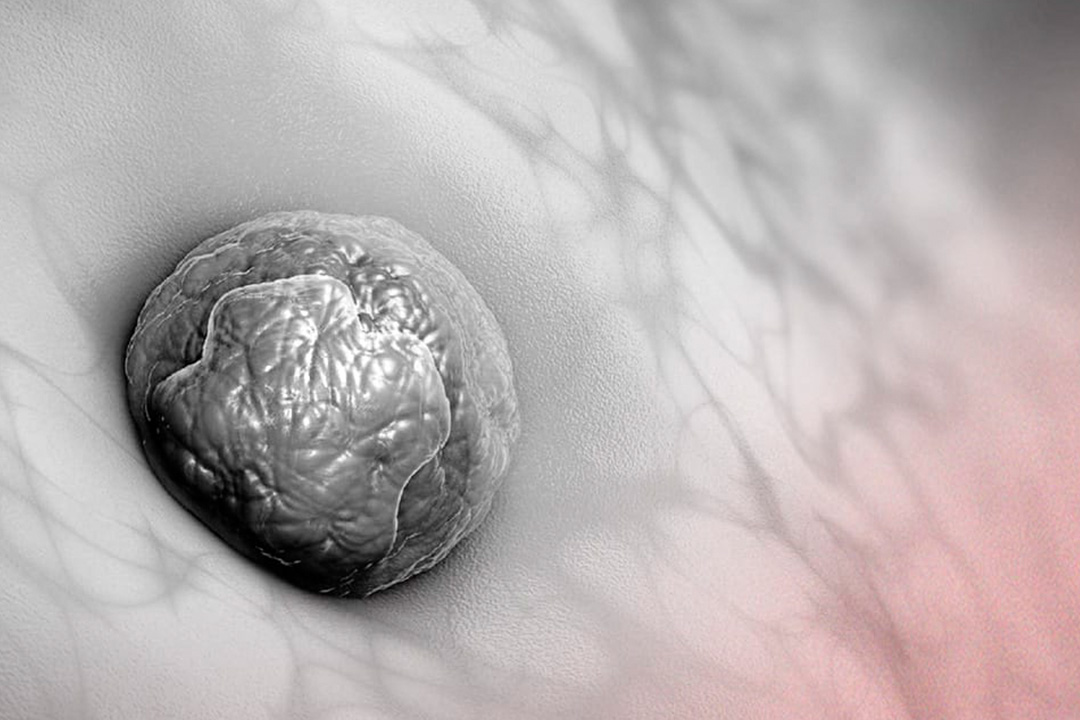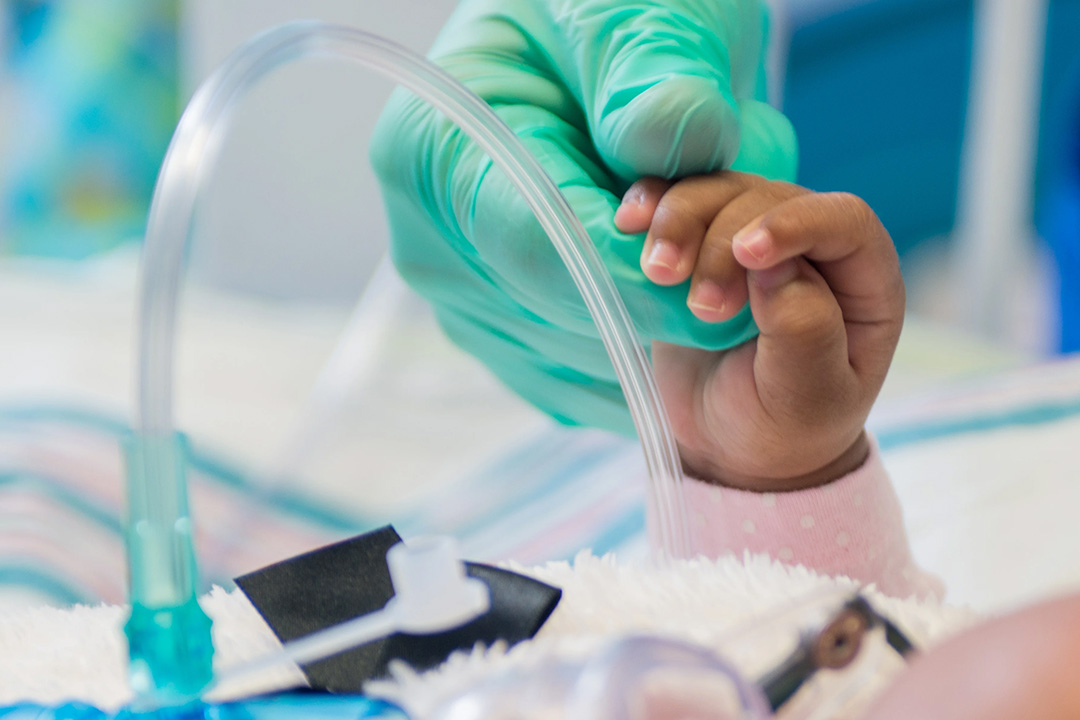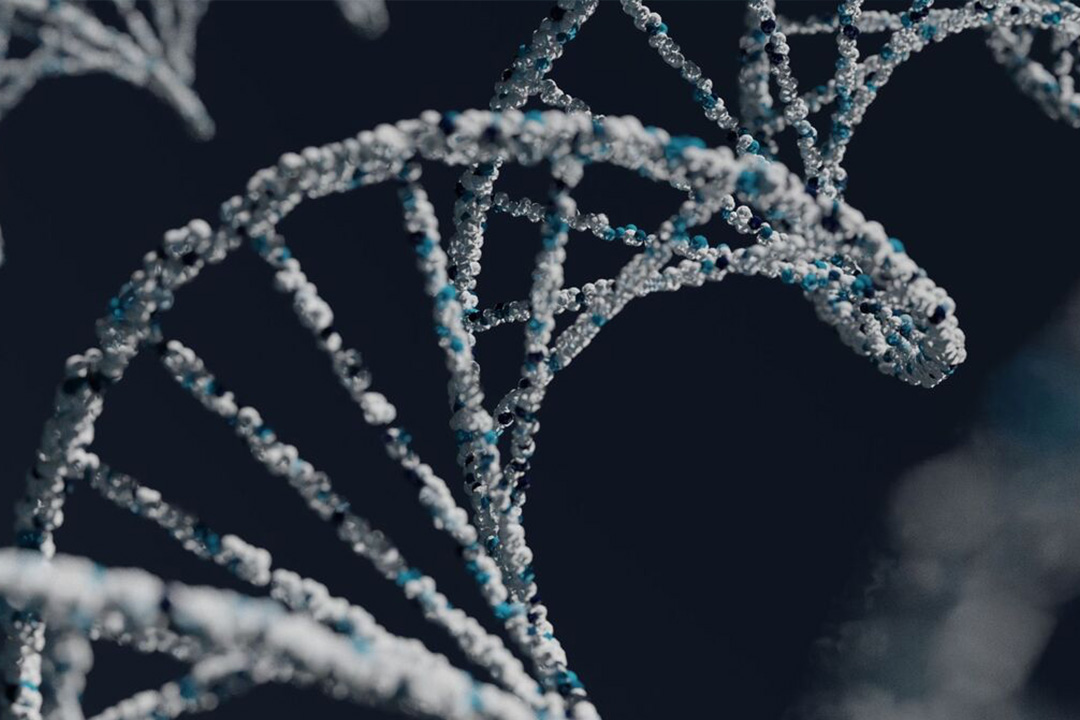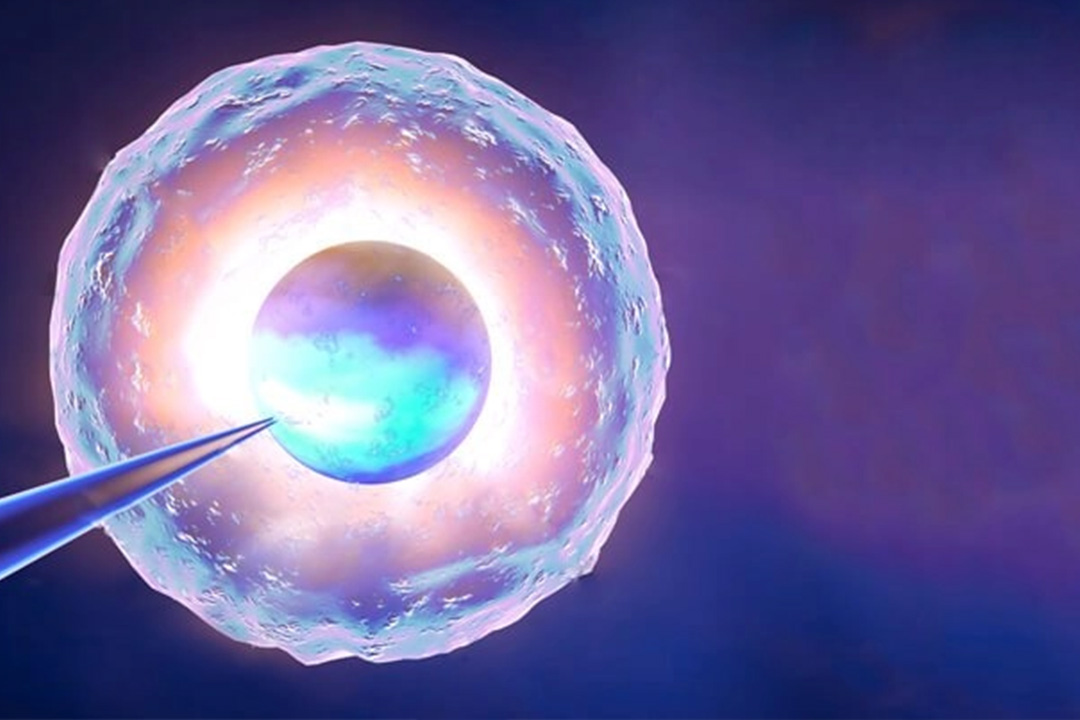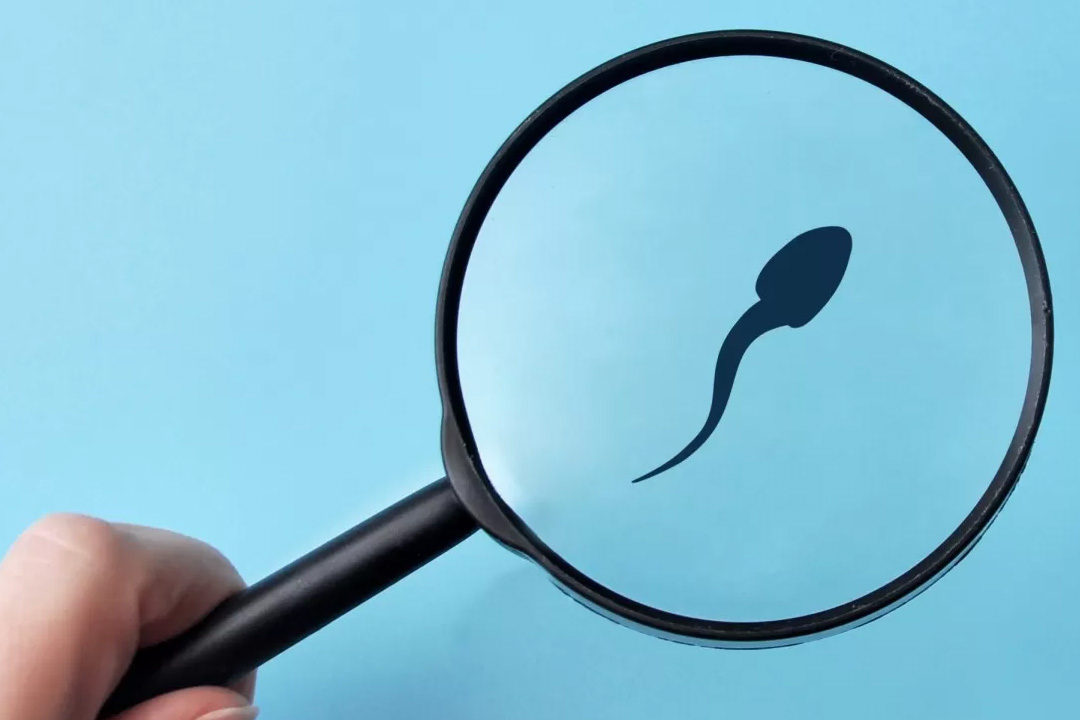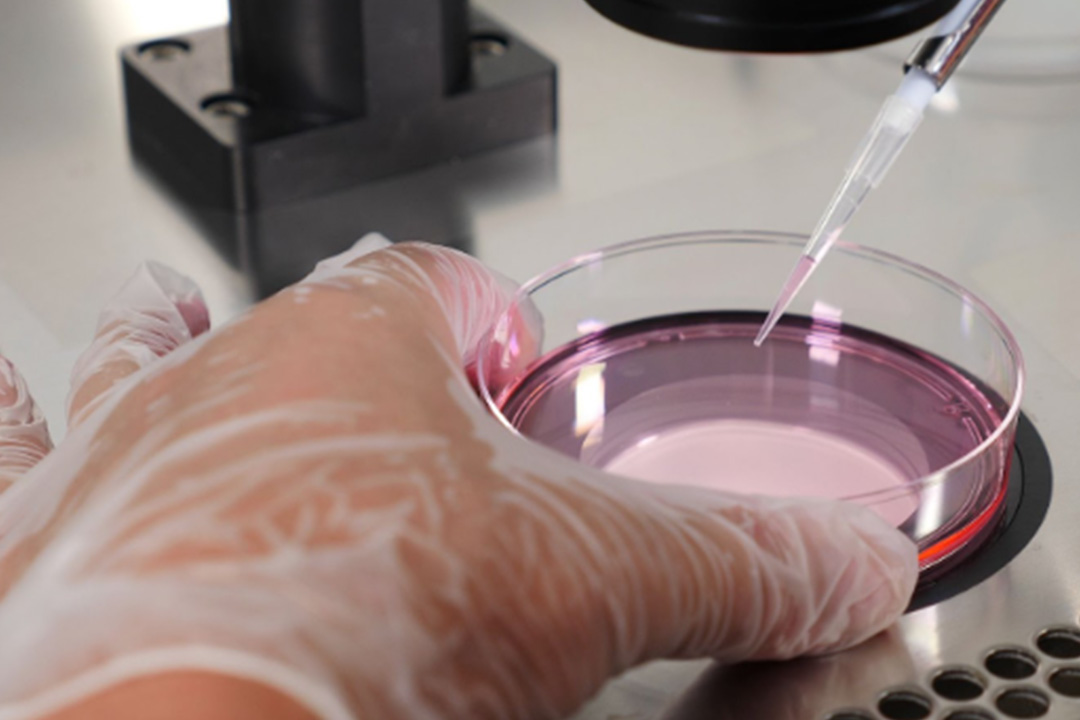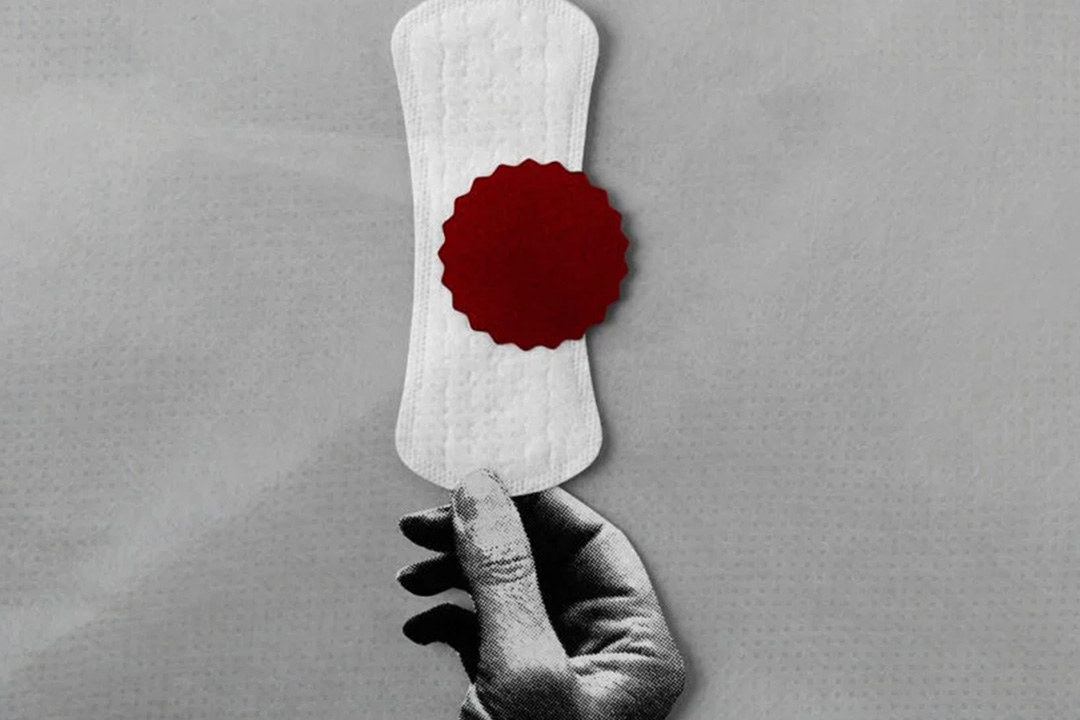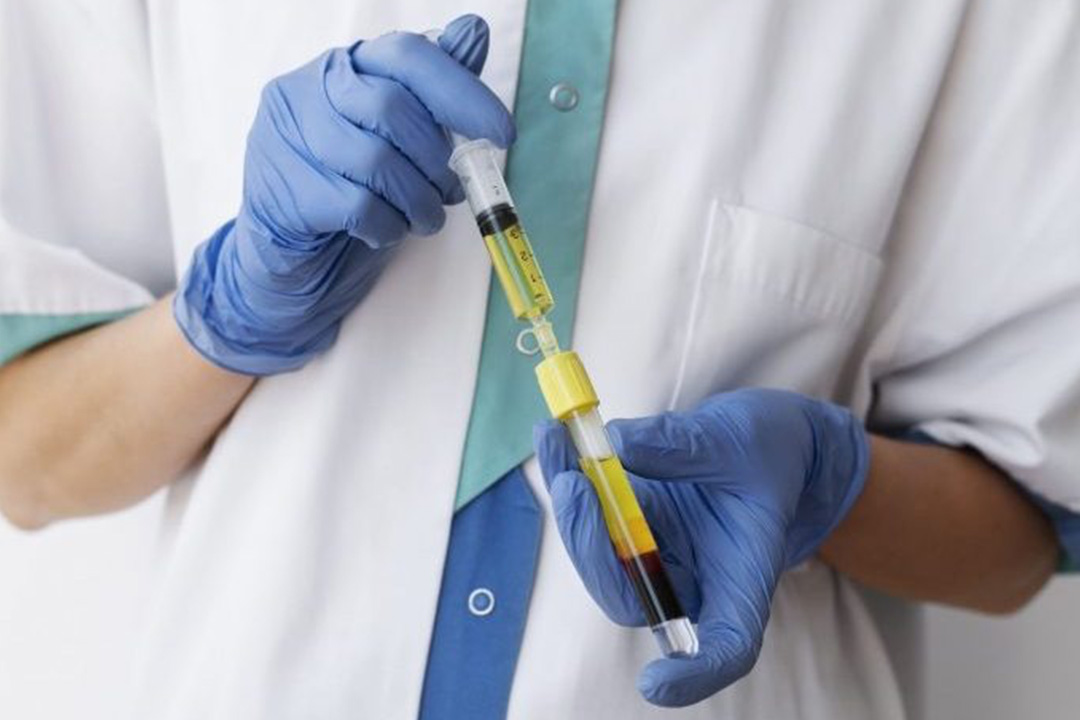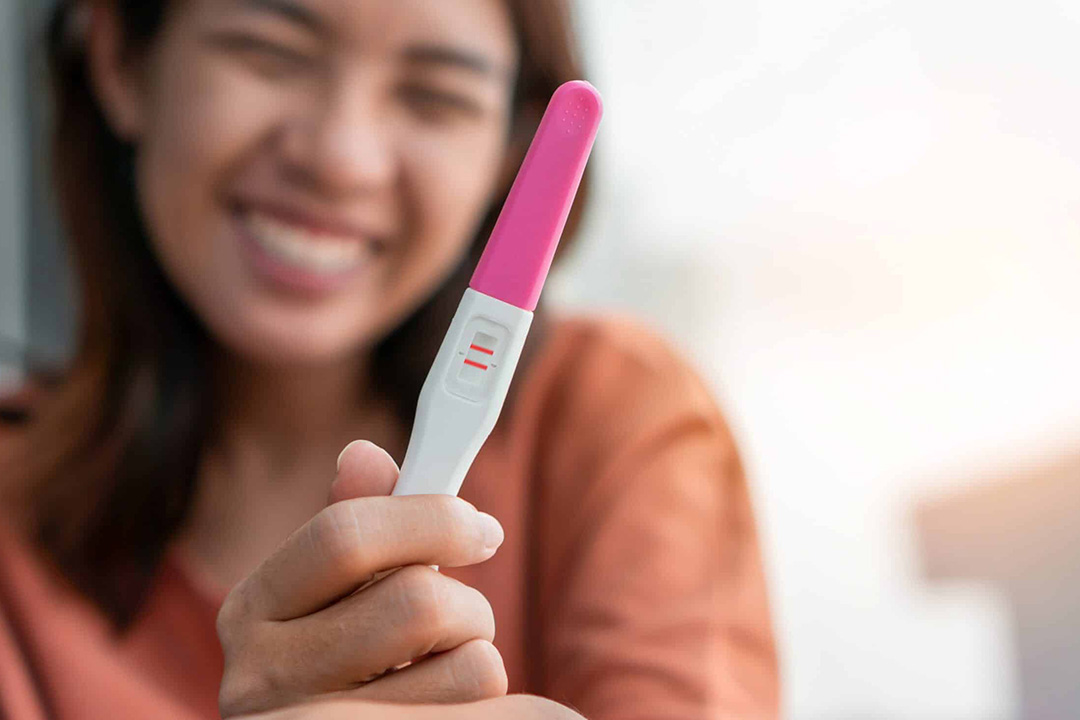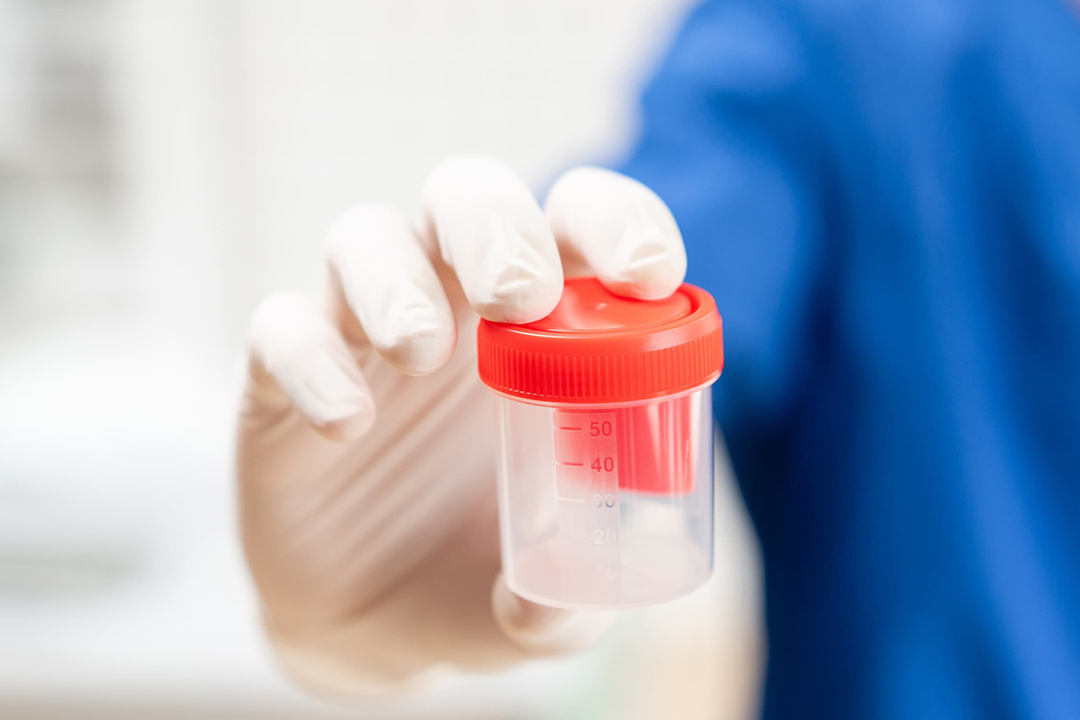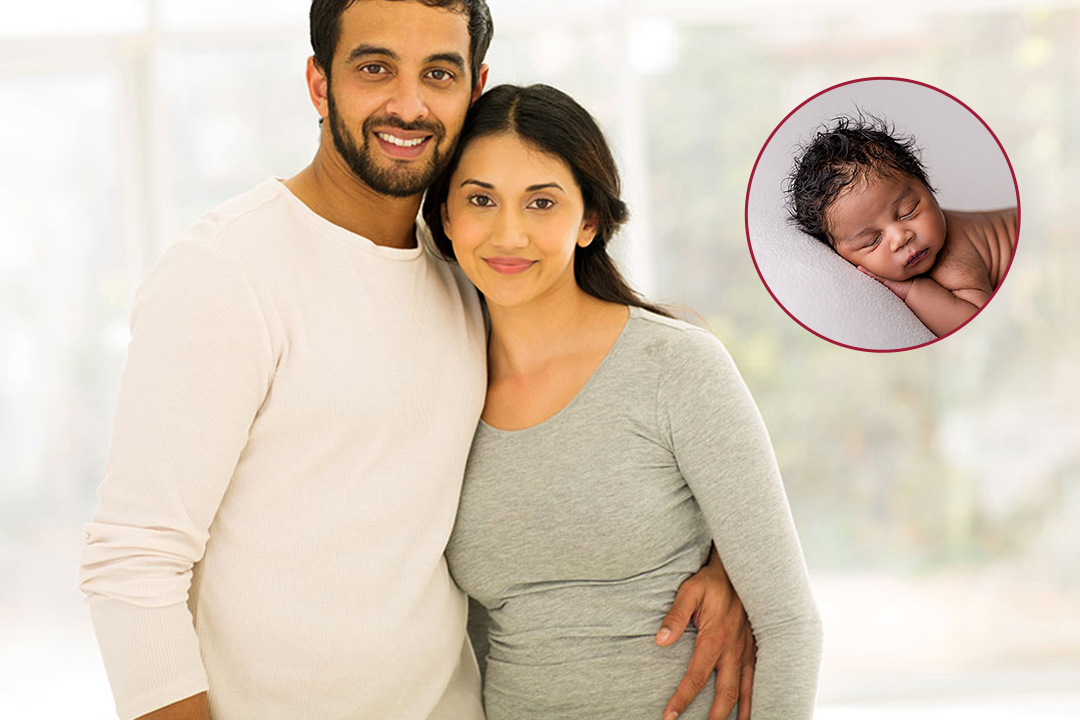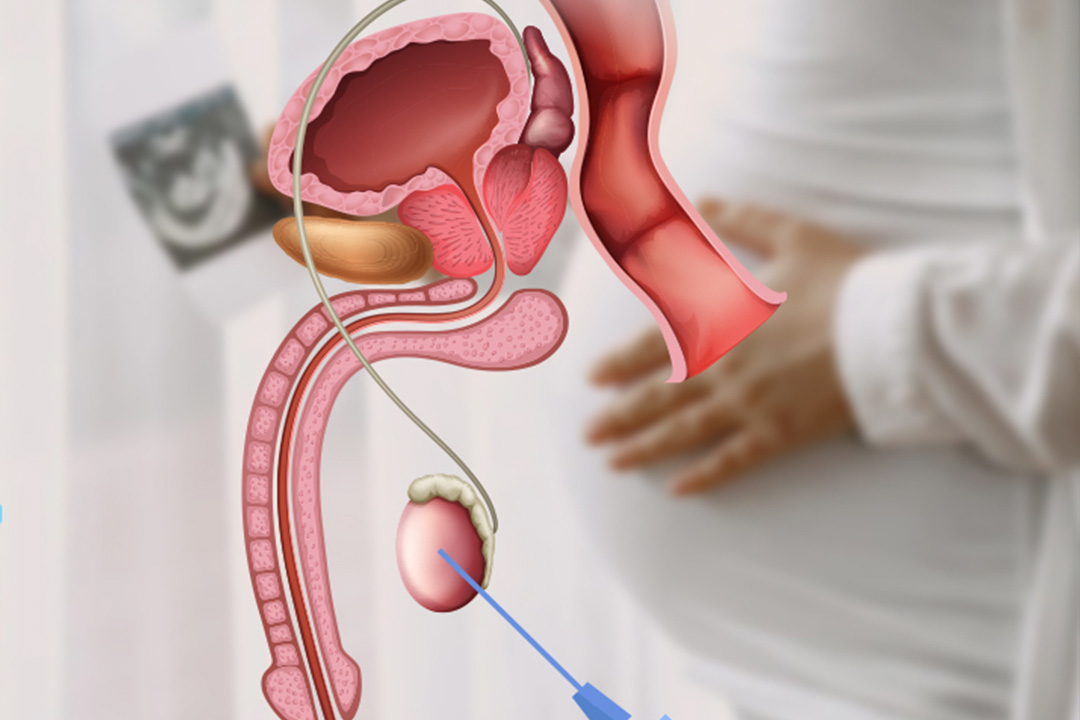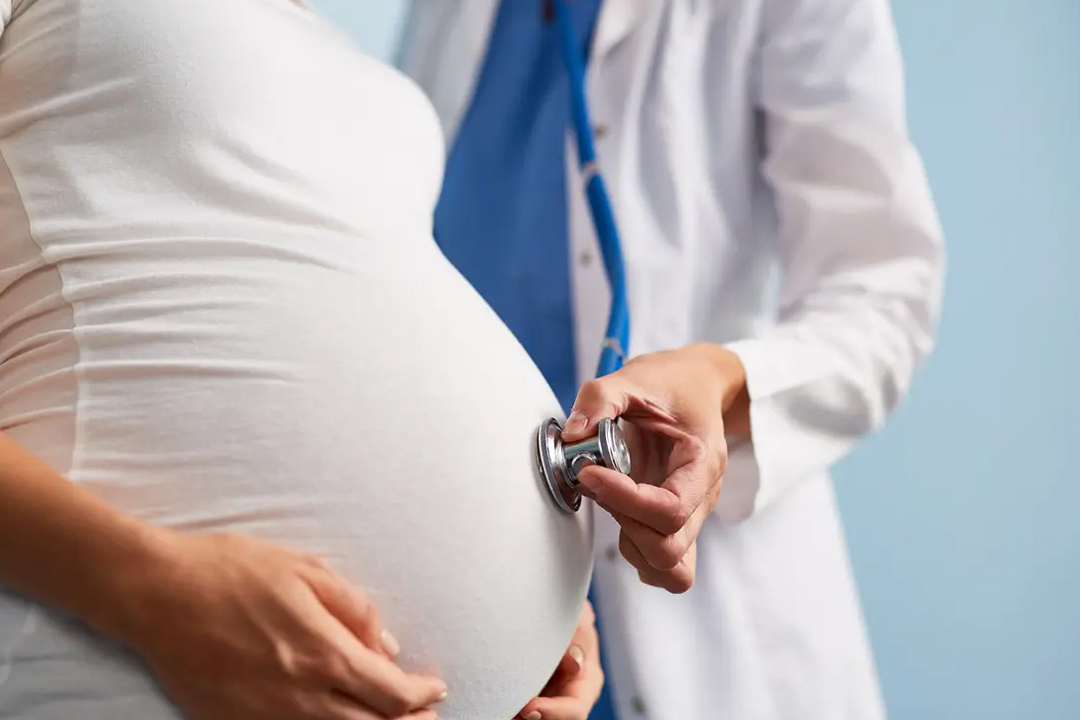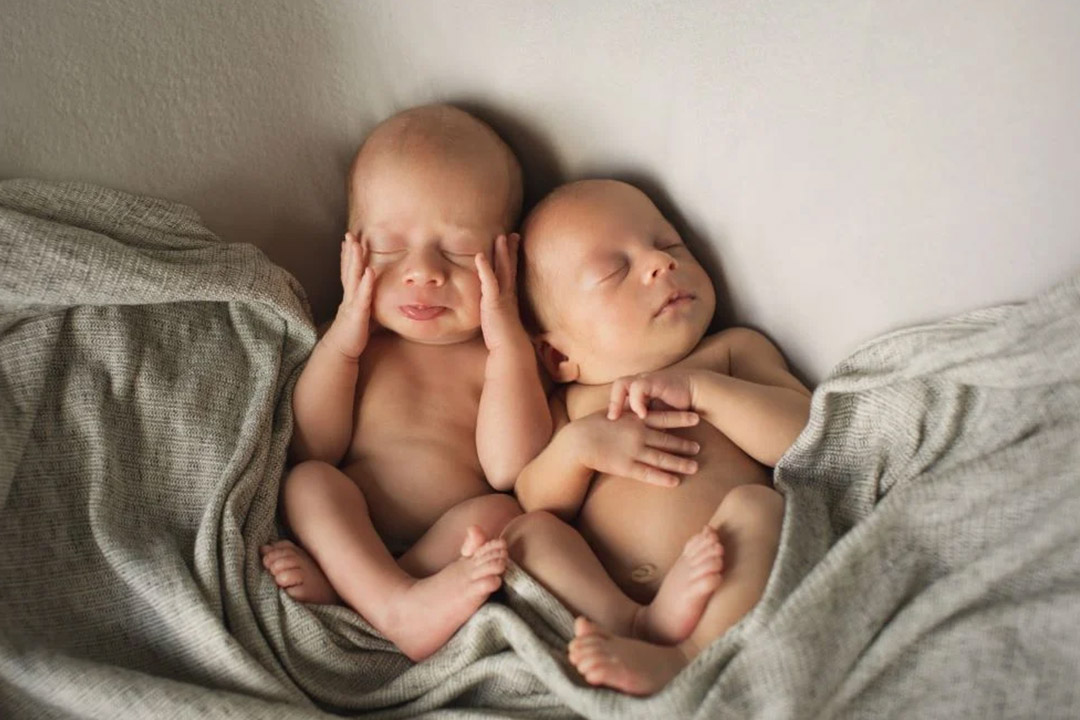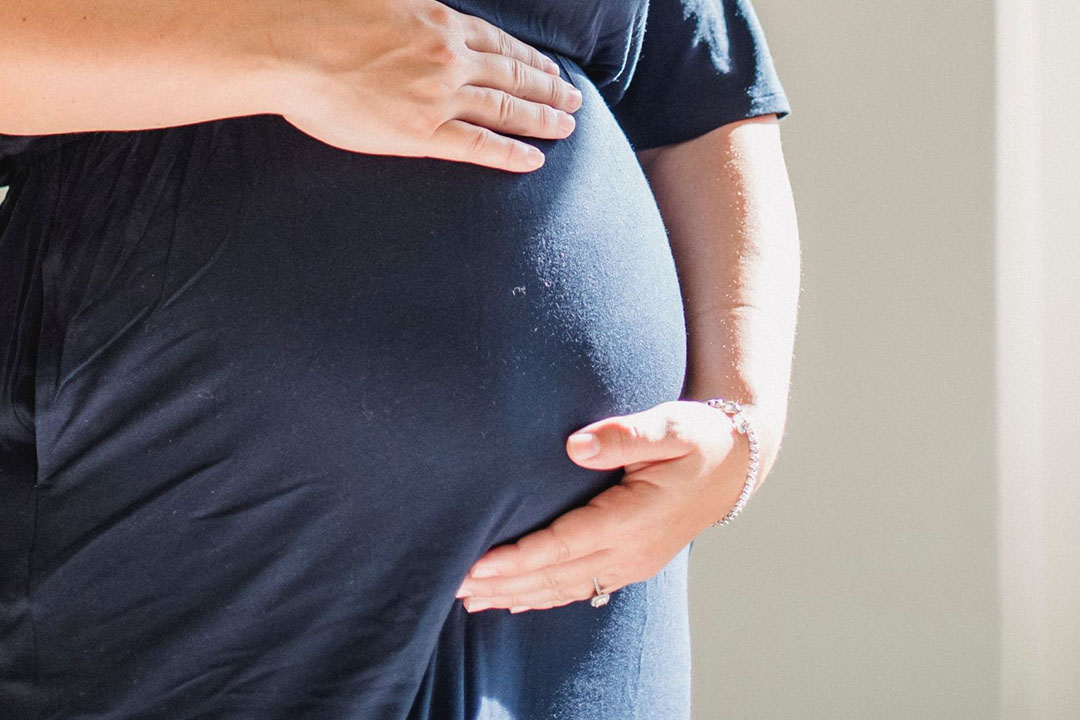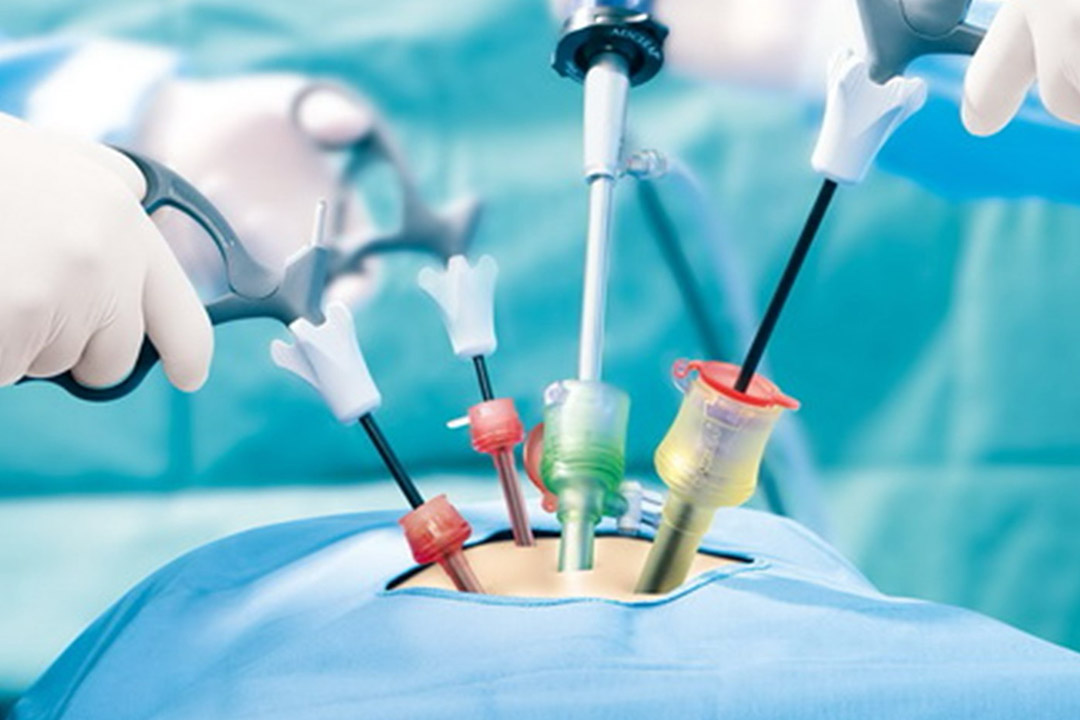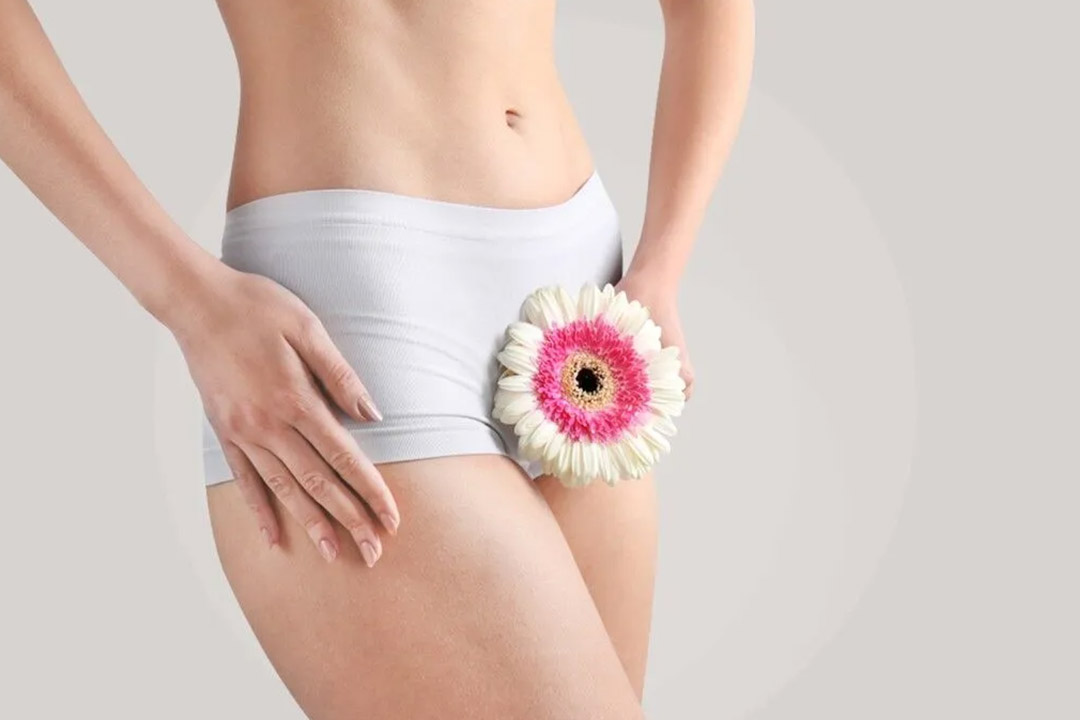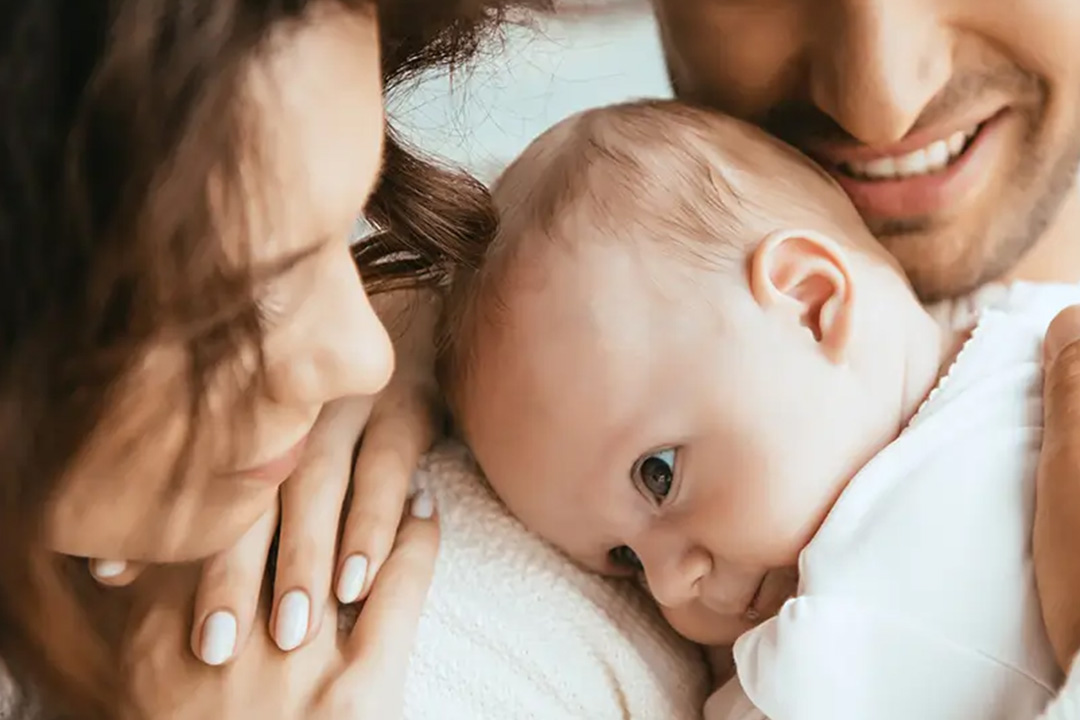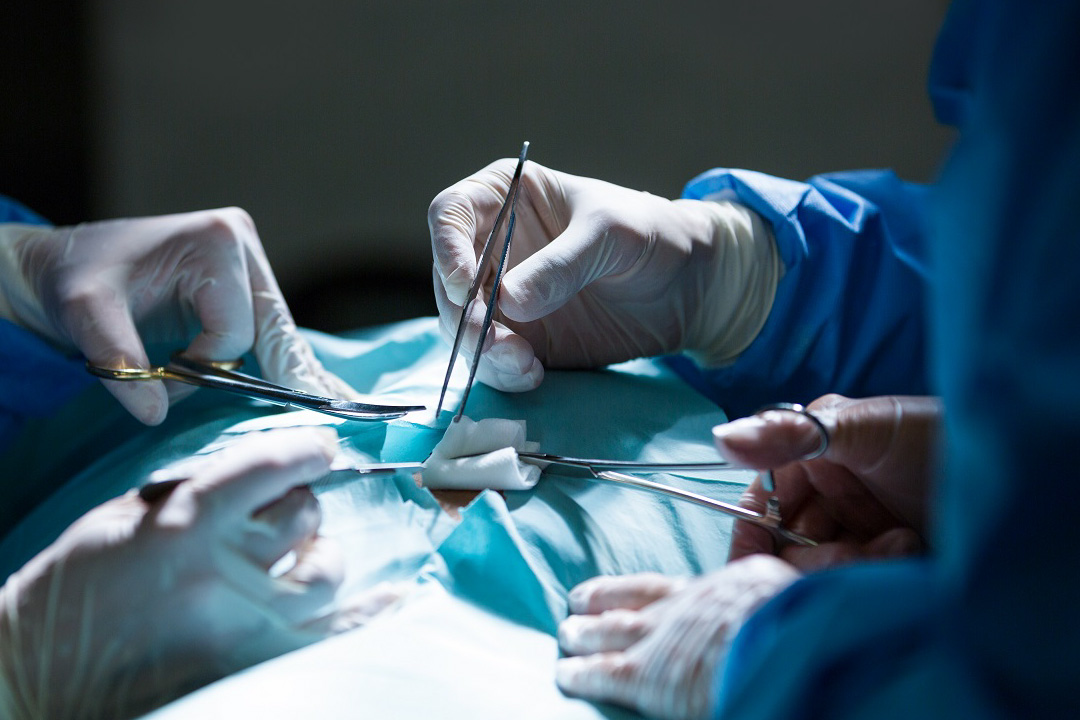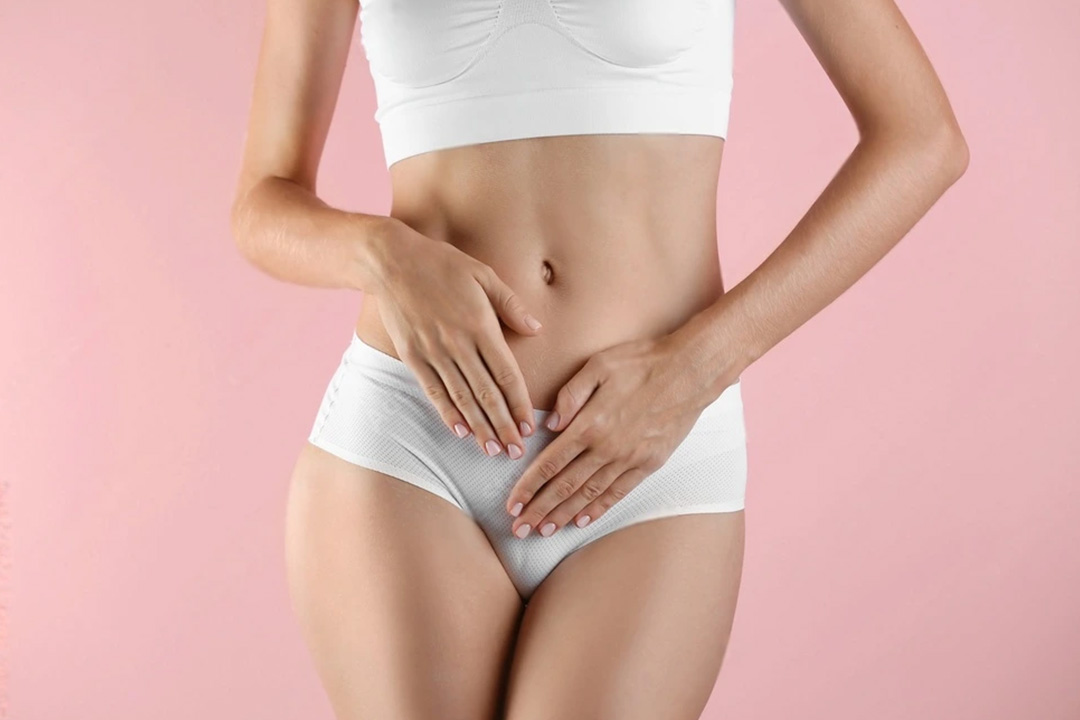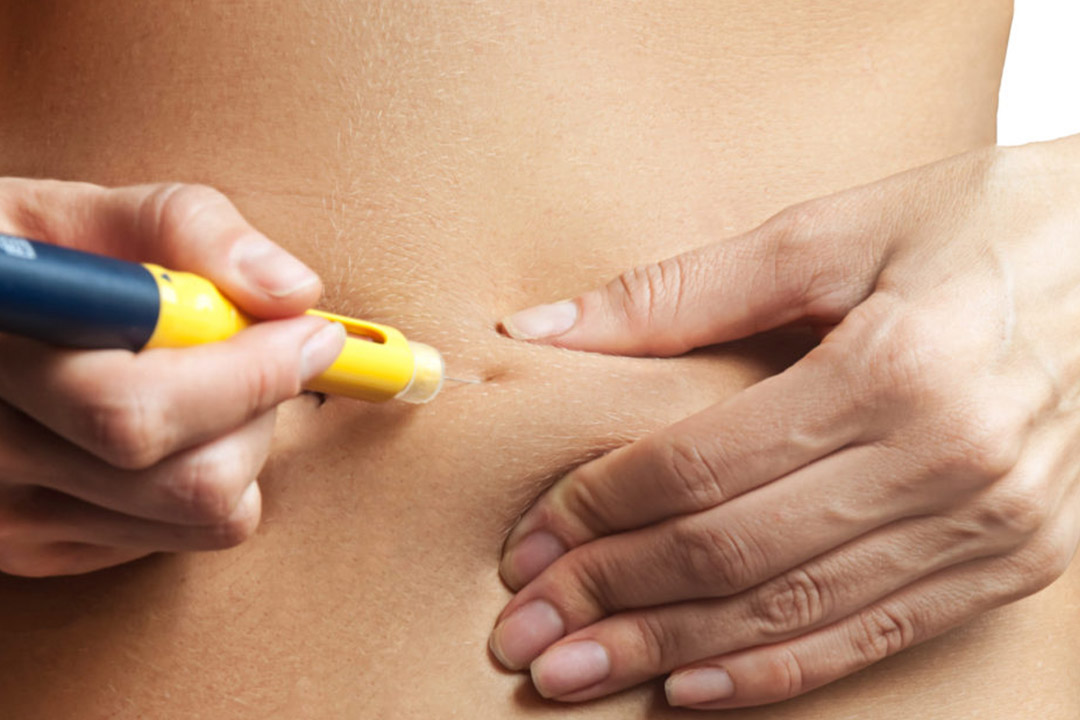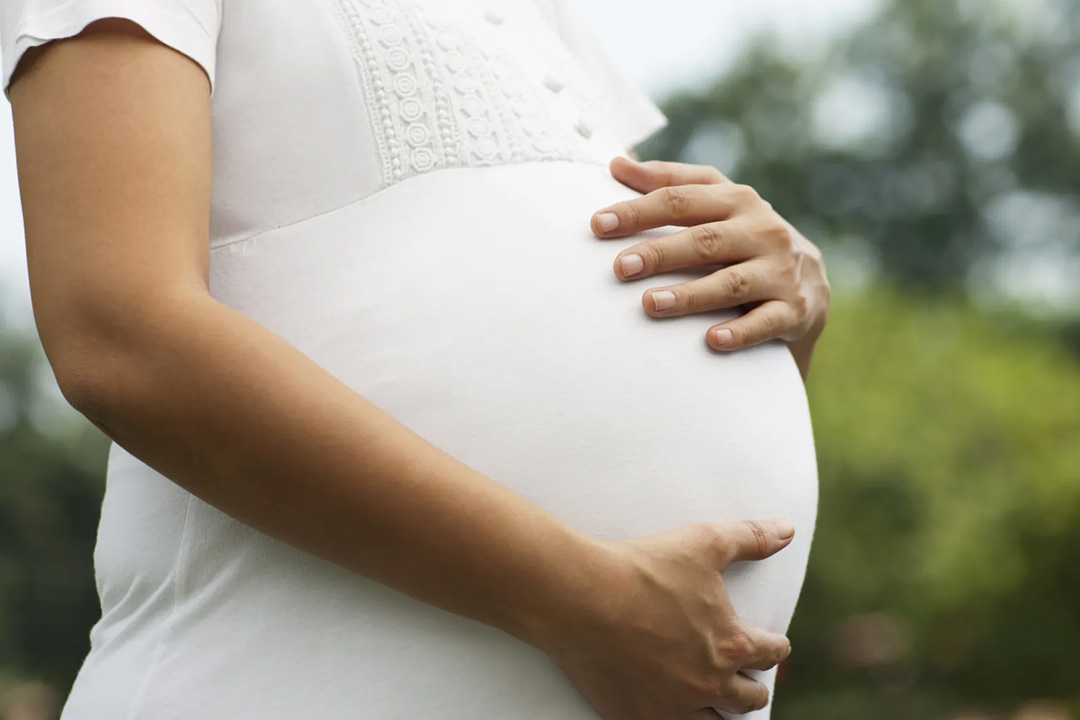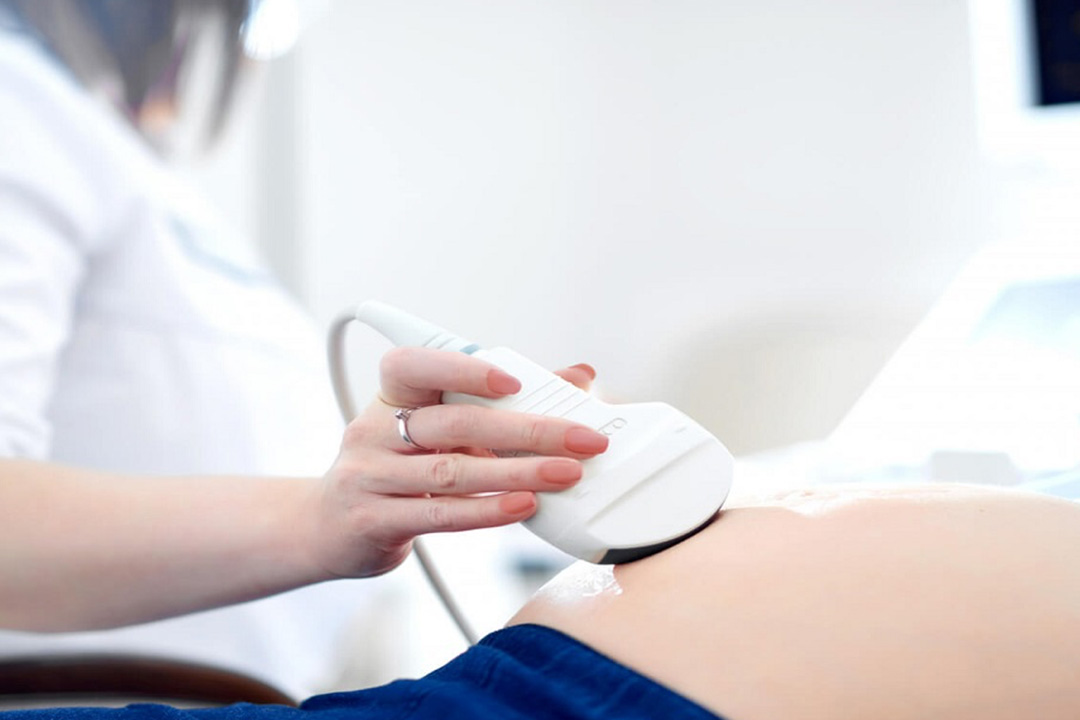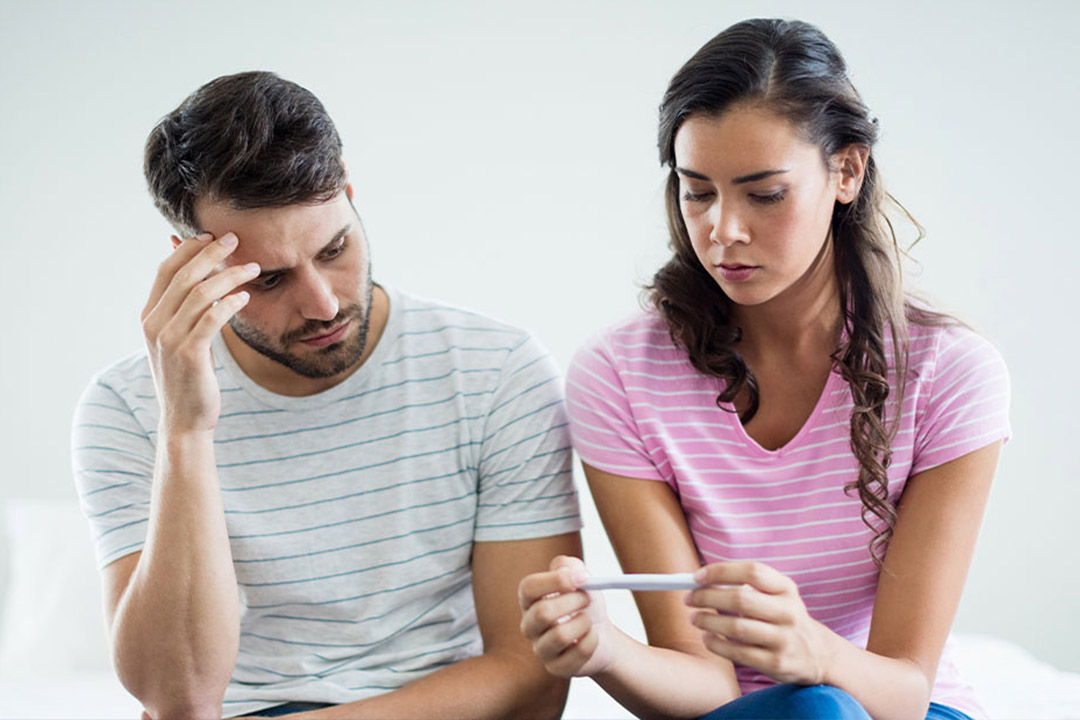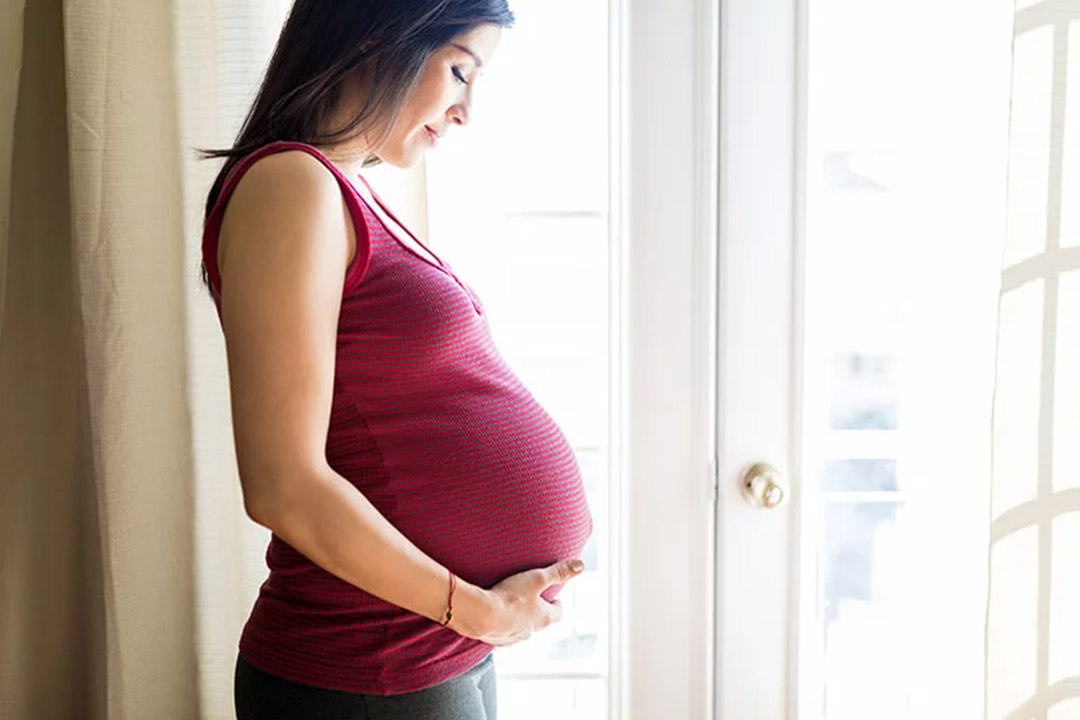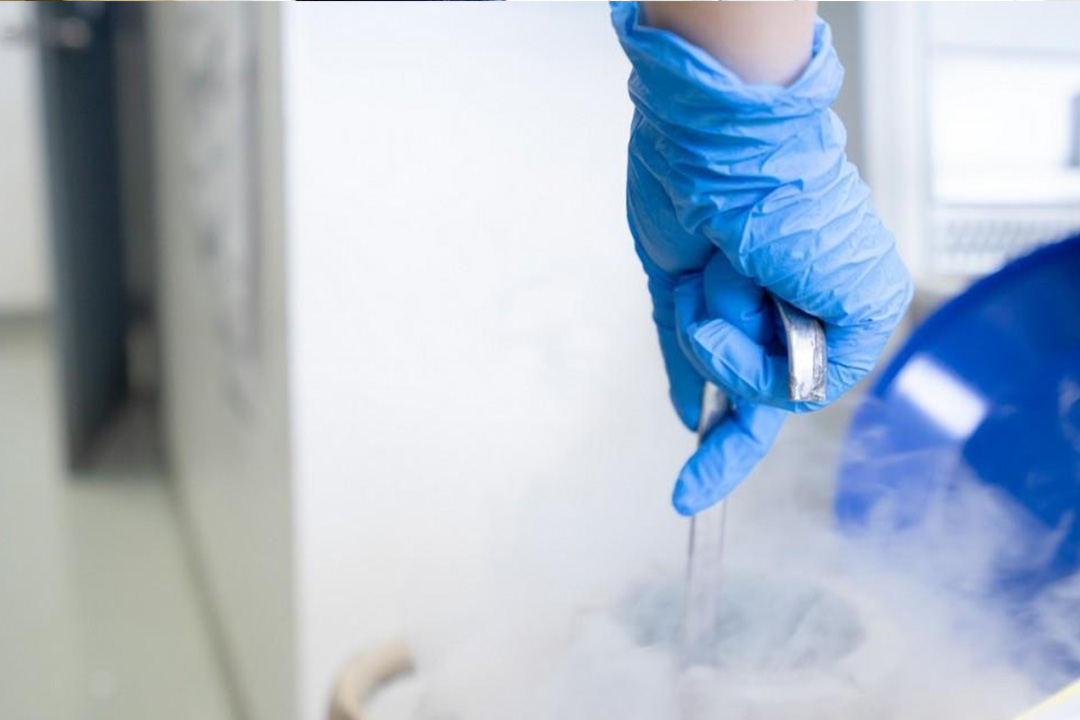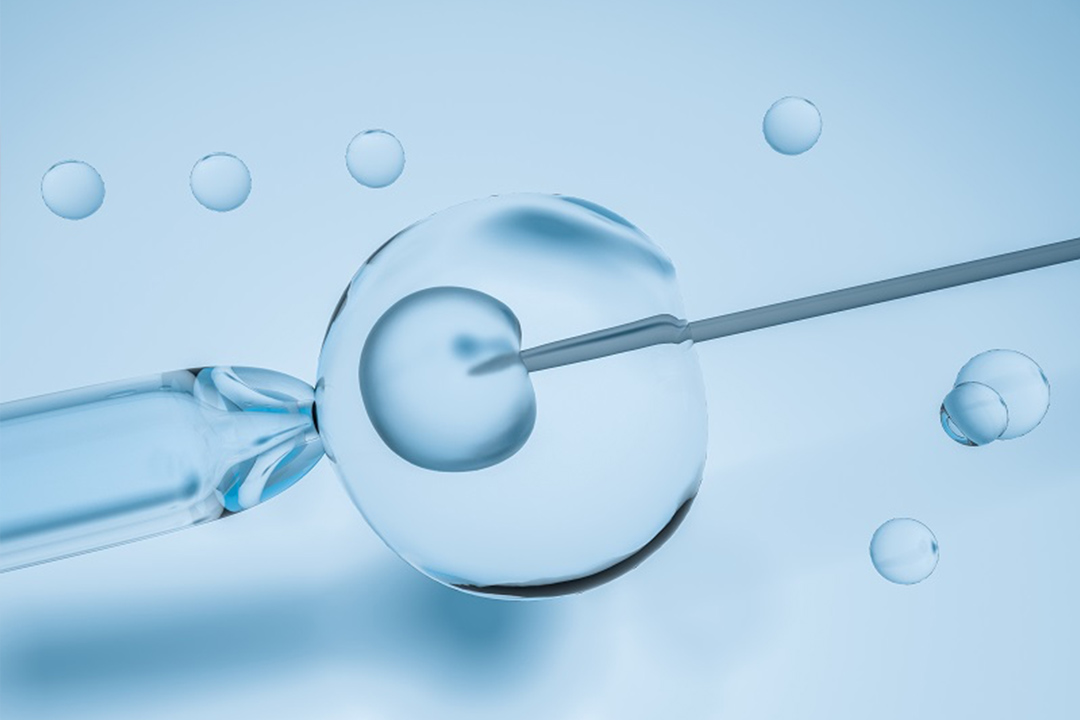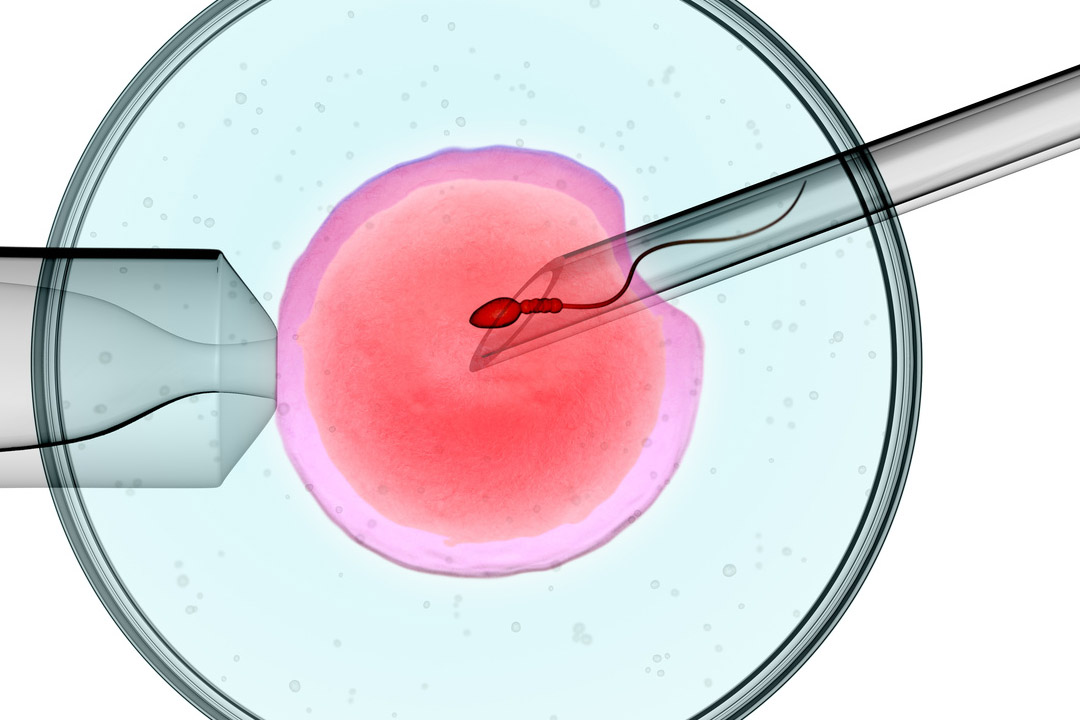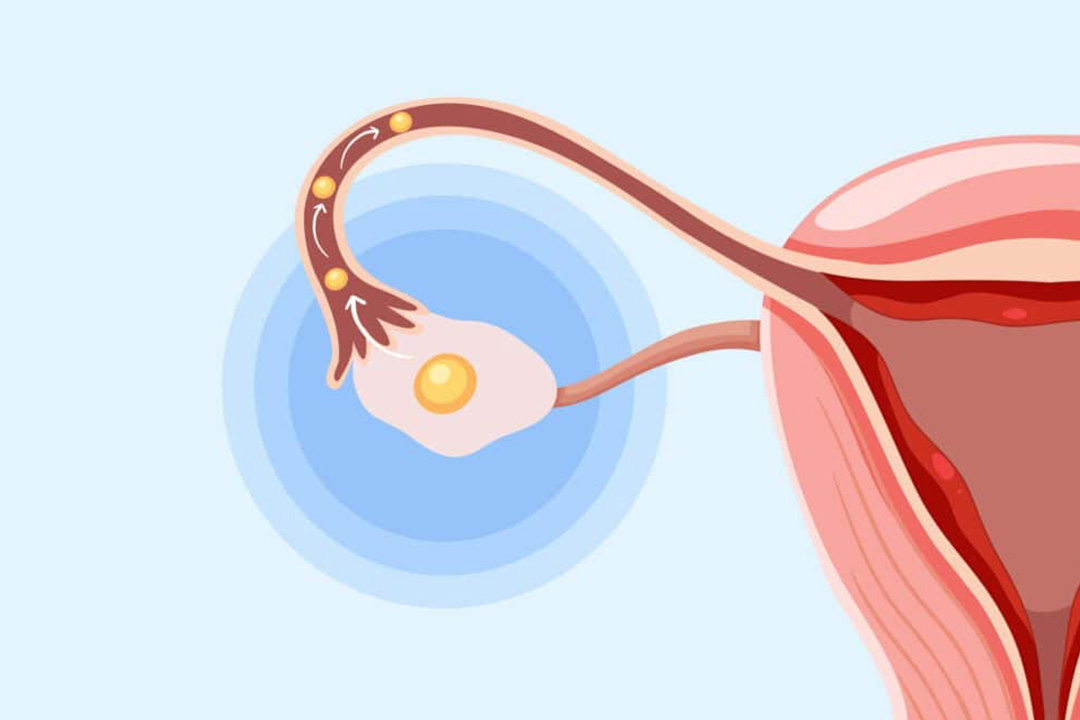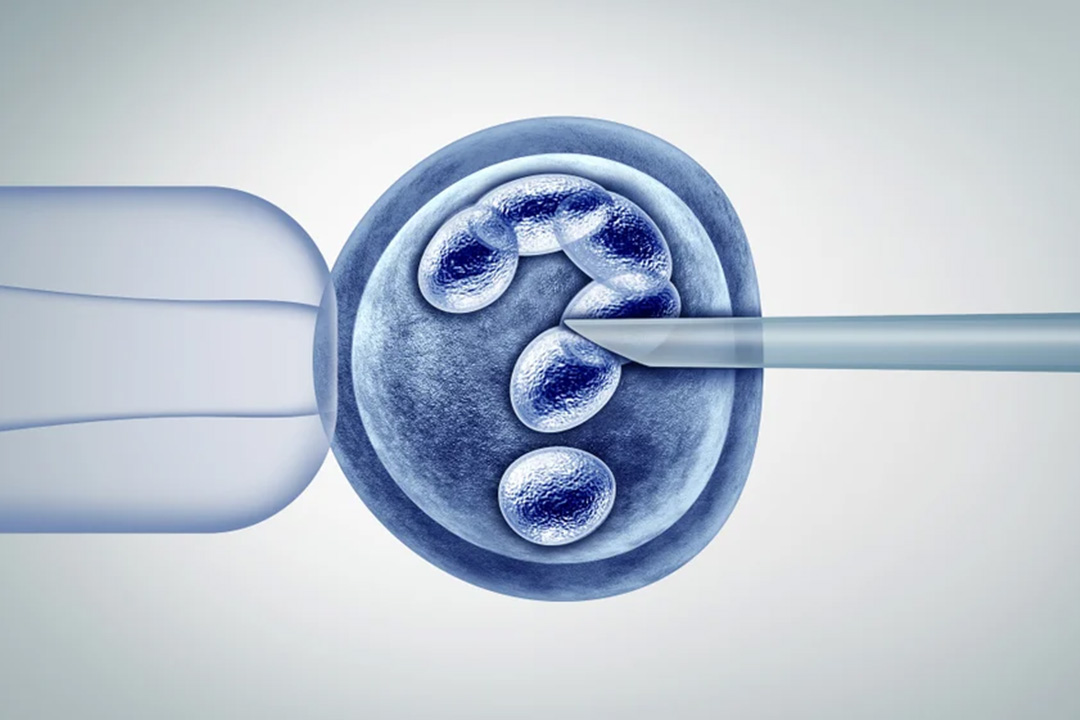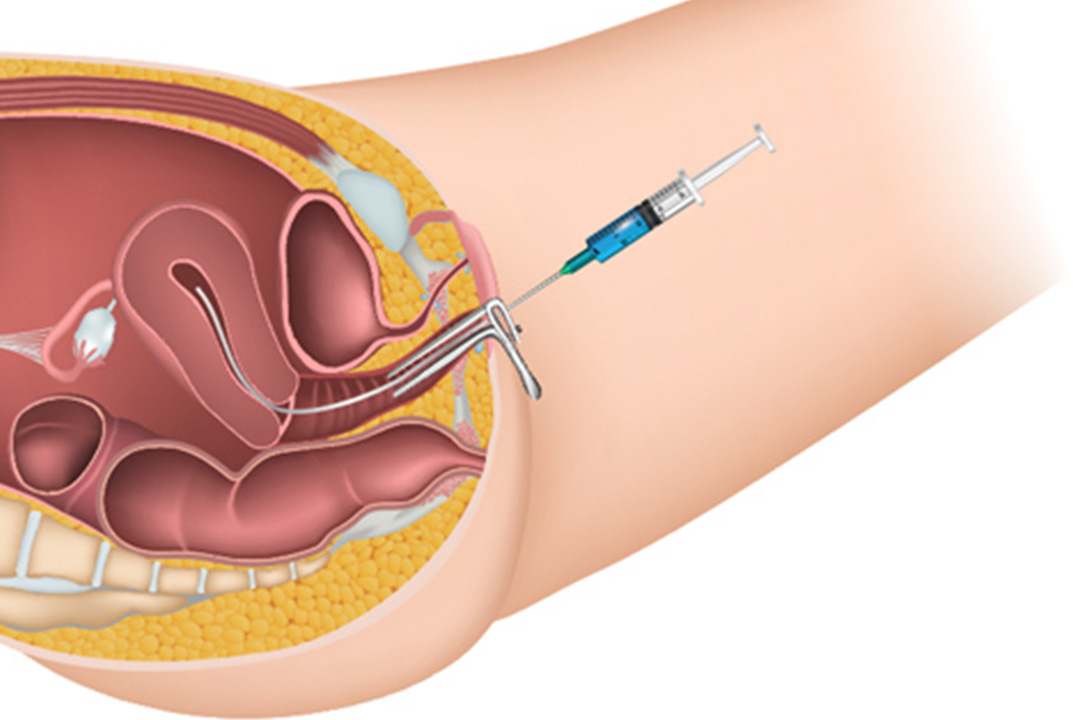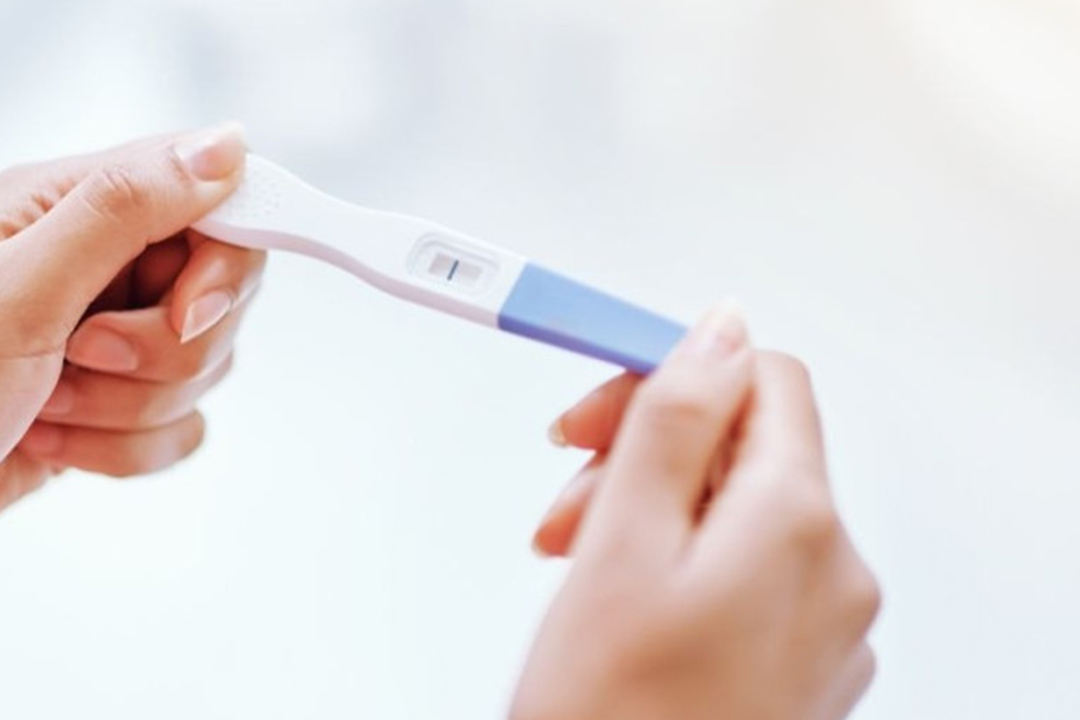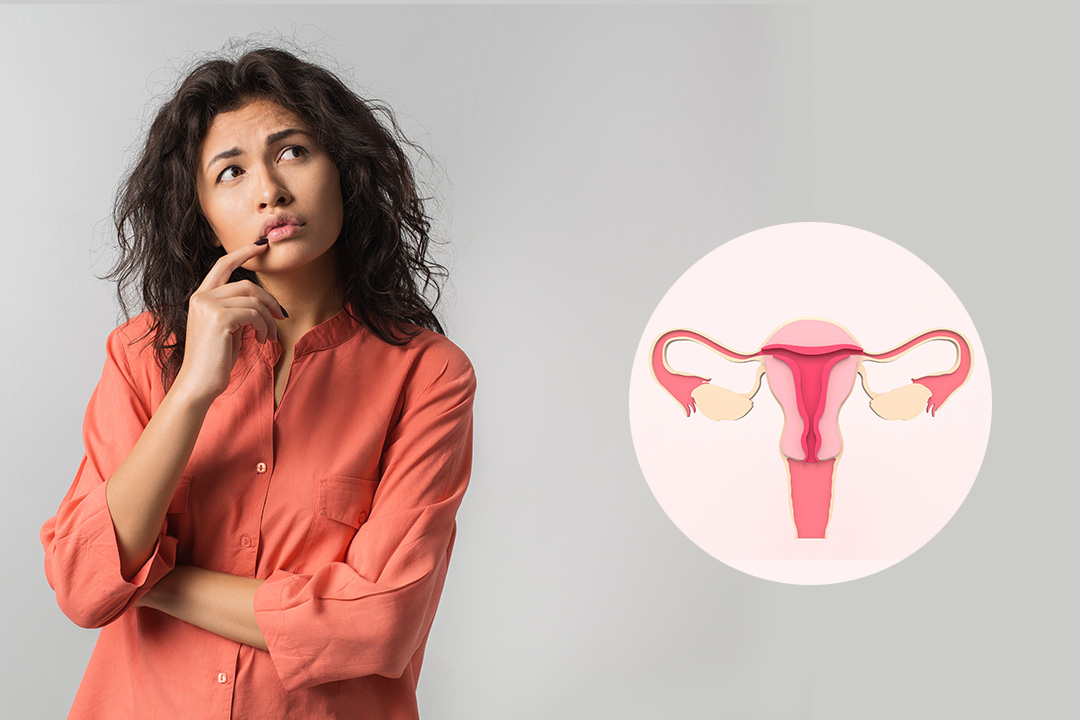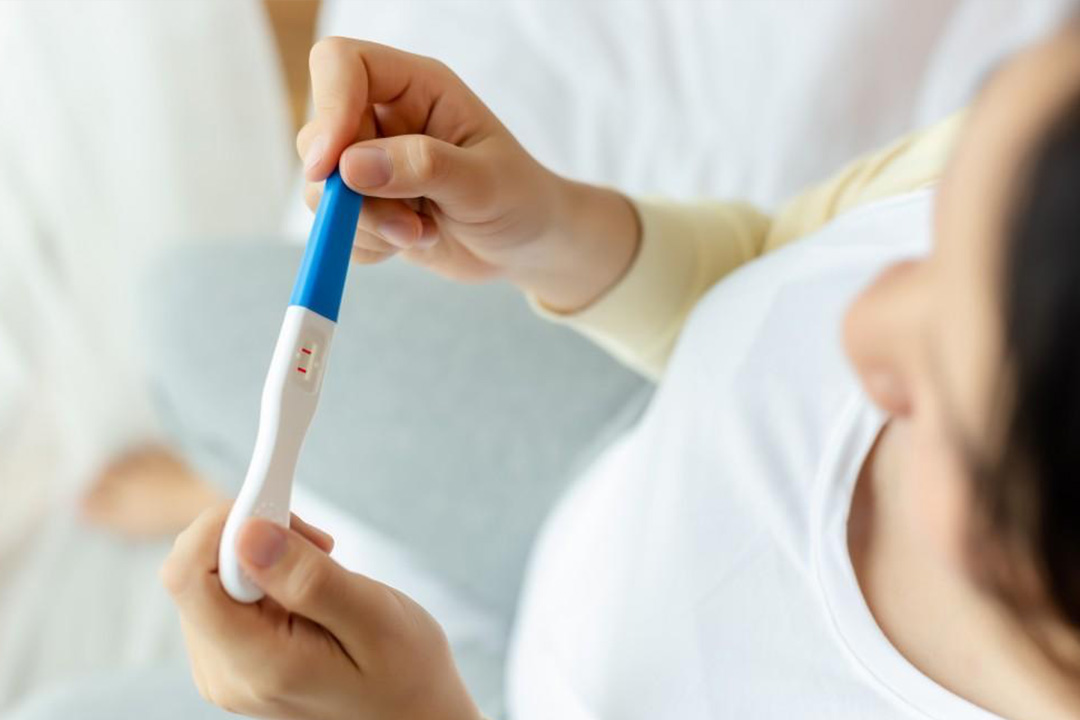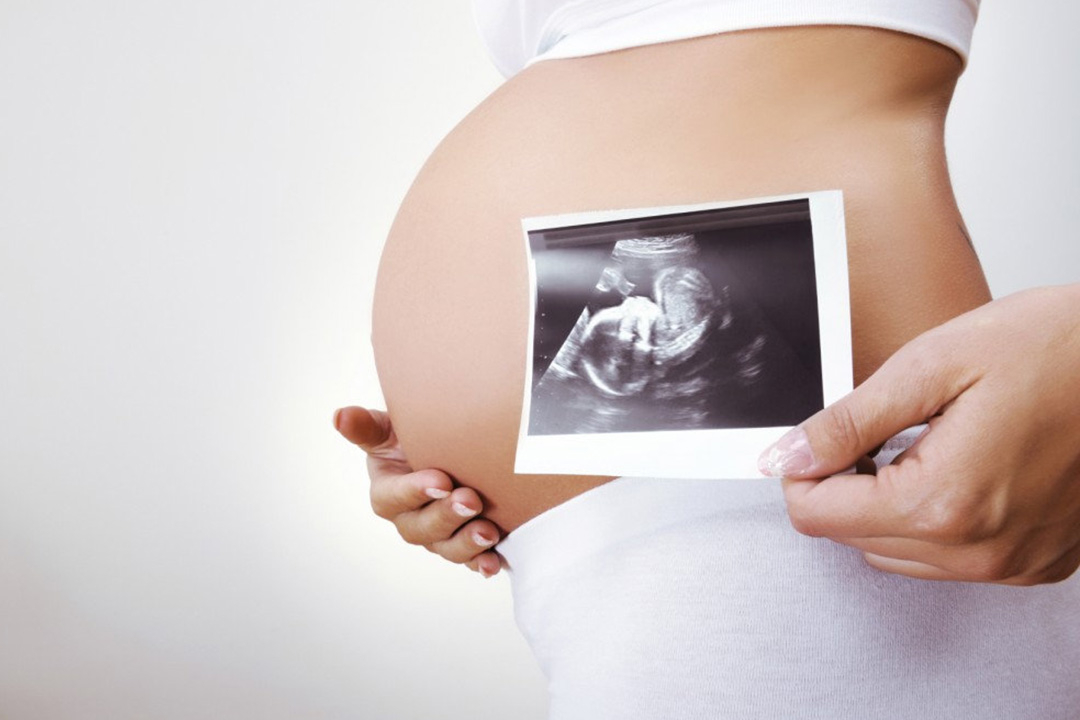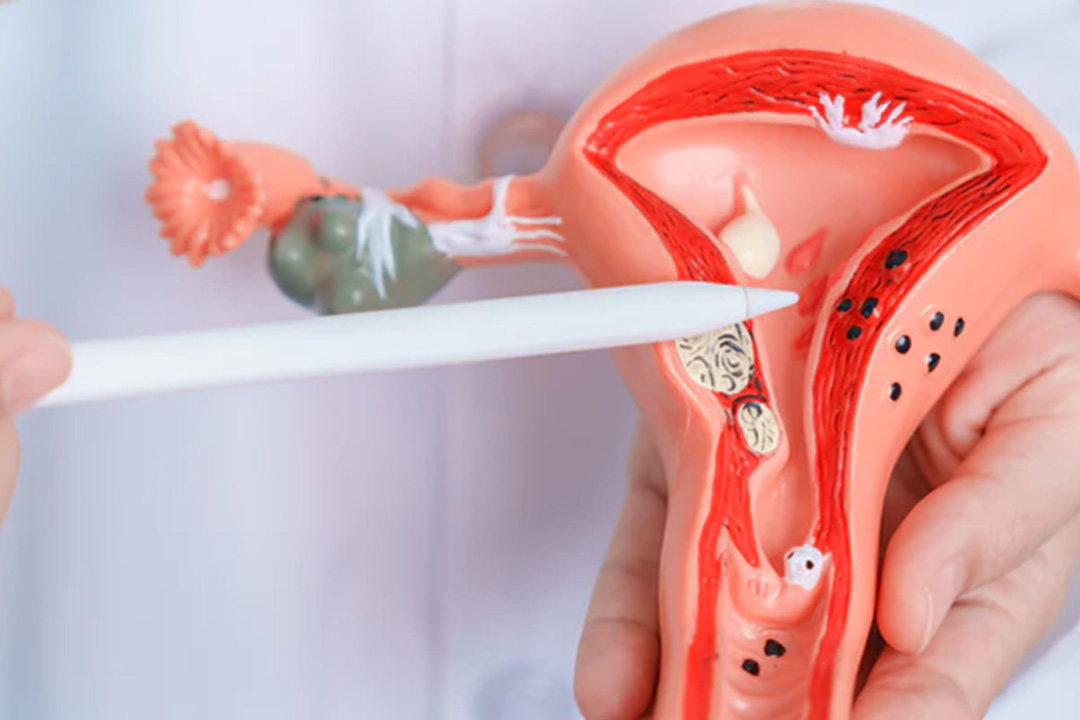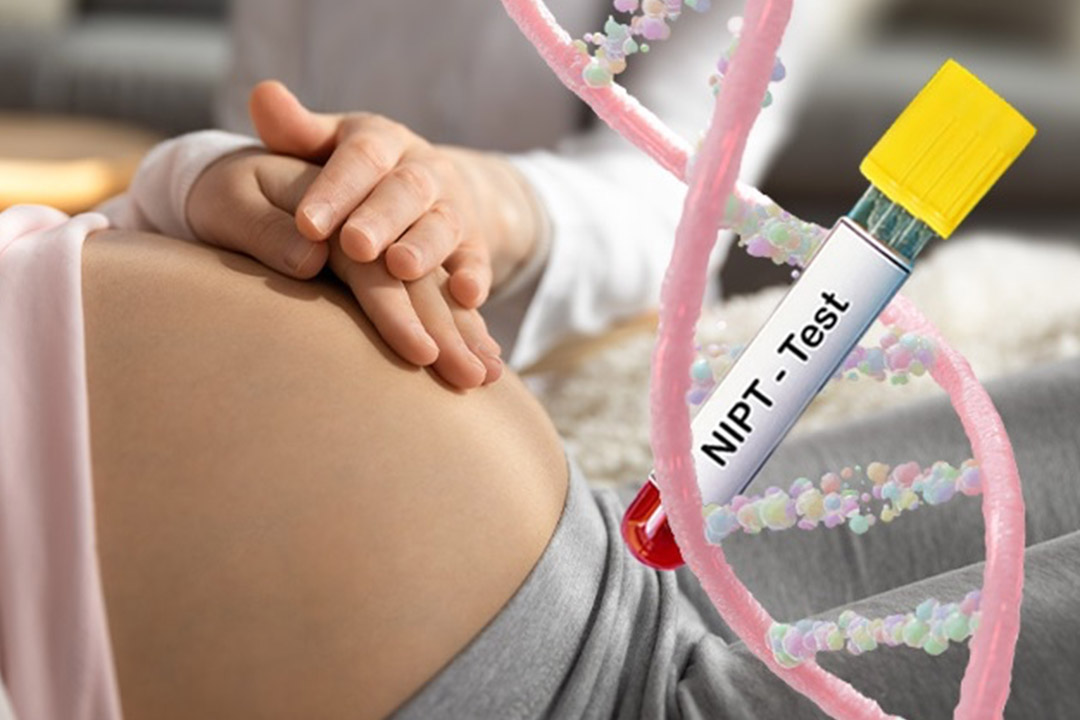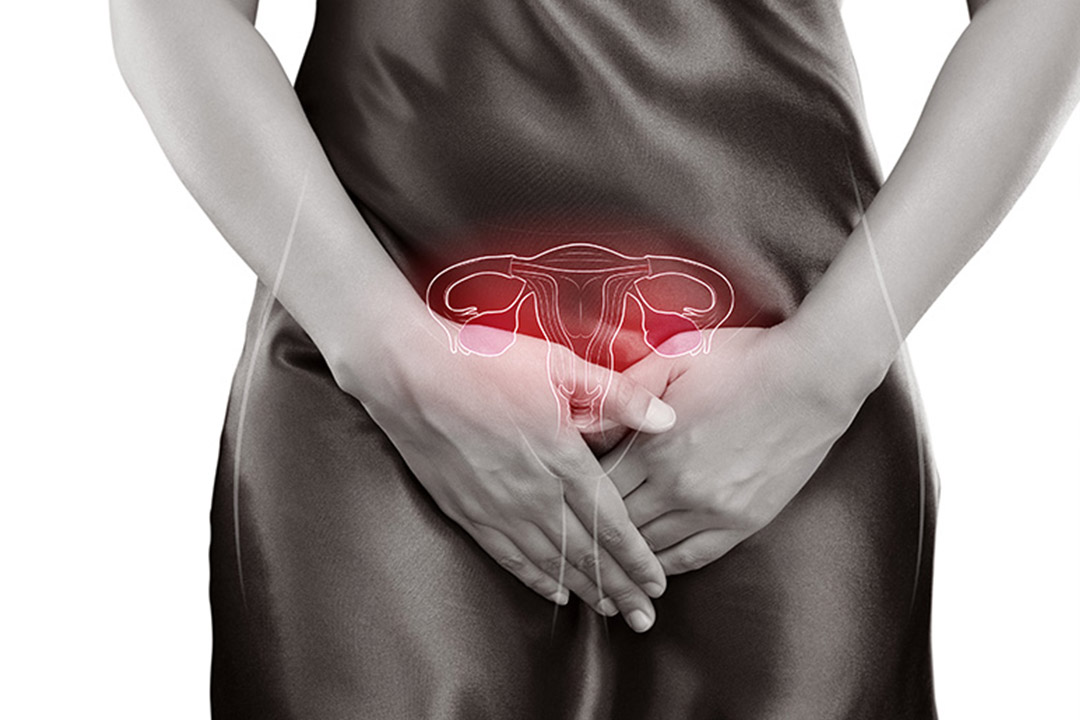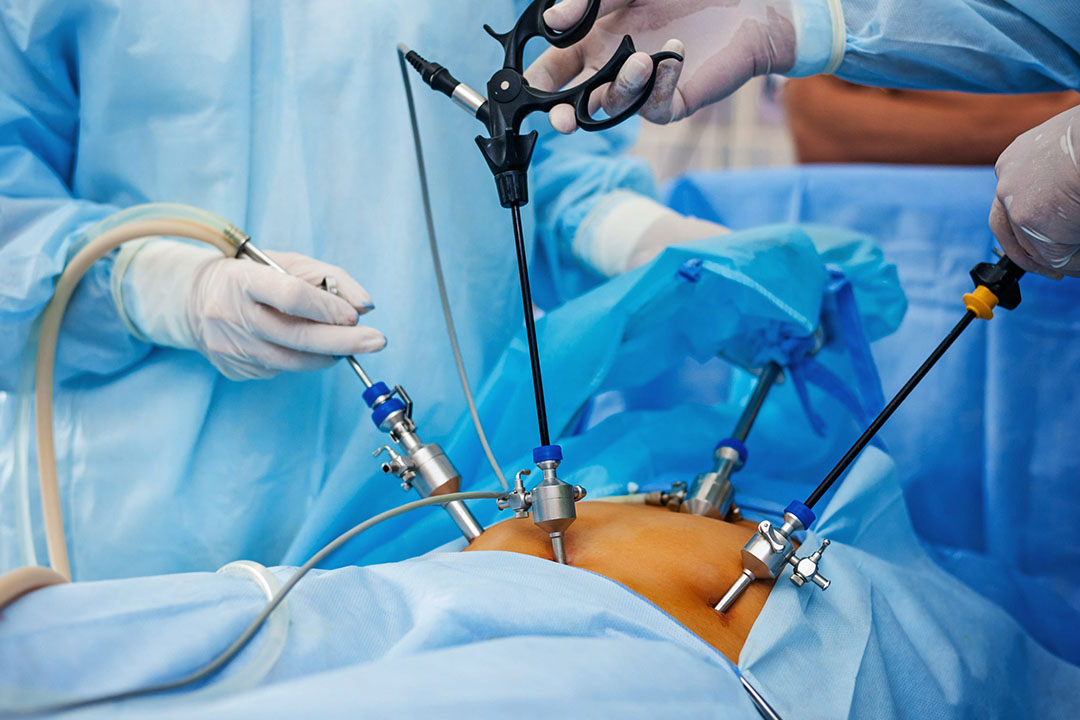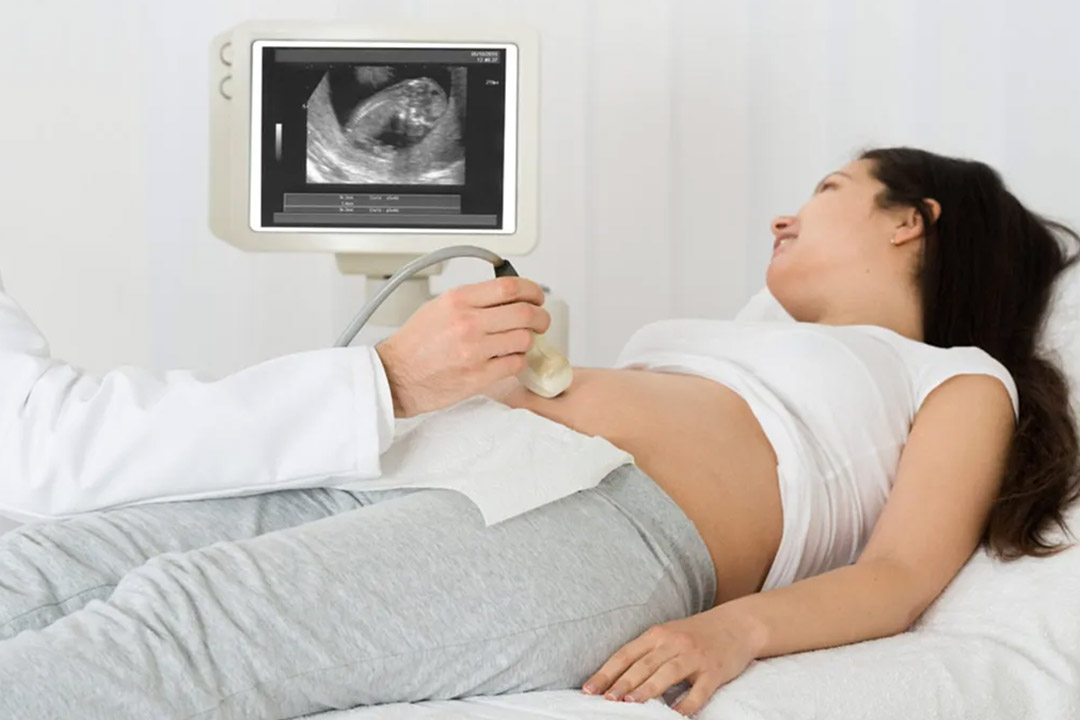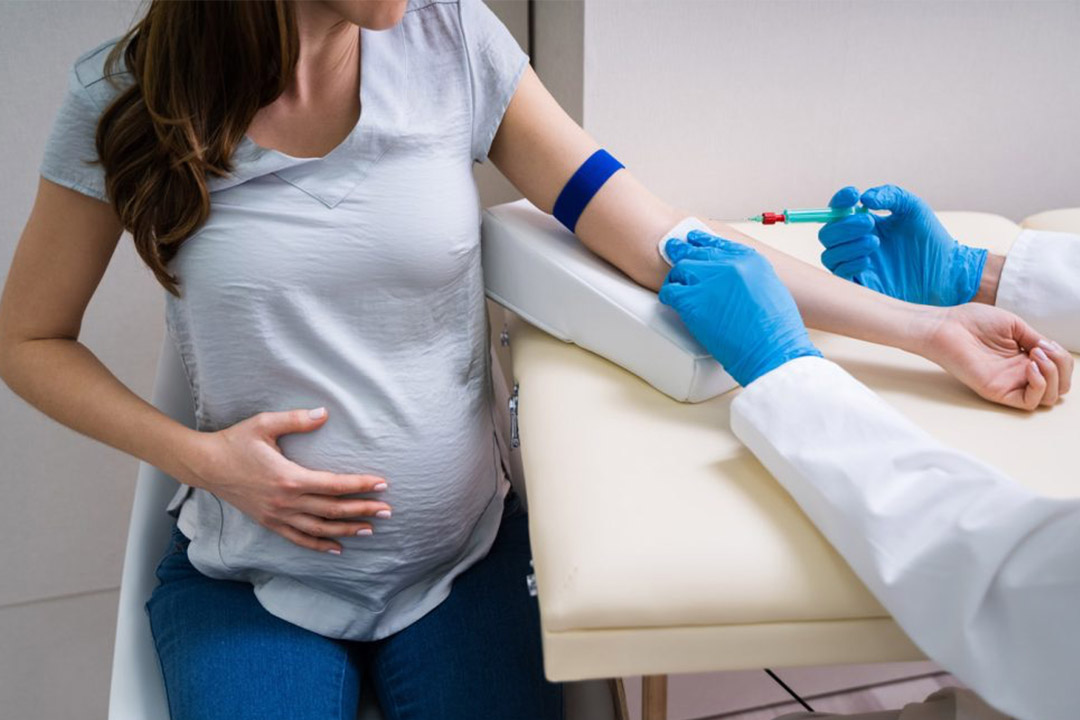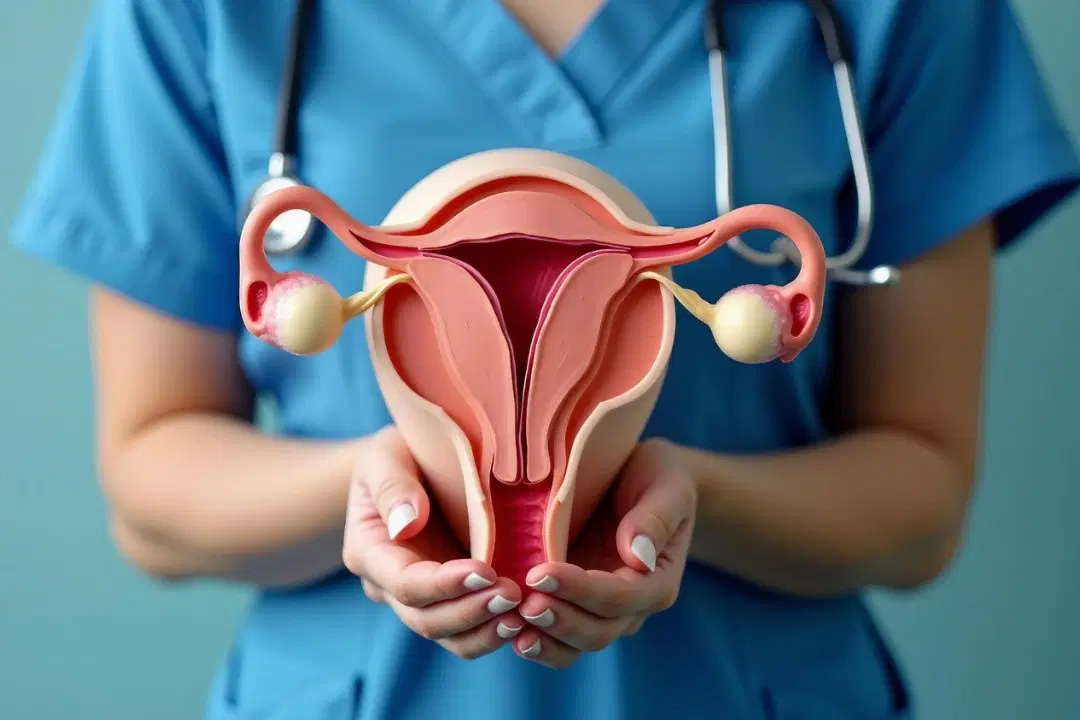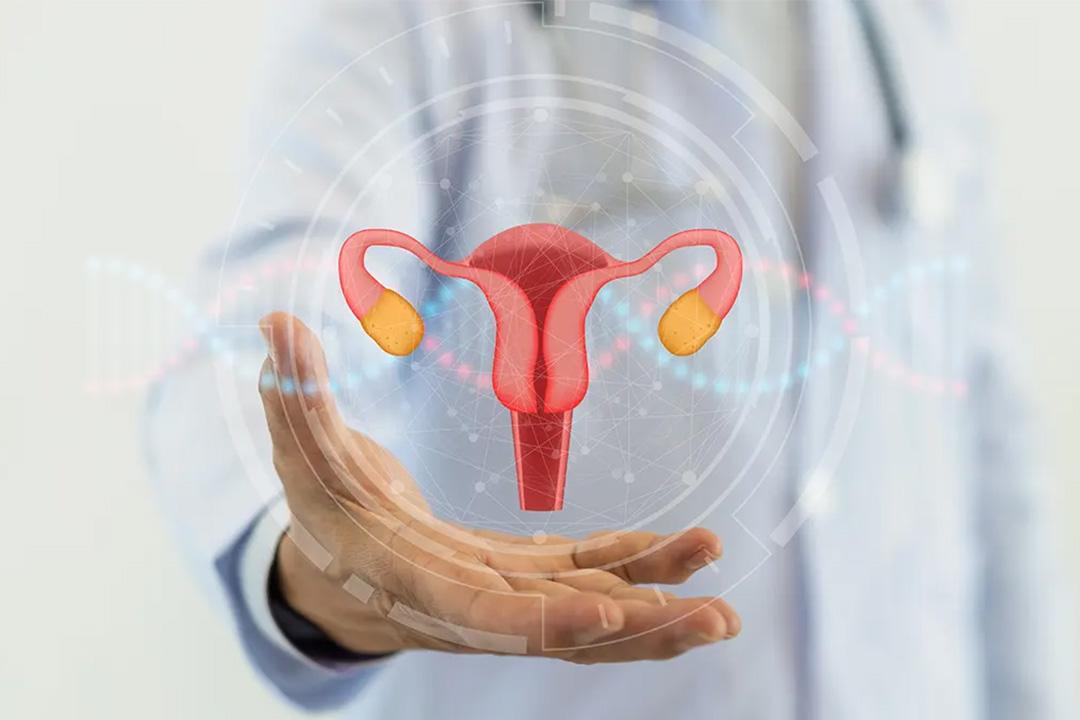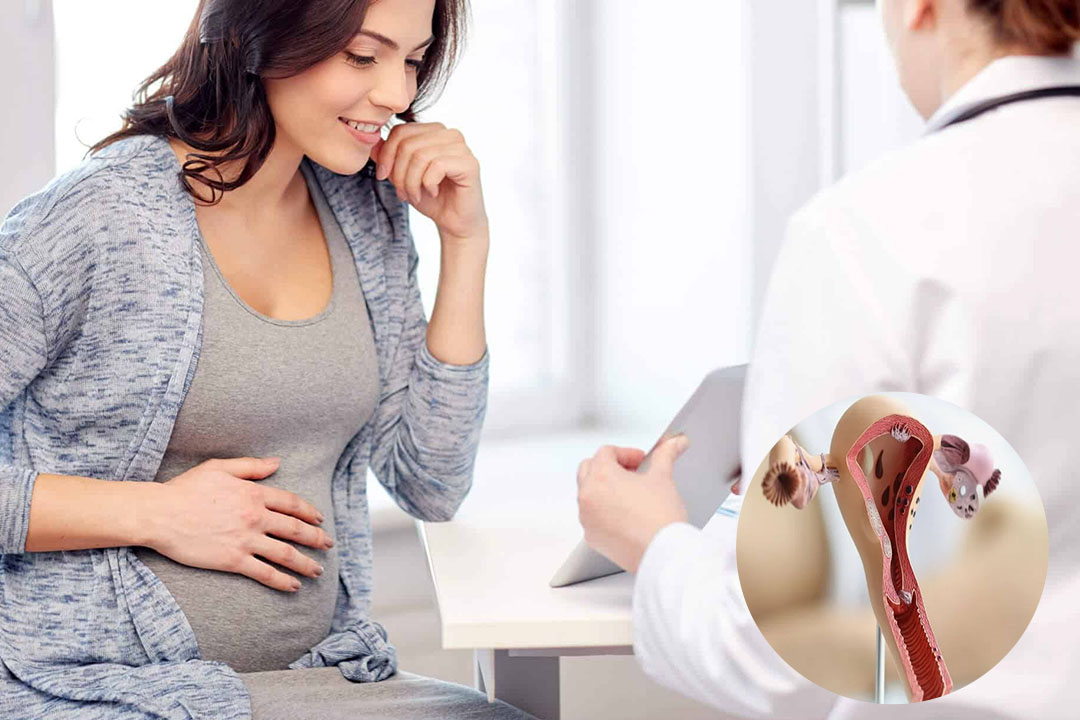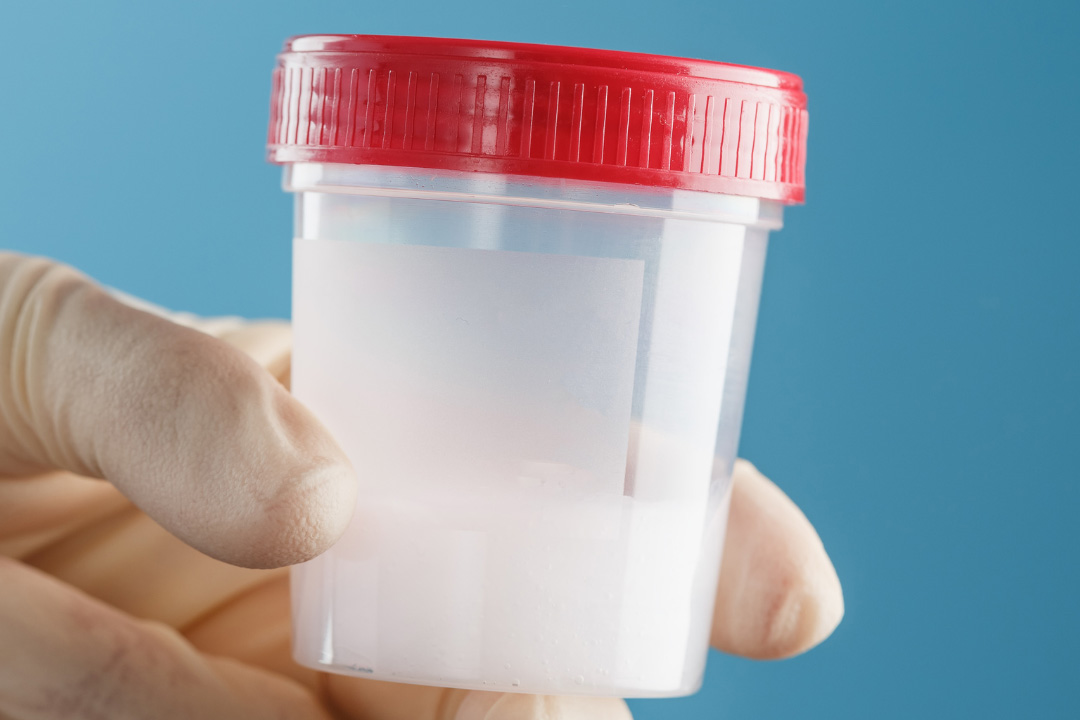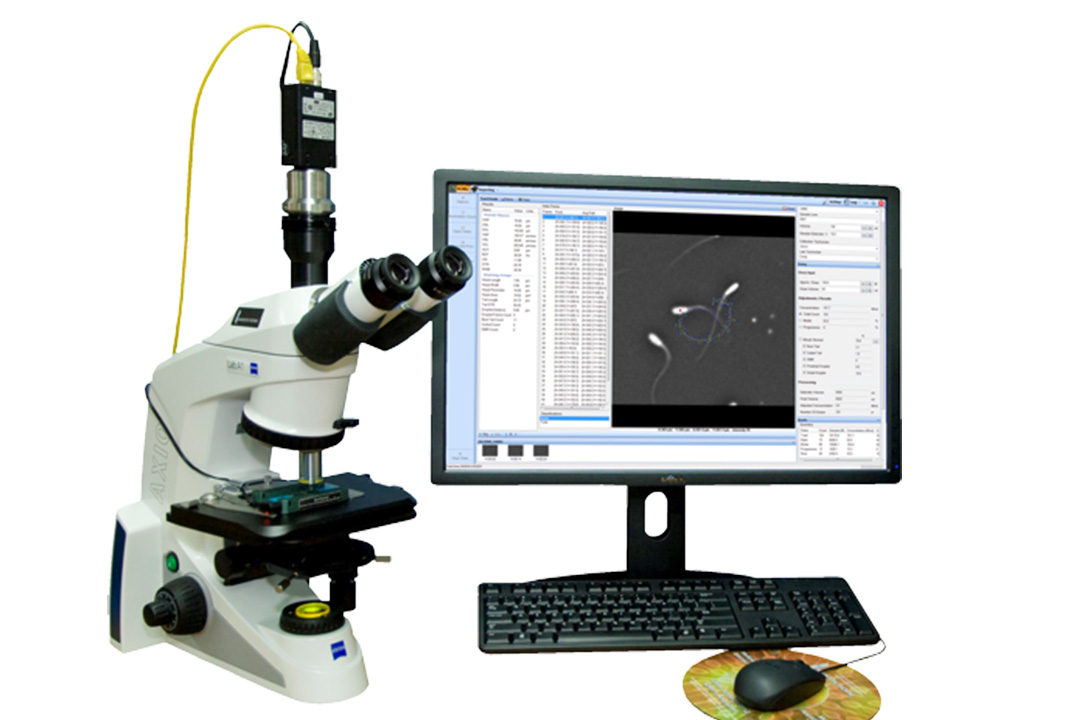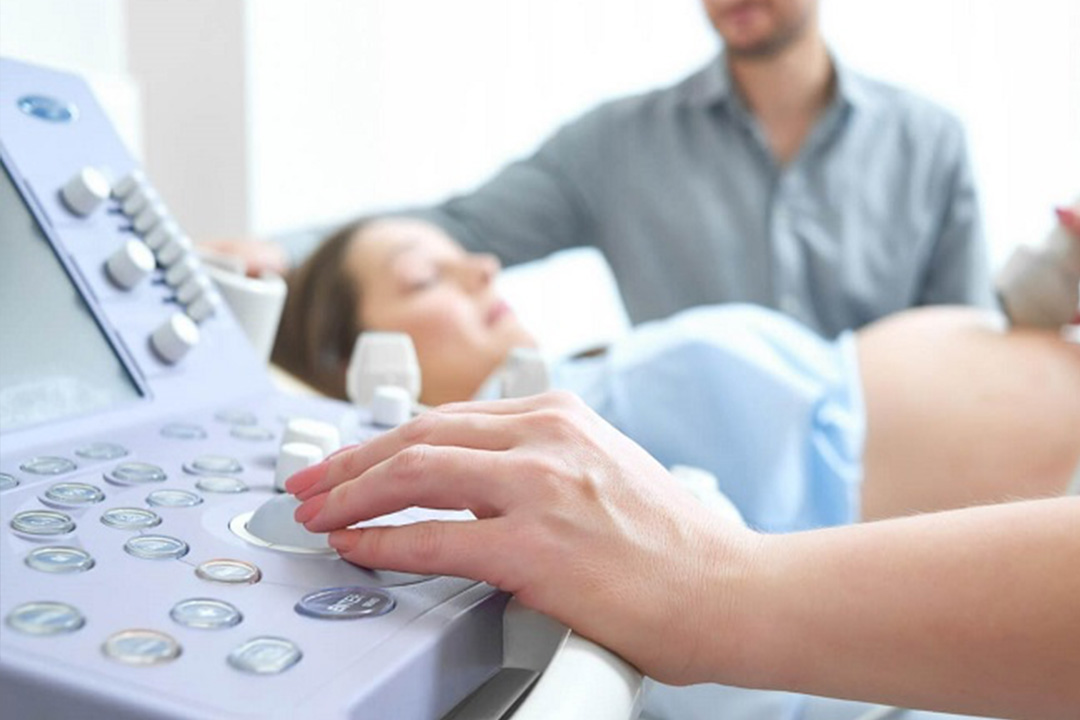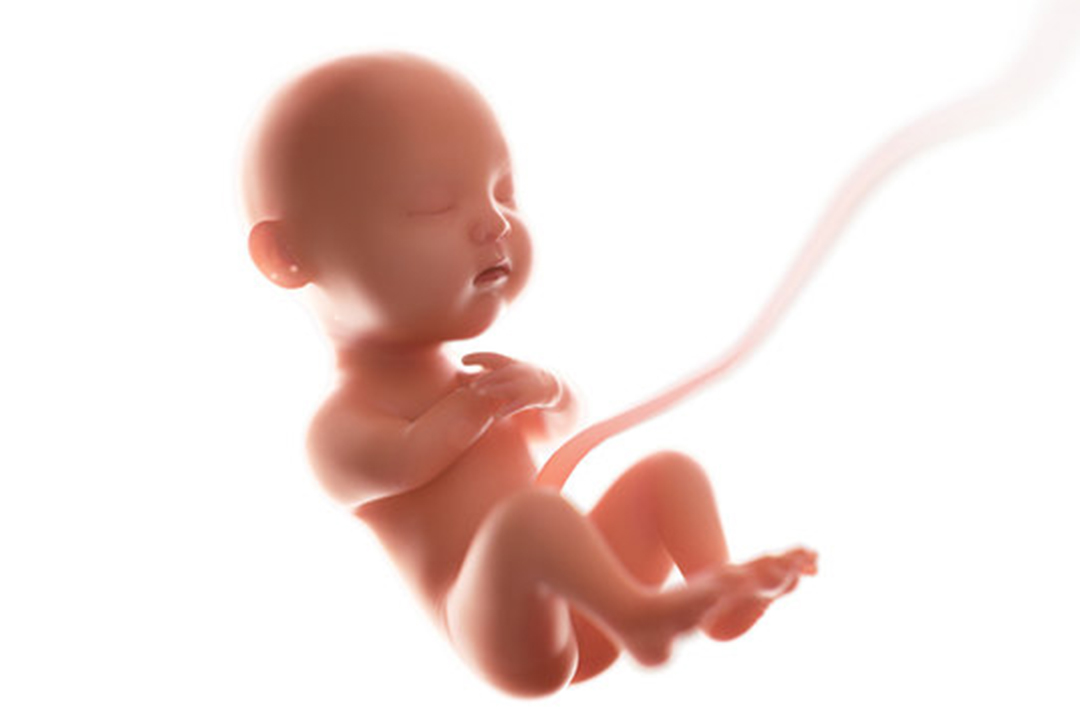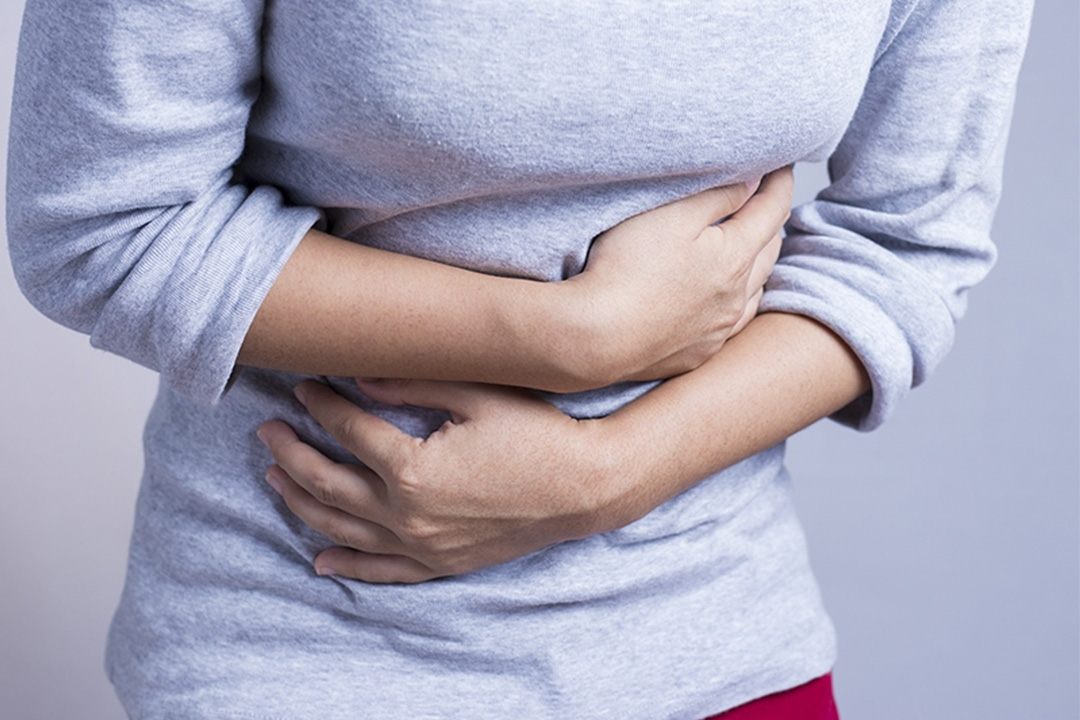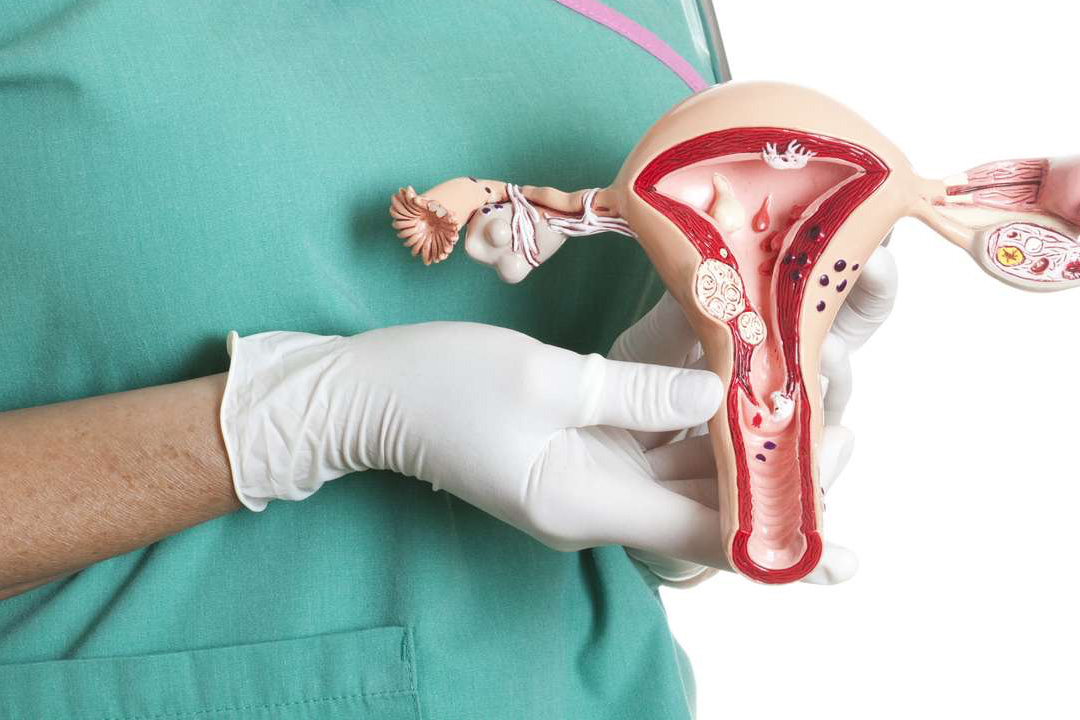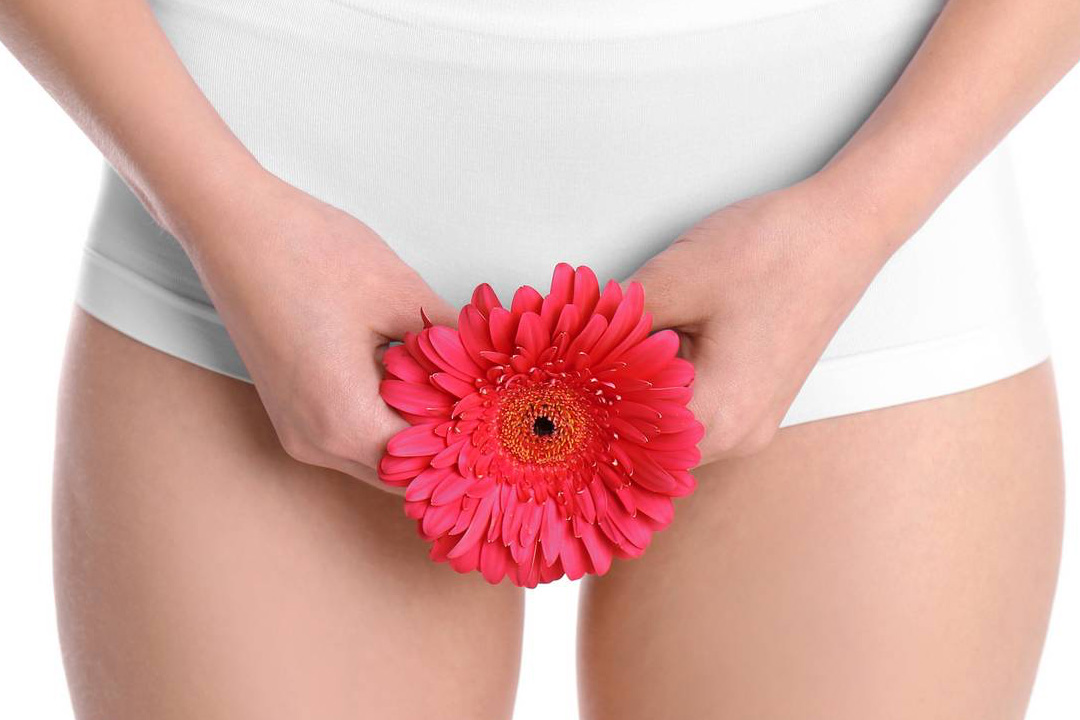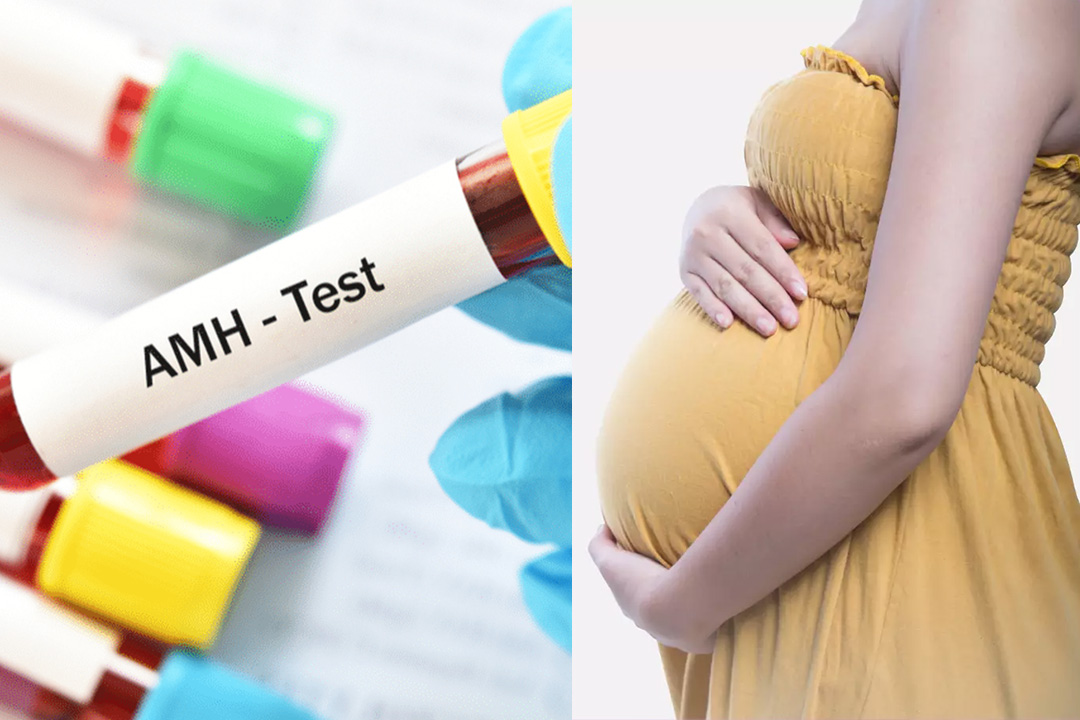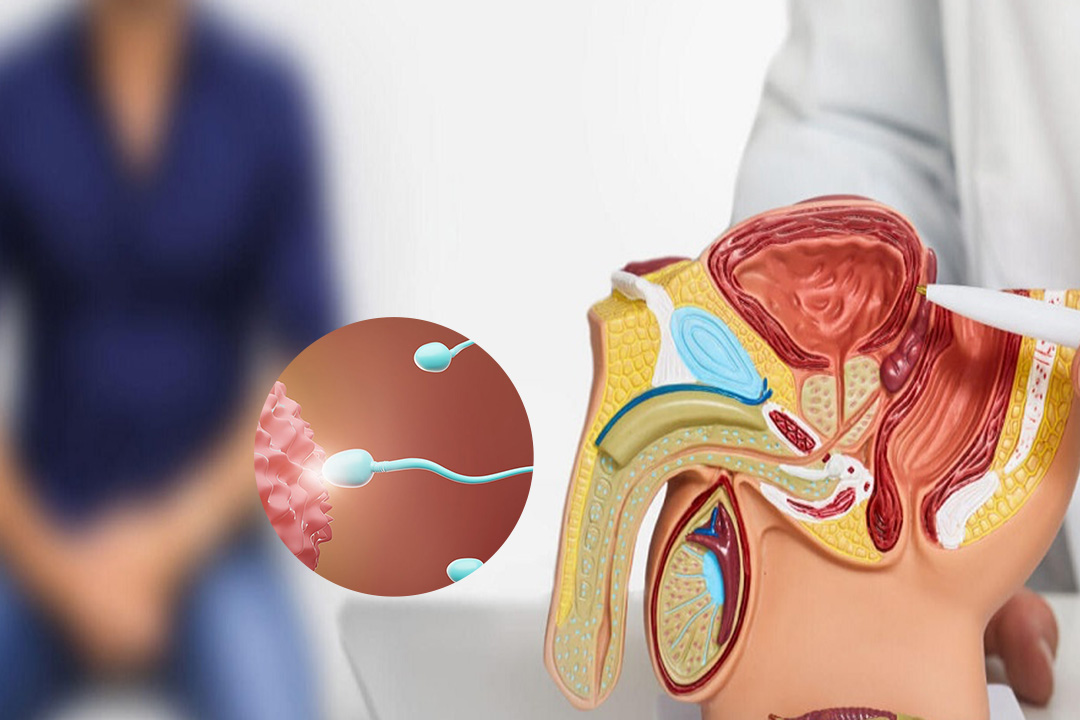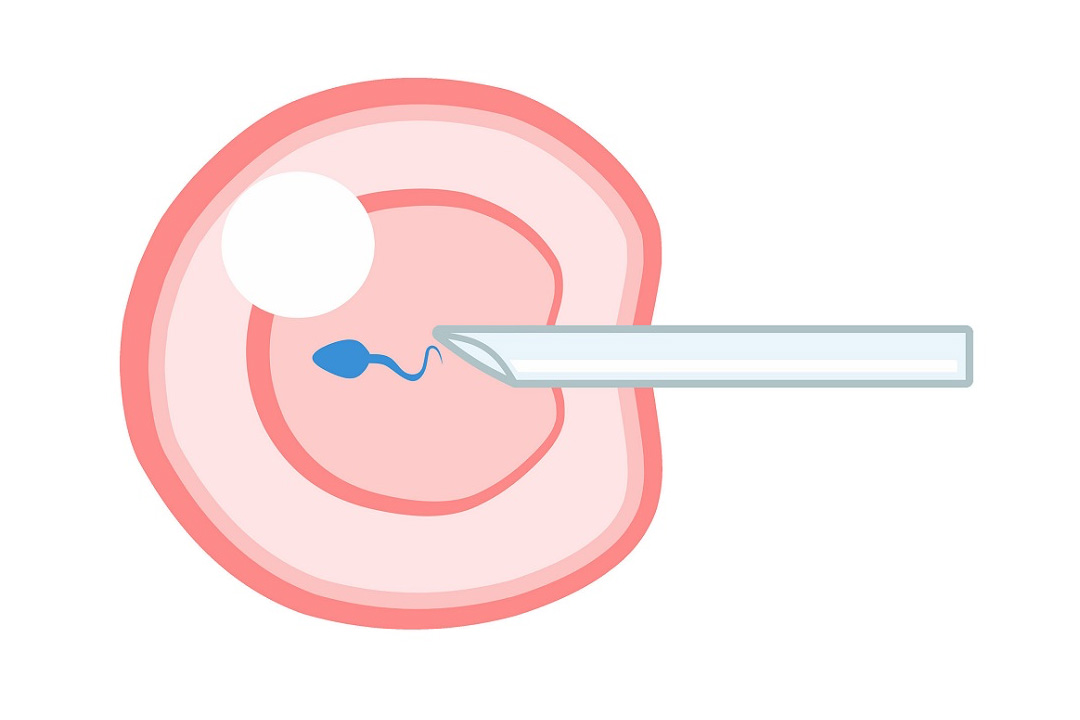Can IVF Be Done After Menopause? Everything You Should Know
Many women wonder if they have a chance at pregnancy after reaching menopause. With the rise of assisted reproductive techniques, questions regarding the possibility of in vitro fertilization (IVF) after menopause have gained more attention.
In this article, we will explore how menopause affects fertility, explain what IVF involves for postmenopausal women, and examine both the benefits and challenges associated with this treatment option.
Menopause and Fertility
Menopause marks the end of a woman’s natural reproductive years. During the reproductive period, the body produces hormones such as estrogen, progesterone, luteinizing hormone (LH), and follicle stimulating hormone (FSH) which regulate the menstrual cycle and ovulation. Ovulation is the process by which the ovaries release a mature egg, making natural conception possible. However, as a woman approaches menopause, her hormone levels gradually change.
The Transition: Perimenopause
Before reaching full menopause, women go through a transitional phase called perimenopause. During this stage, hormone levels begin to fluctuate. Many women experience hot flashes, irregular periods, and other symptoms.
Although fertility declines during perimenopause, conception may still be possible because the ovaries sometimes release an egg. It is important for women to know that while fertility decreases, they are not completely unable to conceive until menopause is officially reached.
Defining Menopause
Menopause is confirmed when a woman has not had a menstrual period for an entire year. At this point, the levels of estrogen and progesterone drop significantly, and the ovaries stop releasing eggs.
Thus, natural conception becomes impossible. However, despite the end of spontaneous ovulation, scientific advances have opened new possibilities through assisted reproductive technologies.
Life After Menopause: Postmenopause
After a full year without periods, a woman enters the postmenopausal stage. During postmenopause, hormone levels are stabilized at lower levels. The absence of ovulation means that the ovaries can no longer produce eggs, making natural pregnancy unattainable. Although this may sound like the end of reproductive potential, modern medical techniques provide alternatives through IVF.
What Is IVF and How Can It Help After Menopause?
In vitro fertilization (IVF) is a widely recognized assisted reproductive technology (ART) that helps in achieving pregnancy. In IVF, eggs and sperm are combined outside the body in a laboratory to create embryos. Once an embryo develops, it is transferred into the uterus with the hope that it will implant and result in a pregnancy.
For postmenopausal women, the challenge is that their ovaries no longer produce viable eggs. However, IVF can still be performed using alternative sources of eggs, typically through two main methods:
- Using Previously Frozen Eggs: Many women choose to freeze their eggs when they are younger, preserving their fertility for later use. These eggs can be thawed and used during IVF after menopause.
- Using Donor Eggs: Another common approach is to use eggs donated by younger women. Donor eggs are fertilized in a laboratory with sperm, and the resulting embryo is transferred into the uterus of the postmenopausal woman.
The Role of Hormone Therapy
Since postmenopausal women no longer produce the hormones necessary for pregnancy, hormone therapy becomes an essential part of the IVF process after menopause. Hormone therapy helps to rejuvenate the uterus and ensures that the endometrial lining is thick enough to support an implanting embryo.
How Hormone Therapy Works
Hormone therapy for IVF generally involves the administration of estrogen and progesterone. Estrogen is used to build the endometrial lining, while progesterone supports the lining and maintains the early stages of pregnancy. The goal is to mimic the hormonal environment of a naturally fertile woman to improve the chances of a successful implantation.
Preparing the Uterus
Before embryo transfer, hormone therapy is applied for several months to rejuvenate the uterus. In some cases, medical treatments can help enlarge a uterus that has shrunk due to low hormone levels.
This preparation is crucial because a healthy endometrial lining increases the likelihood that an embryo will implant and develop into a pregnancy. Once the lining has reached the appropriate thickness and quality, the embryo is transferred into the uterus in the hope that it will thrive.
IVF Procedure for Postmenopausal Women
The IVF process itself for postmenopausal women follows similar steps as it does for younger women, with additional emphasis on hormone preparation. Here is an outline of the steps involved:
Initial Consultation and Evaluation
The journey begins with a consultation with a fertility specialist. The doctor will review your medical history, perform a physical examination, and possibly conduct additional tests to assess your overall health and uterine condition.
Hormone Therapy
Once it is determined that you are a candidate for postmenopausal IVF, you will begin hormone therapy. This typically involves regular injections or oral medications to restore the thickness of your uterine lining. Blood tests and ultrasounds are used to monitor progress.
Egg Donation or Use of Frozen Eggs
If you are using donor eggs, the donor will undergo ovarian stimulation to produce multiple eggs. These eggs are then retrieved from the donor through a minimally invasive procedure. If you have frozen eggs, they will be thawed and prepared for fertilization.
Fertilization
In the laboratory, the eggs are combined with sperm (from your partner or a donor) to create embryos. In some cases, intracytoplasmic sperm injection (ICSI) may be used, where a single sperm is injected directly into an egg to increase the chances of fertilization.
Embryo Transfer
After fertilization, one or more embryos are selected for transfer into your uterus. The selection is based on the embryo’s quality and potential for successful implantation. The transfer procedure is simple and usually requires little to no anesthesia.
Follow-Up and Pregnancy Testing
About two weeks after the embryo transfer, a pregnancy test is conducted to determine whether implantation has been successful. If pregnancy occurs, hormone therapy may continue to support early fetal development.
Benefits of IVF After Menopause
Many women choose to pursue IVF after menopause for various reasons. Although there are challenges associated with the process, there are also significant benefits:
Expanding Reproductive Choices
One of the major advantages of IVF after menopause is that it allows women who have already completed their natural reproductive years to experience pregnancy. With the help of donor or previously frozen eggs, the possibility of pregnancy is not strictly limited by natural ovulation. This expansion of reproductive choices is empowering for many women who decide to pursue motherhood later in life.
Advanced Medical Technology
Modern IVF techniques have improved significantly over the years. These improvements have made it possible for postmenopausal women to achieve successful pregnancies, even though they face higher medical risks compared to younger women.
Challenges and Risks Associated with IVF After Menopause
While IVF after menopause is a viable option, it is important to be aware of the challenges and risks involved. These include both medical risks and lifestyle considerations.
Increased Health Risks;
Pregnancy after menopause tends to carry higher health risks. The chances of complications such as gestational diabetes, high blood pressure, and preeclampsia are higher. As a result, postmenopausal pregnancies require careful monitoring by healthcare professionals.Multiple Pregnancies;
IVF can sometimes result in multiple pregnancies, which are riskier for both the mother and the babies. Multiple gestations can lead to early delivery and low birth weights. Fertility specialists usually discuss the number of embryos to transfer to minimize these risks.Uterine Health;
A uterus that has not been exposed to normal hormone levels for an extended period may require extensive preparation. Even with hormone therapy, there is a chance that the uterine environment may not be as receptive as that of a younger woman.Pre Existing Conditions;
Women who have reached menopause are often older and may have preexisting health conditions like heart disease, diabetes, or high blood pressure. These conditions can complicate pregnancy and require careful management throughout the IVF process.
Success Rates of IVF After Menopause
Success rates of IVF after menopause are typically lower compared to those in younger women. Several factors contribute to these lower rates:
- Egg Quality
In postmenopausal IVF, donor eggs or previously frozen eggs are often used. The quality of these eggs is critical to the success of the procedure. Donor eggs from young, healthy individuals generally offer higher success rates. - Uterine Receptivity
Despite hormonal preparation, the uterine environment in postmenopausal women may not be as ideal as in younger women. Even small differences in endometrial thickness or quality can impact implantation success. - Overall Health
A woman’s general health plays a significant role in IVF outcomes. Age-related factors and preexisting health conditions can reduce the likelihood of a successful pregnancy.
Conclusion
In summary, while natural pregnancy is not possible after menopause due to the cessation of ovulation and significant hormonal changes, IVF offers a viable path for women who wish to conceive postmenopause. The process involves using donor or previously frozen eggs along with comprehensive hormone therapy to prepare the uterus for embryo implantation.
IVF after menopause is not without challenges. Success depends on multiple factors including the quality of the eggs, the readiness of the uterine lining, the overall health of the woman, and the expertise of the fertility clinic. With advanced medical technology and careful preparation, many women have successfully achieved pregnancy later in life.
About Us
AKsigen IVF is a premier center for advanced fertility treatments, with renowned fertility experts on our team. Specializing in IVF, ICSI, egg freezing, and other cutting-edge reproductive technologies, AKsigen IVF is committed to helping couples achieve their dream of parenthood. With personalized care and a patient-first approach, AKsigen IVF provides comprehensive fertility solutions under one roof.





